For us humans, the flow and flush of waters sustain our own bodies, but also connect them to other bodies, to other worlds beyond our human selves. (Astrida Neimanis)

AXECIDYR , resulted by a dialogue between Diogo da Cruz and Fallon Mayanja, proposes a science-fiction narrative, that interweaves fragments of the afrofuturist legend of the so-called Drexciya civilisation together with concerns around the possible consequences of deep-sea mining.
In our research we have been exploring the power of mythology and its potential in re-activating and reinventing histories and geographical spaces. Although scientific progress has made major areas of planet Earth graspable to humankind, parts of our planet still remain entirely mysterious and unknown. The environment of the deep-sea in particular, likely where life on Earth has its origins, is yet an uncharted territory hosting uncanny life forms. These endless bodies of water, we believe, are pertinent places for the construction of contemporary myths – they are projection surfaces for imagination and socio-political criticism, opaque spaces of speculation and remembrance.
Drexciya is an electronic music duo from Detroit, which build an afrofuturistic nautical myth with their album from 1997 ‘The Quest’:
Could it be possible for humans to breath underwater? A foetus in its mothers womb is certainly alive in an aquatic environment.
During the greatest holocaust the world has ever known, pregnant America-bound African slaves were thrown overboard by the thousands during labour for being sick and disruptive cargo. Is it possible that they could have given birth at sea to babies that never needed air? (…)
Are Drexciyans water breathing, aquatically mutated descendants of those unfortunate victims of human greed? (…)
Do they walk among us? Are they more advanced than us and why do they make their strange music?
(Drexciya)

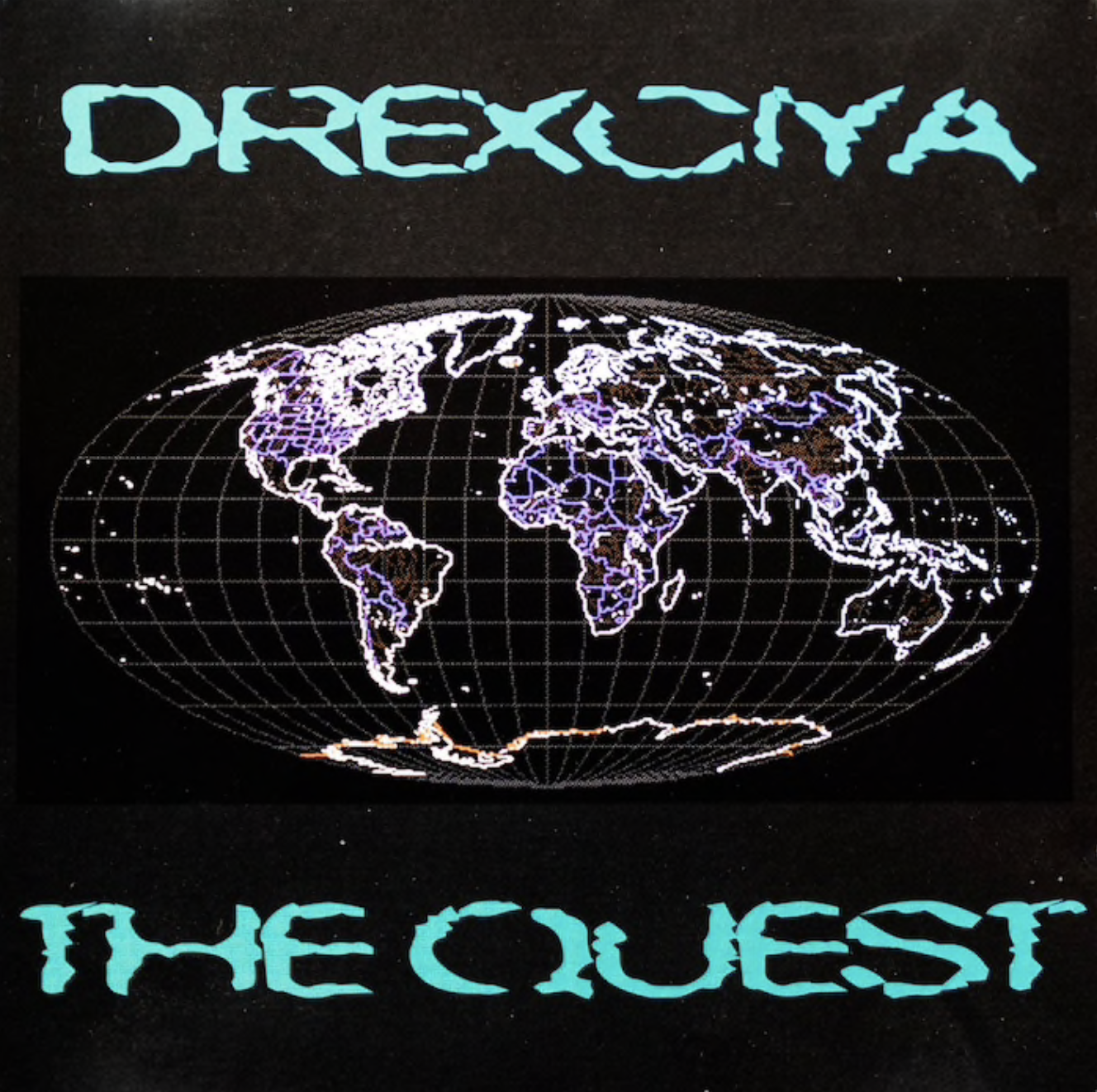
September 2020 to January 2021 - Munich DE Research
- proposal on historical references/ visit to archives
- Collection of visual and sculptural references
- musical and visual designs
- Contact with possible performers/collaborators
March-September 2021 - Munich
- collaborative writing process
- Producing a sound pieces
- Recording session with the performers
- further sculptural studies
June 2021 - Porto PT
- no entulho - Production residency of sculptural works at ArtWorks (Ecosteel group)
Summer 2021 - first 1 week stay in the Azores PT
- visit to Walk&Talk Festival
- Field research on the island of Sao Miguel
- Visits to local museums and archives
September 2021 - Forum Arte Braga PT
- First exhibition of sculpture work and the film “Hydrophilic Bounds”
Spring 2022 - Sao Miguel Island
- Trip with the team for the shooting in the Azores
- Organisation of the final presentation of the project
Spring 2022 - Munich DE/ Lisbon PT
- Post-Production of the film
July 2022 - Island of Sao Miguel PT
- Presentation of the project at Walk&Talk Azores
Autumn 2022
- Presentation of the project somewhere else (maybe Munich)
- proposal on historical references/ visit to archives
- Collection of visual and sculptural references
- musical and visual designs
- Contact with possible performers/collaborators
March-September 2021 - Munich
- collaborative writing process
- Producing a sound pieces
- Recording session with the performers
- further sculptural studies
June 2021 - Porto PT
- no entulho - Production residency of sculptural works at ArtWorks (Ecosteel group)
Summer 2021 - first 1 week stay in the Azores PT
- visit to Walk&Talk Festival
- Field research on the island of Sao Miguel
- Visits to local museums and archives
September 2021 - Forum Arte Braga PT
- First exhibition of sculpture work and the film “Hydrophilic Bounds”
Spring 2022 - Sao Miguel Island
- Trip with the team for the shooting in the Azores
- Organisation of the final presentation of the project
Spring 2022 - Munich DE/ Lisbon PT
- Post-Production of the film
July 2022 - Island of Sao Miguel PT
- Presentation of the project at Walk&Talk Azores
Autumn 2022
- Presentation of the project somewhere else (maybe Munich)
The project AXECIDYR (an anagram of Drexciya) is a reformulation, an answer or a possible continuation of the underwater Drexciyan myth. It will narrate the encounter of humans with the mutant civilization, descendants of enslaved people, during an operation of extraction of ores and minerals in the deep-sea. Referring to nautical tales and legends, this story will reflect on the ecological impact of humans on the sea and their physical invasion of waters – where life once began and where it often ends. Holding onto concepts introduced by Astrida Neimanis, the project proposes to open questions around the ocean as decentralised memory, the human body holding and sustaining water, and the hydro-commons as a drift into new ways of ‘caring’.
~~~~~~~~~~~~
looking up from underneath, 2021
at Forum Arte Braga, Portugal
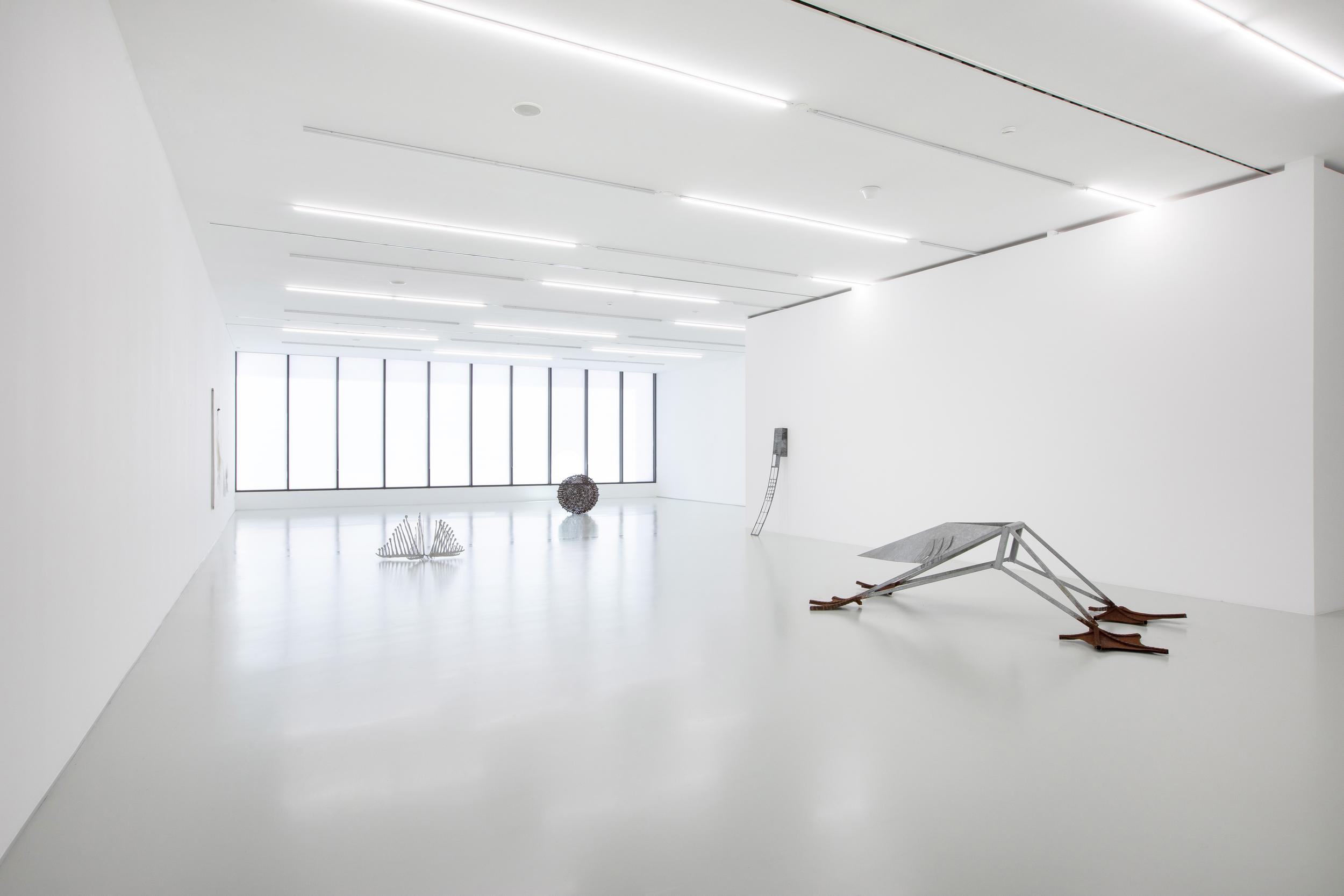


Inasmuch as human beings seek answers for the unsolved questions of their lives deep within themselves, where only water can hold them, the Ocean depths hold all the misplaced and unresolved aspects of our civilisation’s colonial past atrocities. Going deep is a speculative action — both literally and metaphorically. Through his artistic research and practice, da Cruz shows us how depth and water are so intrinsically, biologically, historically, and economically connected within our body, the ocean that separates and connects our different geographies, and the financial capitalistic interest represented by that underwater mining.
Diogo da Cruz investigates this decentralised memory, lying deep in the waters that make up the oceans and our human bodies, inverting our vertical perspective — from the top to the bottom. Drifting, he explores new ways of thinking about life across physical, chronological, and geographical boundaries. By daring to imagine new connections between water and depth, he reflects on and suggests new forms of caring for the waters in our bodies and in the oceans, picturing them as vast mnemonic devices that remember who we were, who we are, and who we will be, both as individuals and as a community.
Irene Campolmi
The exhibition at Forum Arte Braga features objects developed by Diogo da Cruz during the month of June 2021 at the UmbigoLAB @ ArtWorks residence, in Póvoa de Varzim. The video work “Hydrophilic bounds” is the result of a collaboration with Fallon Mayanja, starring Florine Zegers and Lea Vajda.
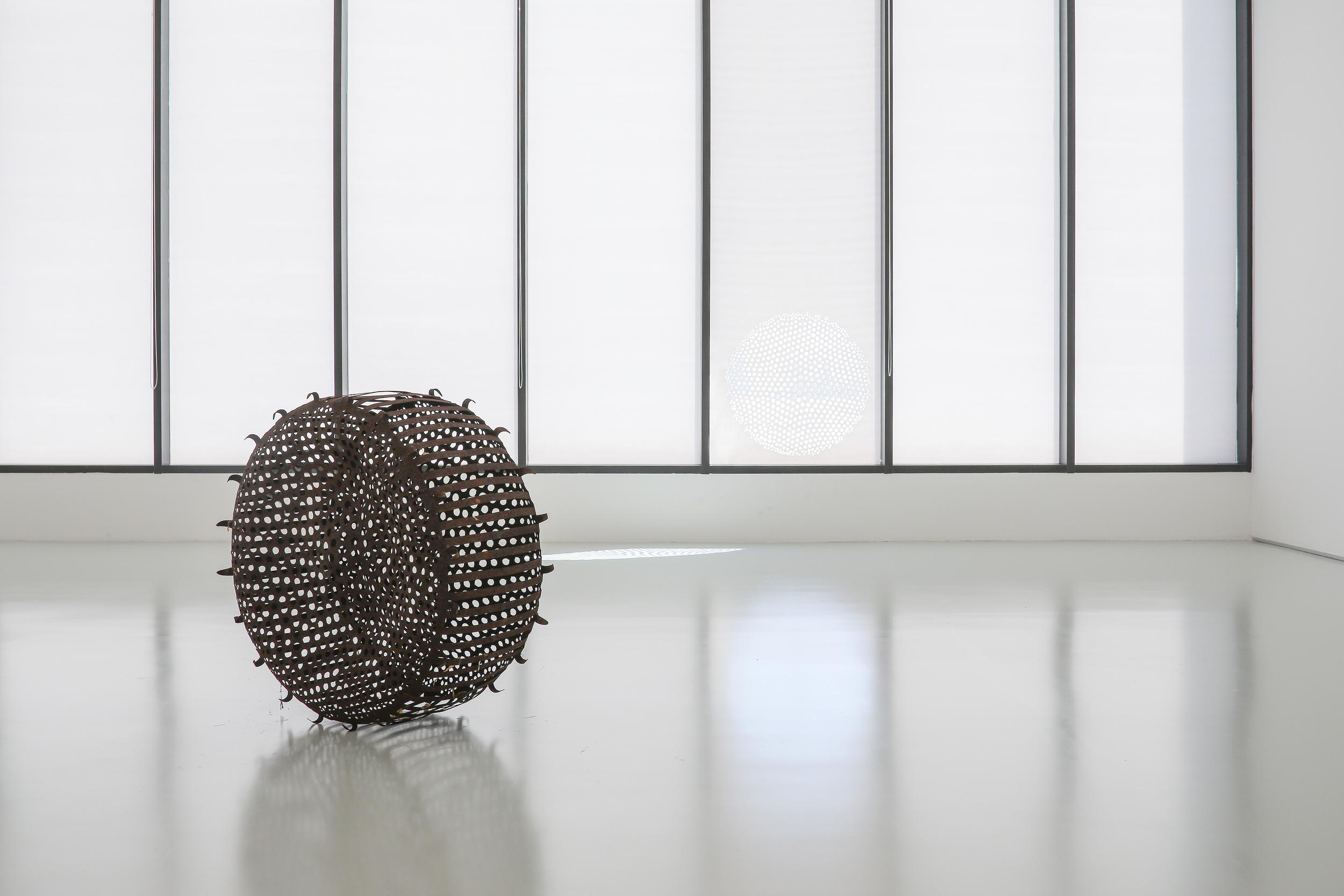
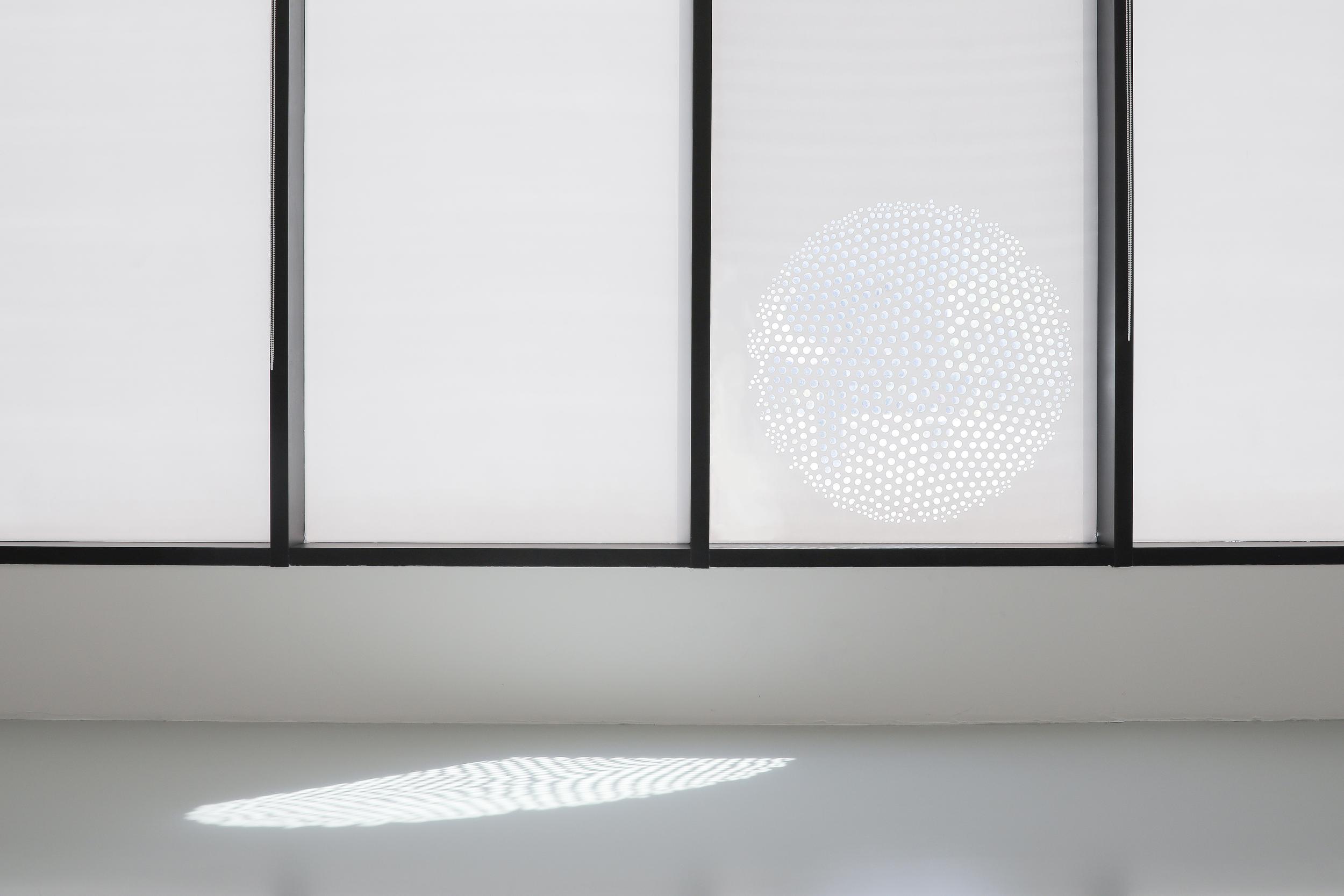

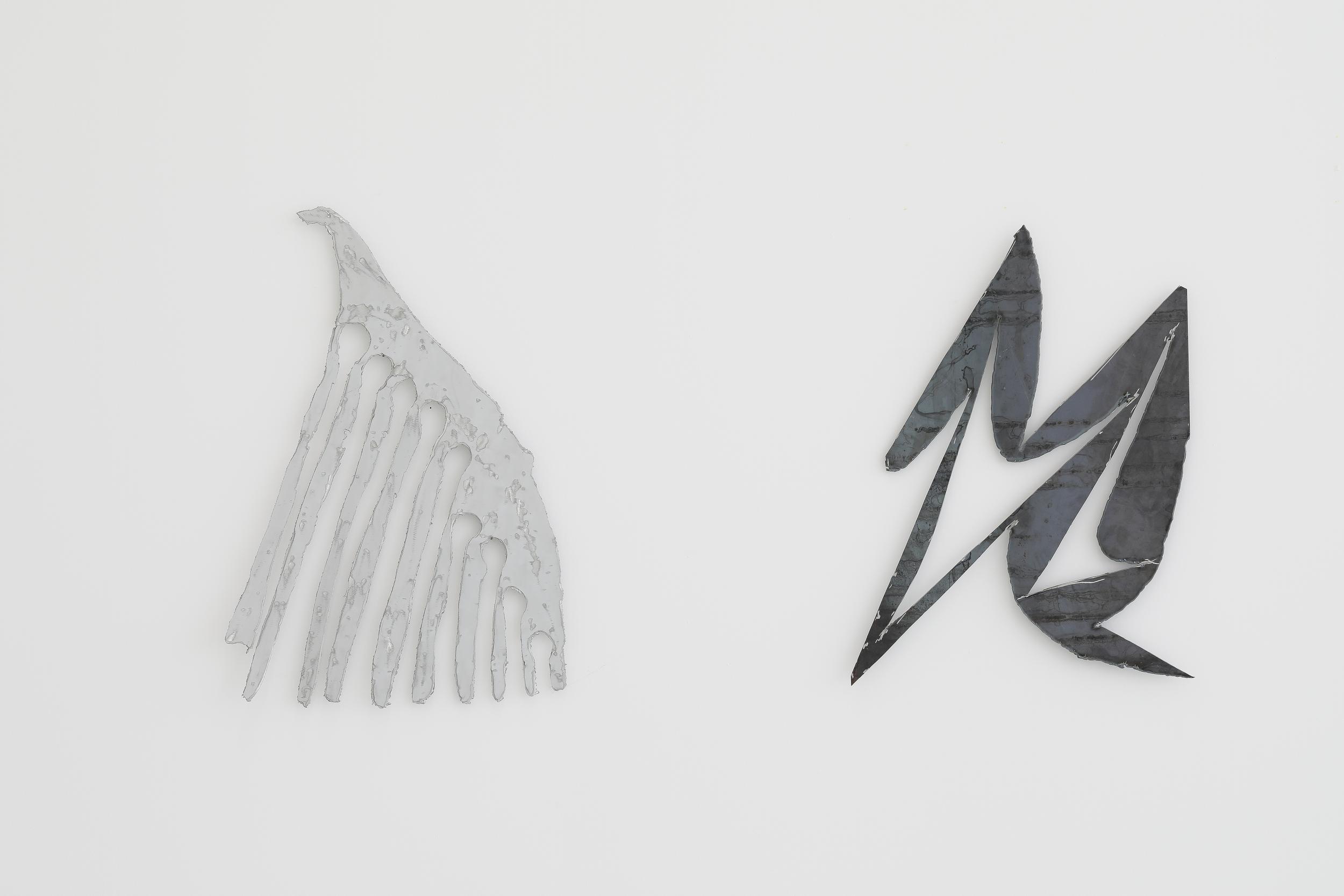
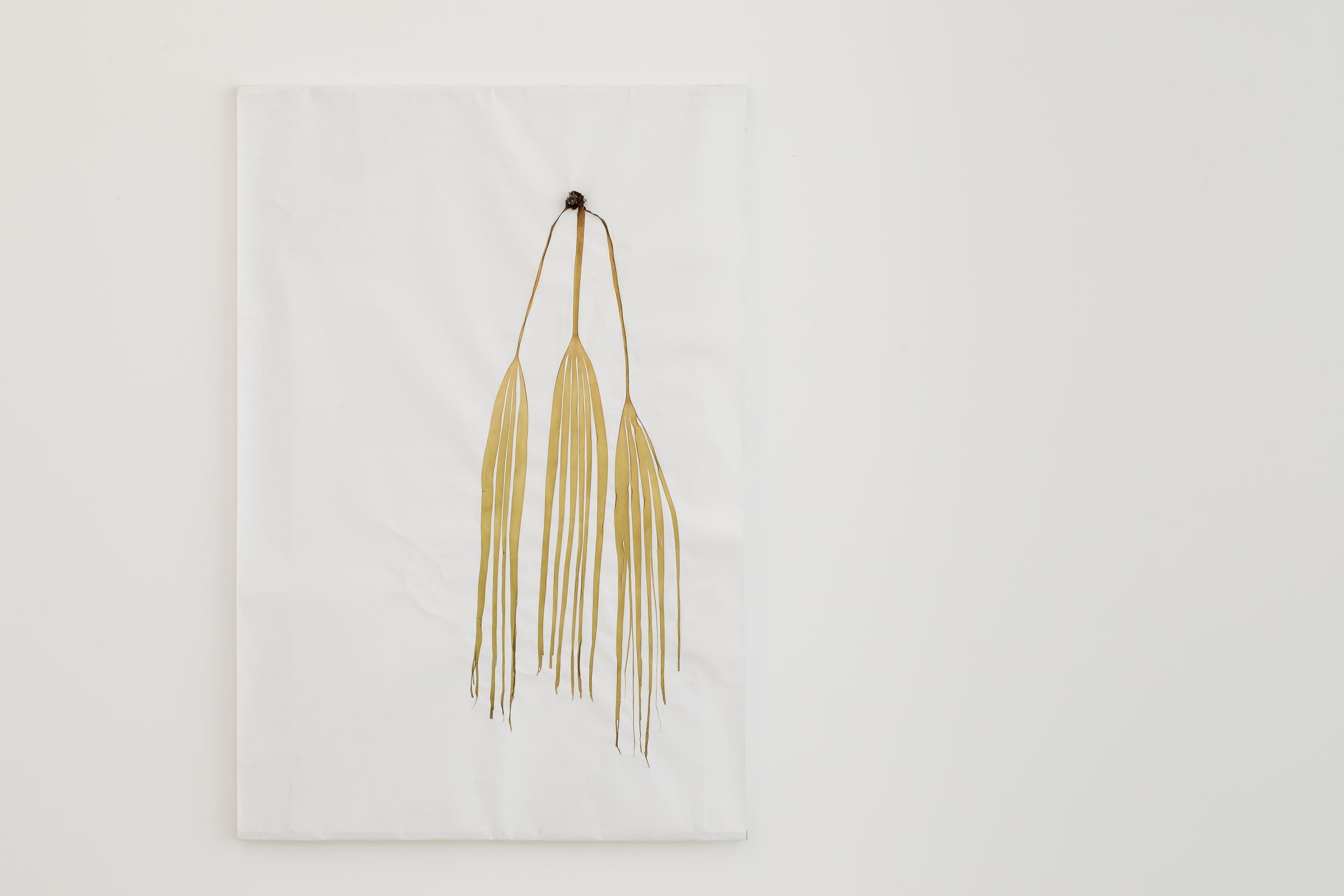
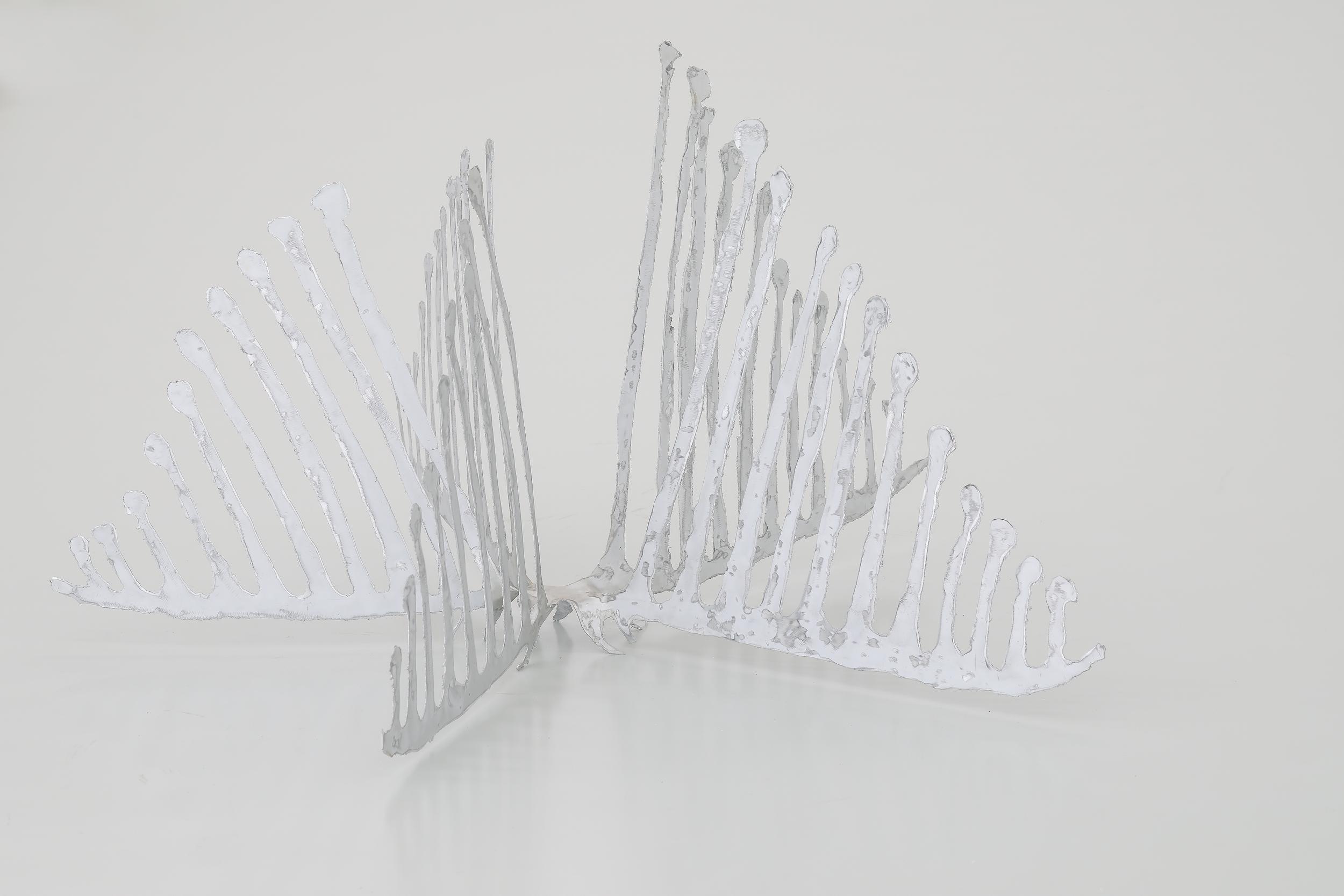
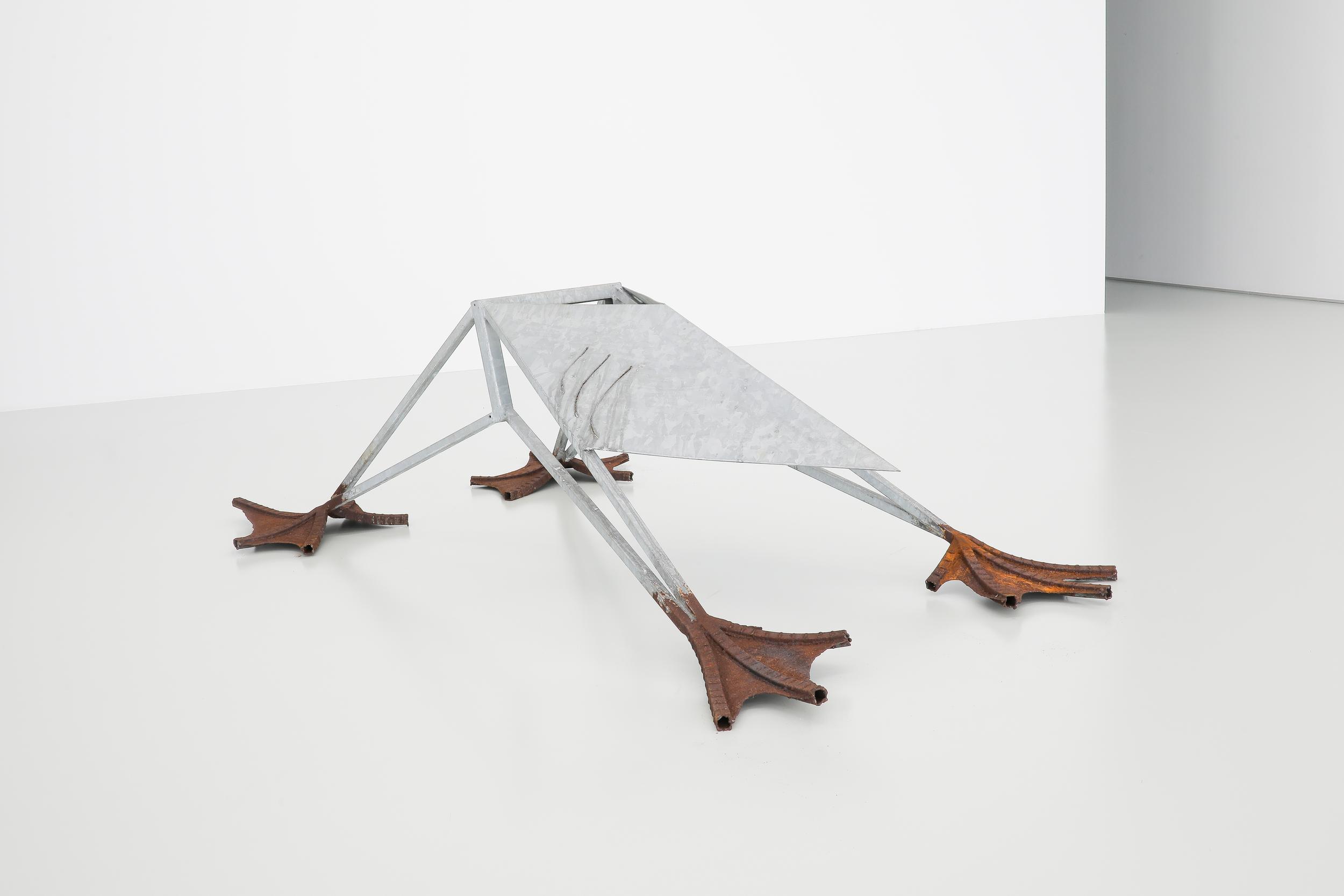
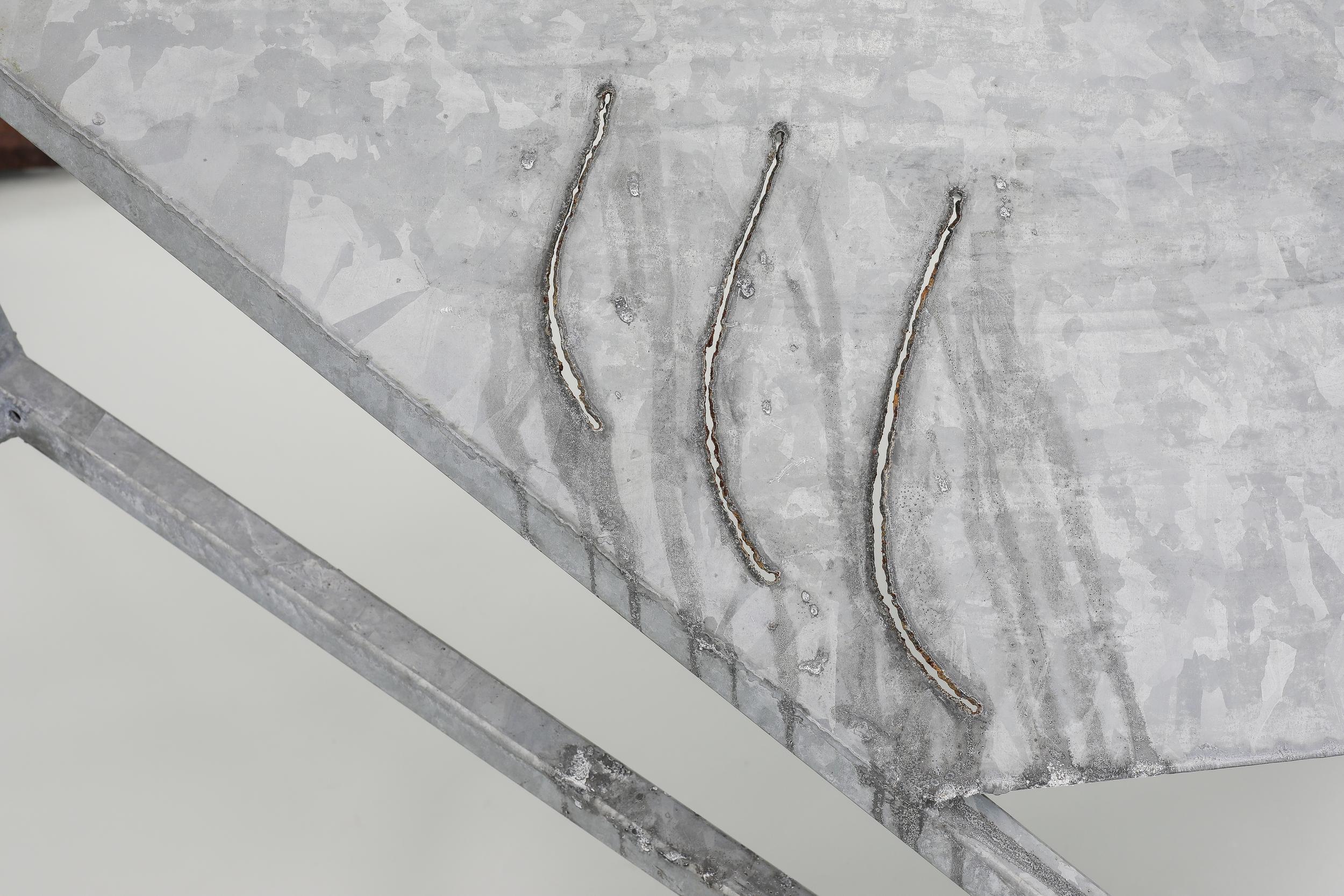
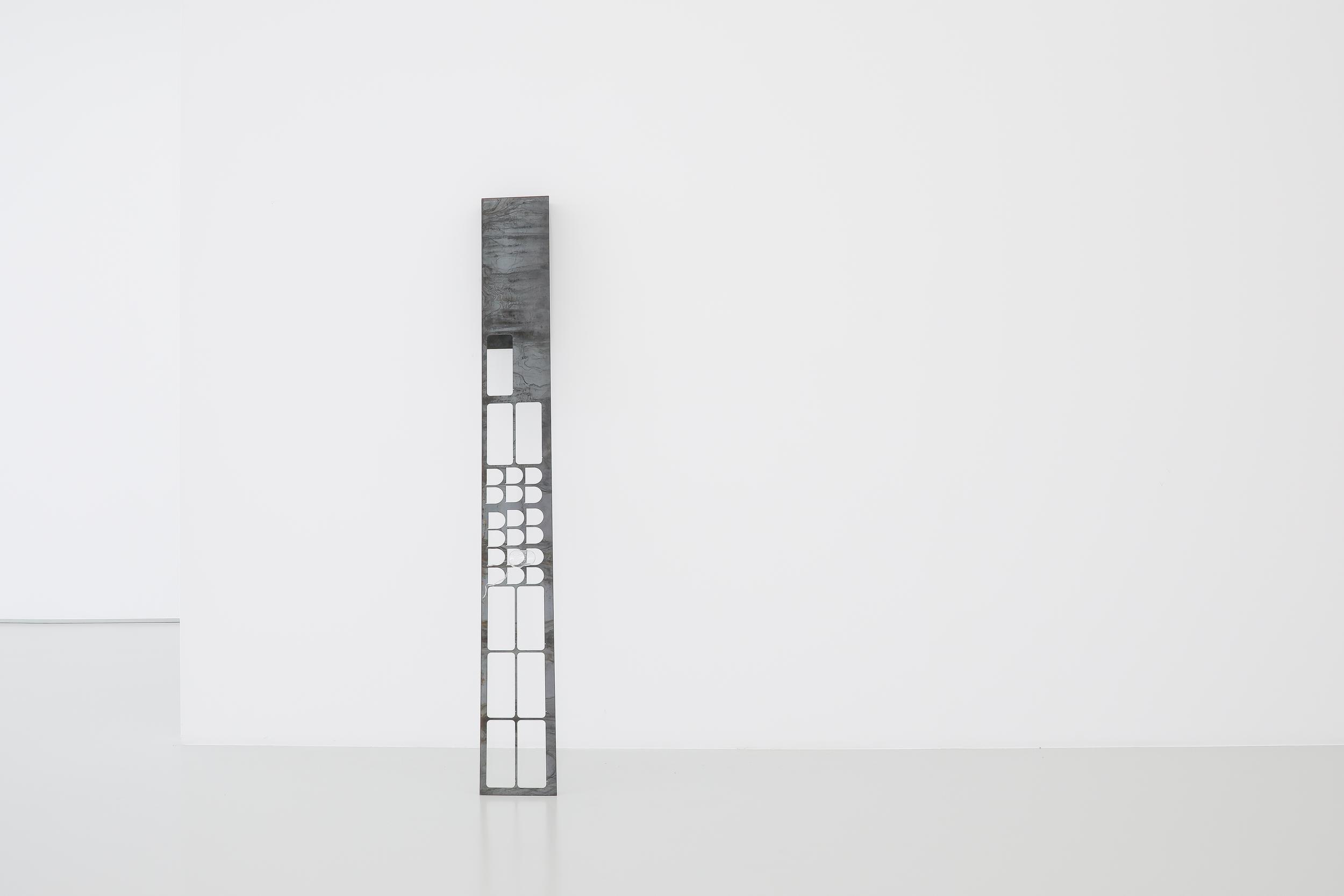
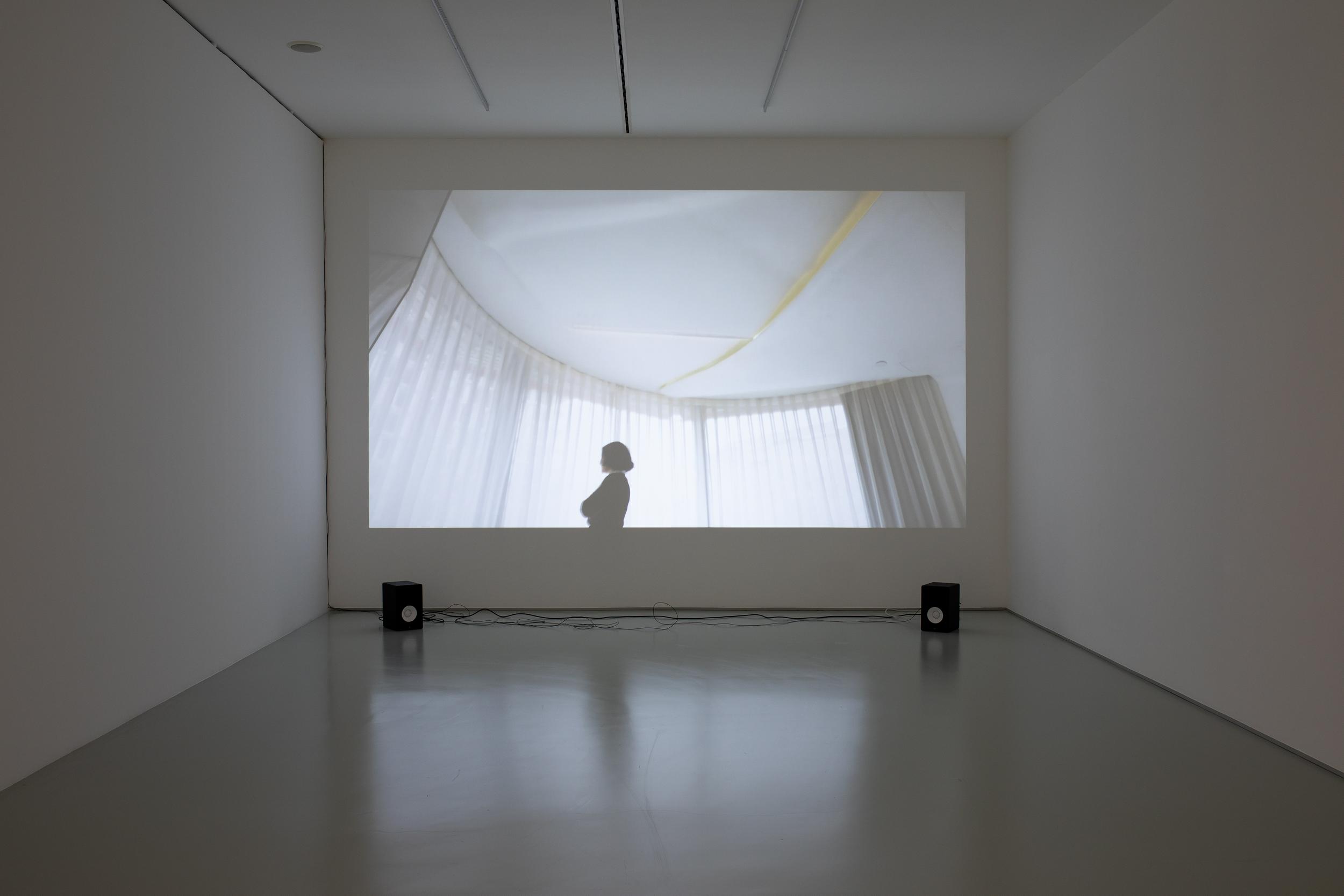
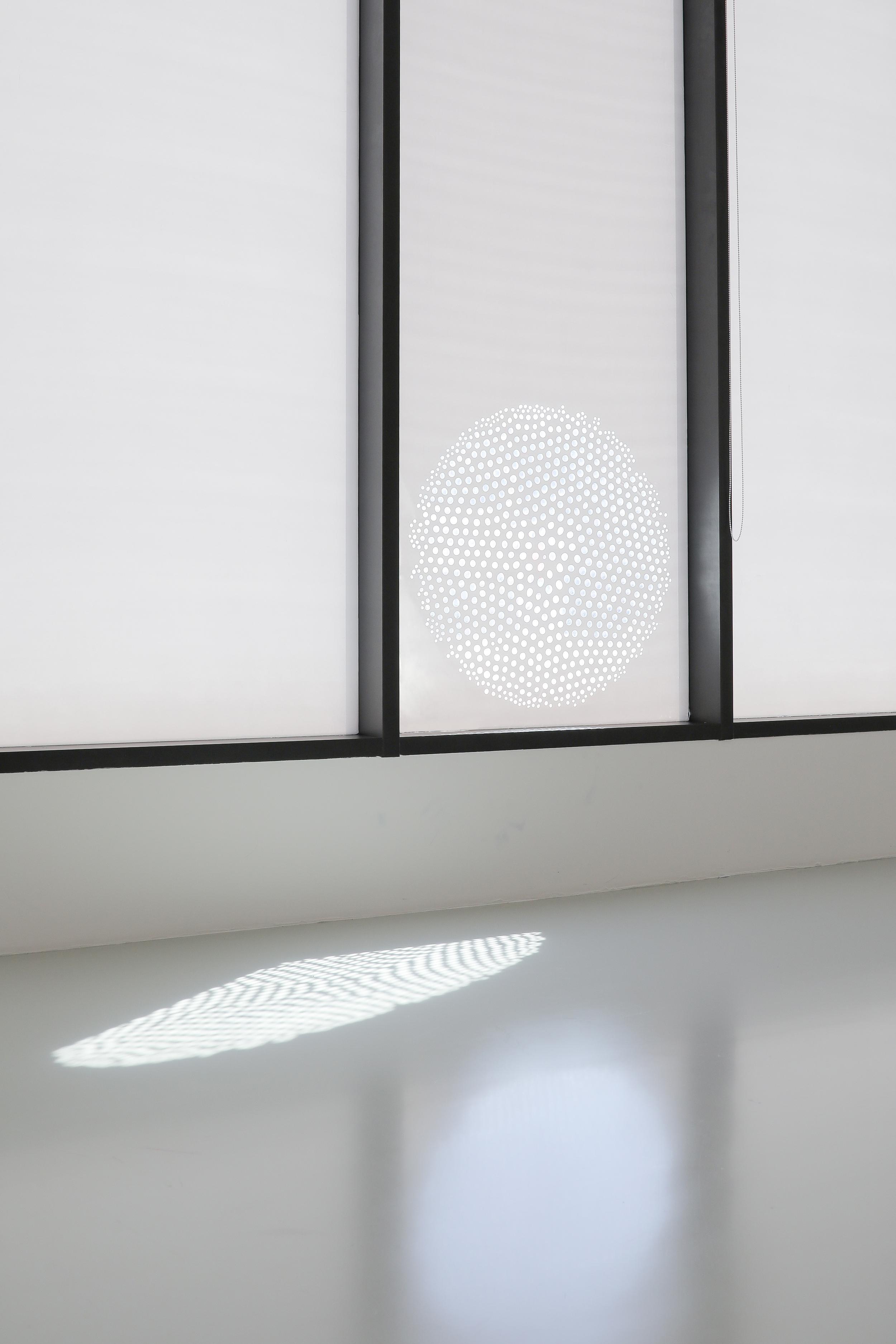
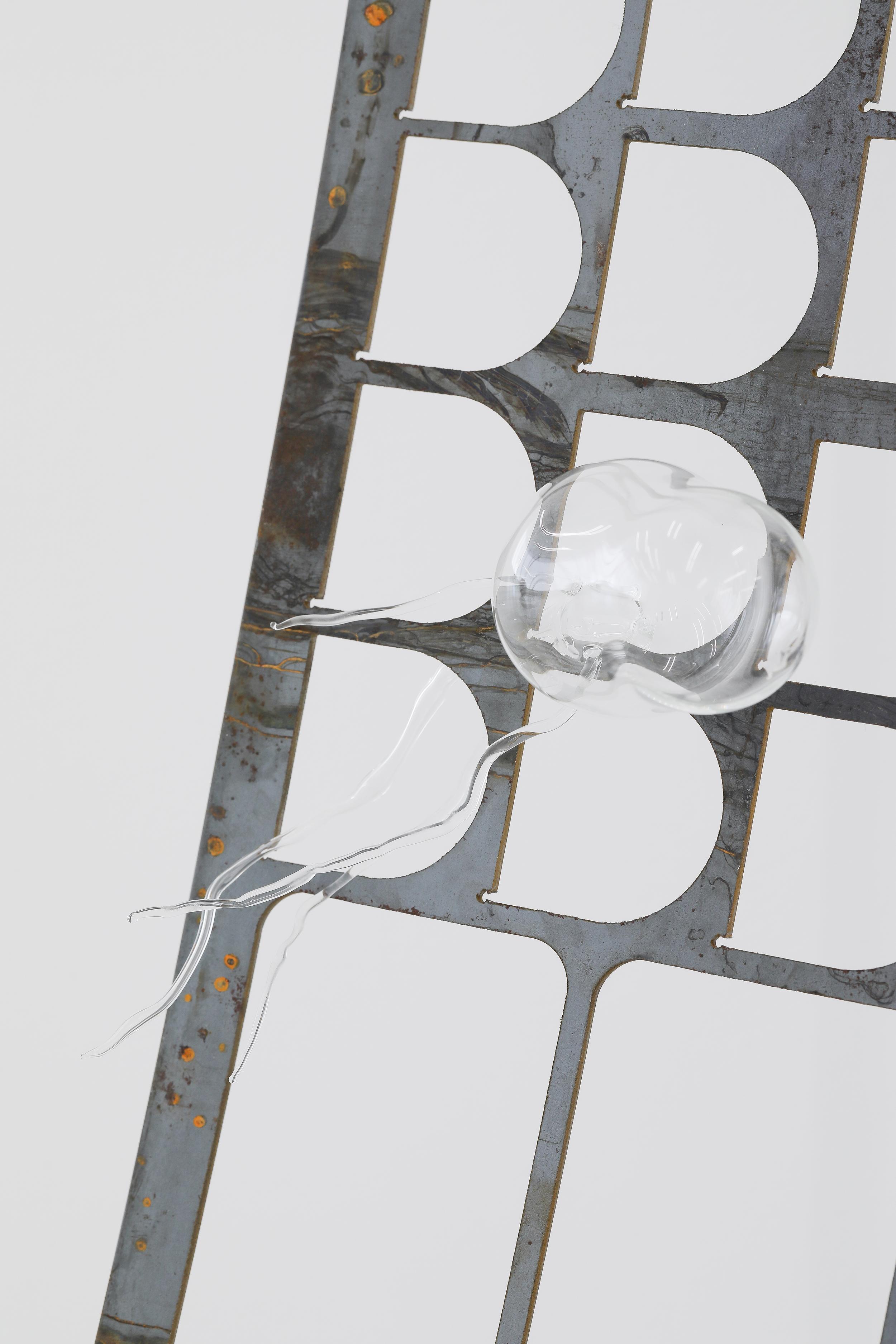
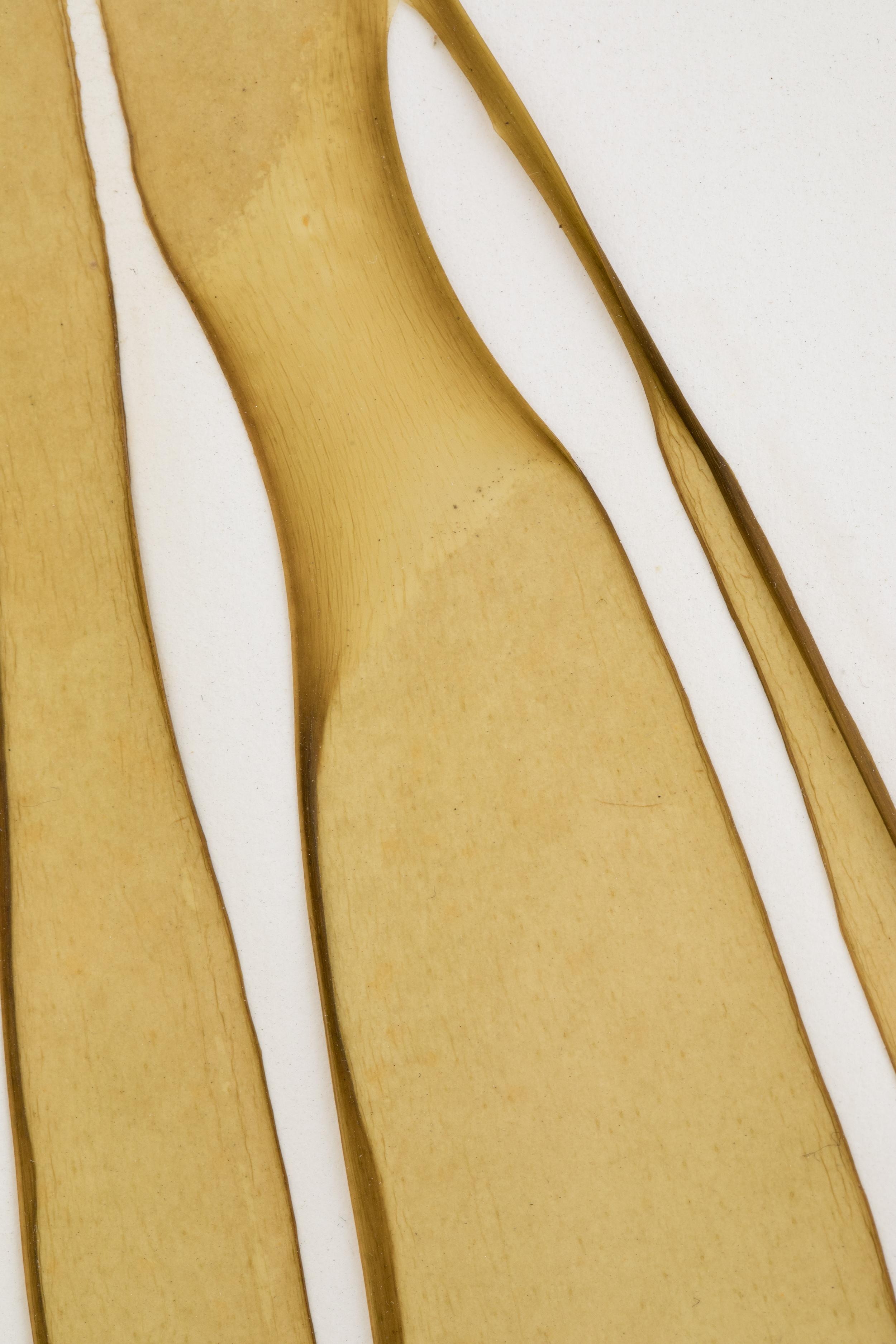
photos by Adriano Ferreira Borges
Hydrophilic bounds
An unknown underwater civilisation is limiting the quantity of oxygen produced by the sea, killing over 300 million people after four years of the Deep Sea War. Dr Nadia Eckel, a marine biologist adviser to the mining company IHC, has previously confessed that she accepted a bribe to publish a scientific report, crucial to the approval of the first major extraction project. As the suspect’s confession is not sufficient for proceeding with the case, with no other clues to the bribery, inspector Diana Redstone has been looking for further proves of involvement. While the interrogation unfolds Aidan is waiting to deliver a speech at a global summit, which has been organised to halt the conflict.
Through sound waves and abstract images, one is invited to dwell upon the ubiquity of water: as a place where life is originated and as a vessel of memory, witness to the colonial crimes committed by European countries
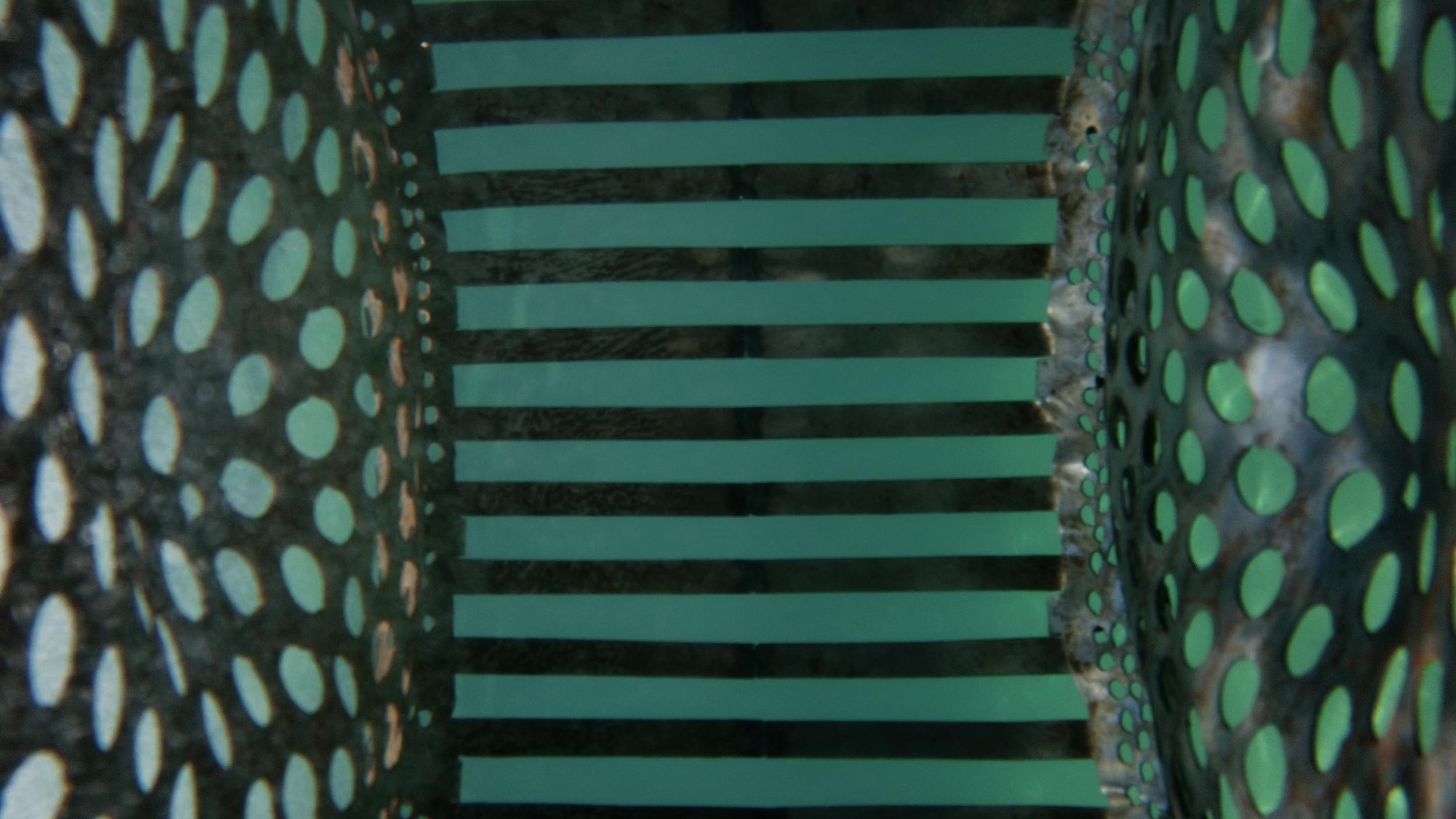
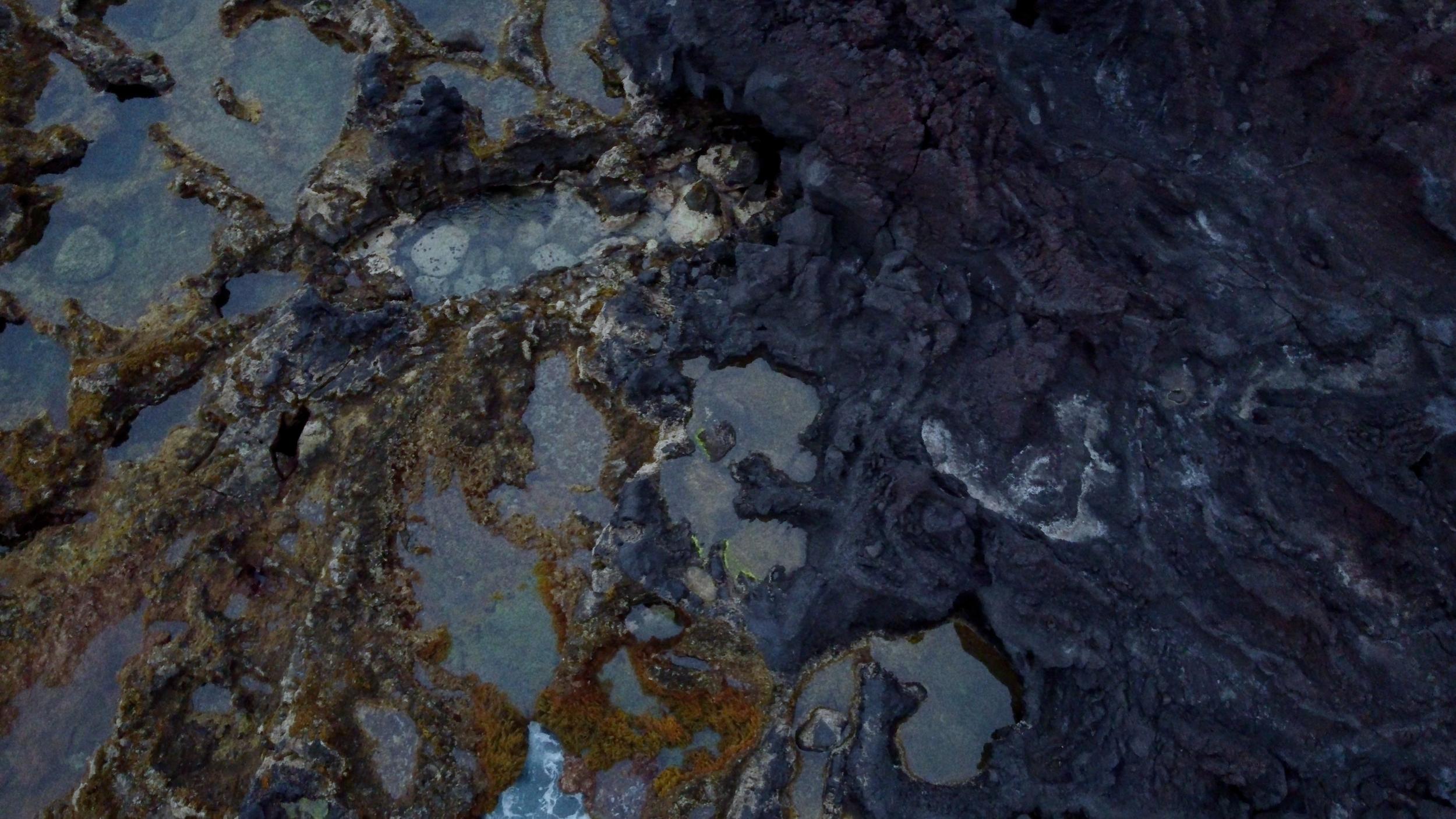
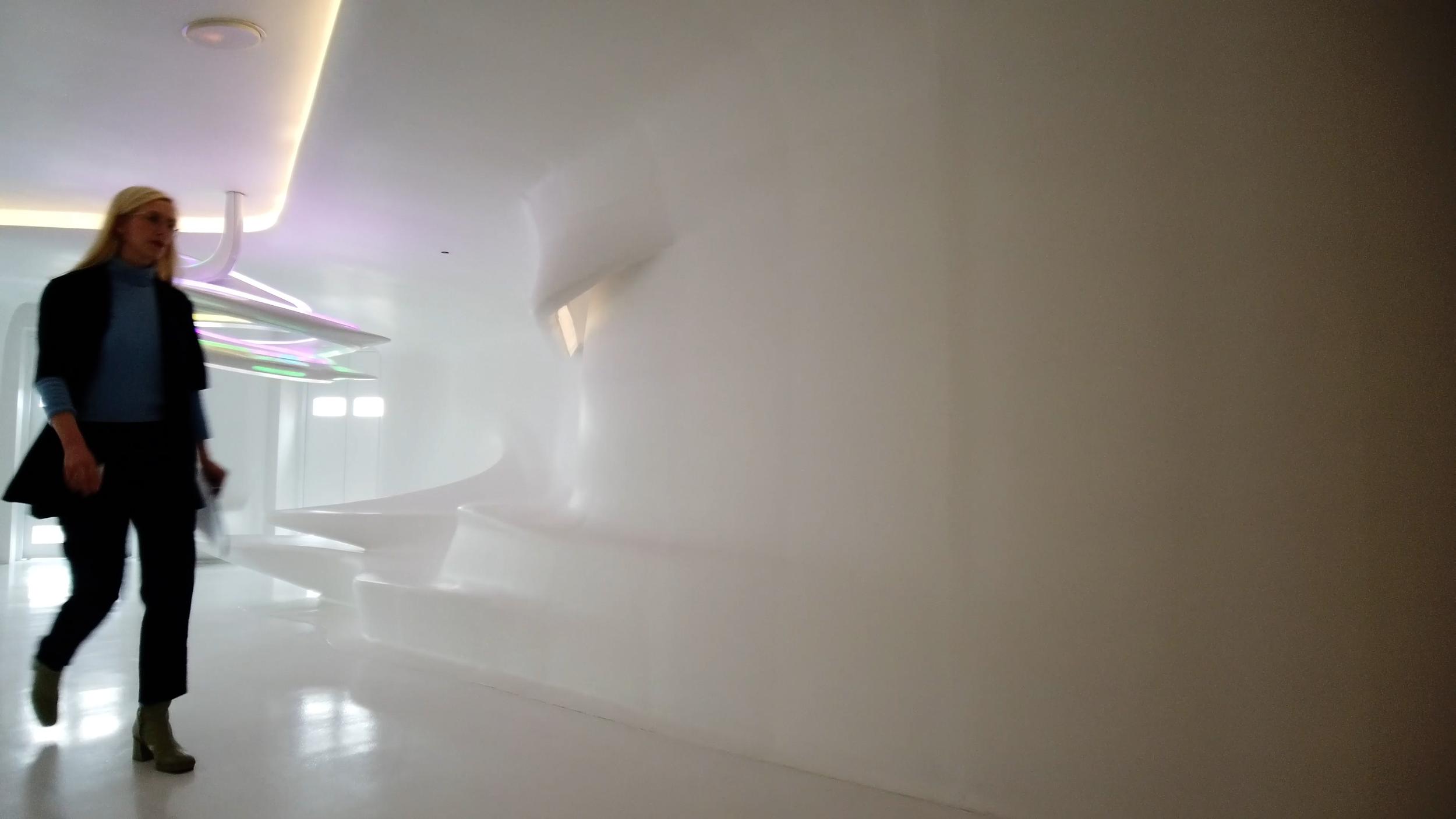

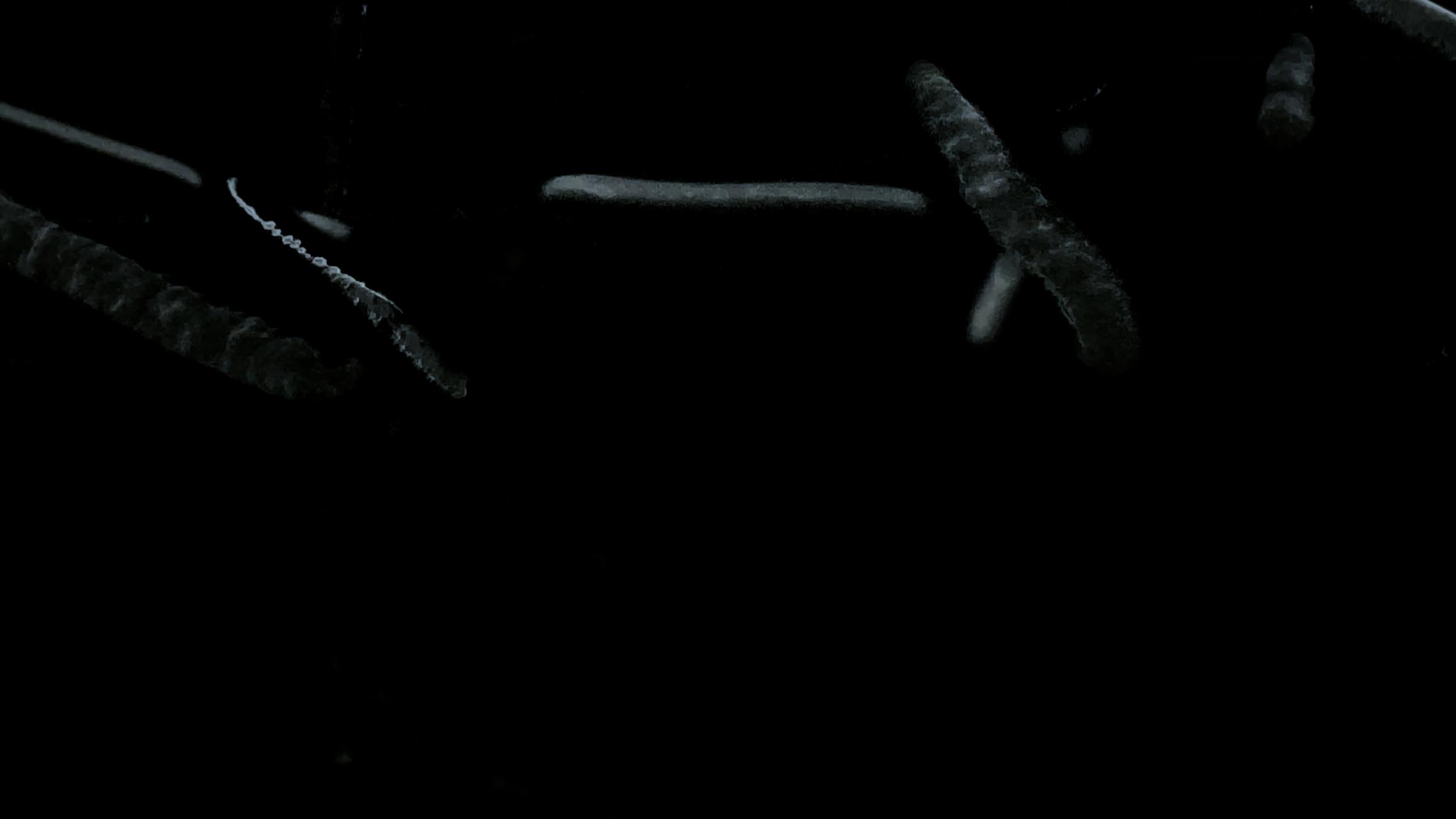
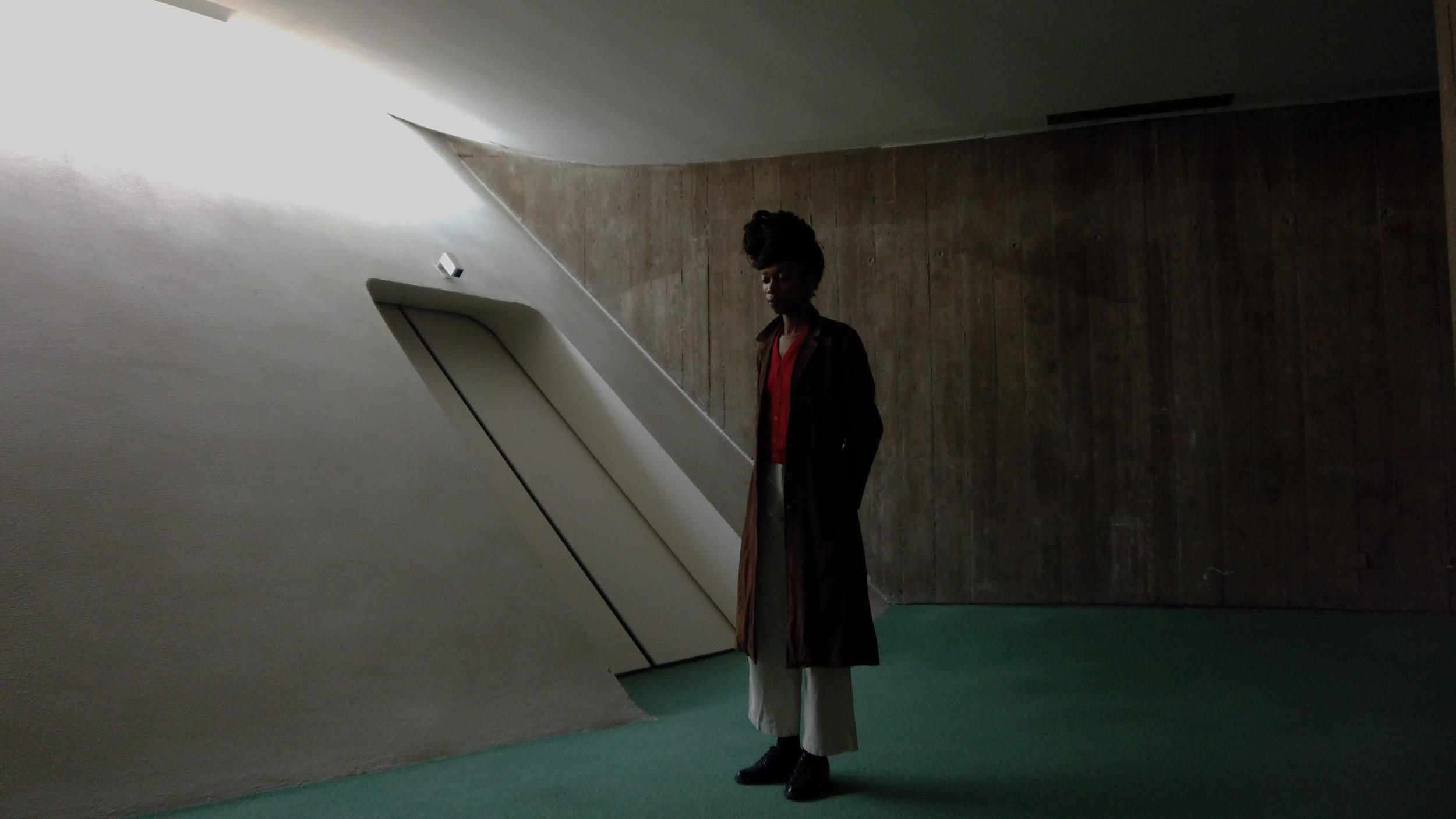

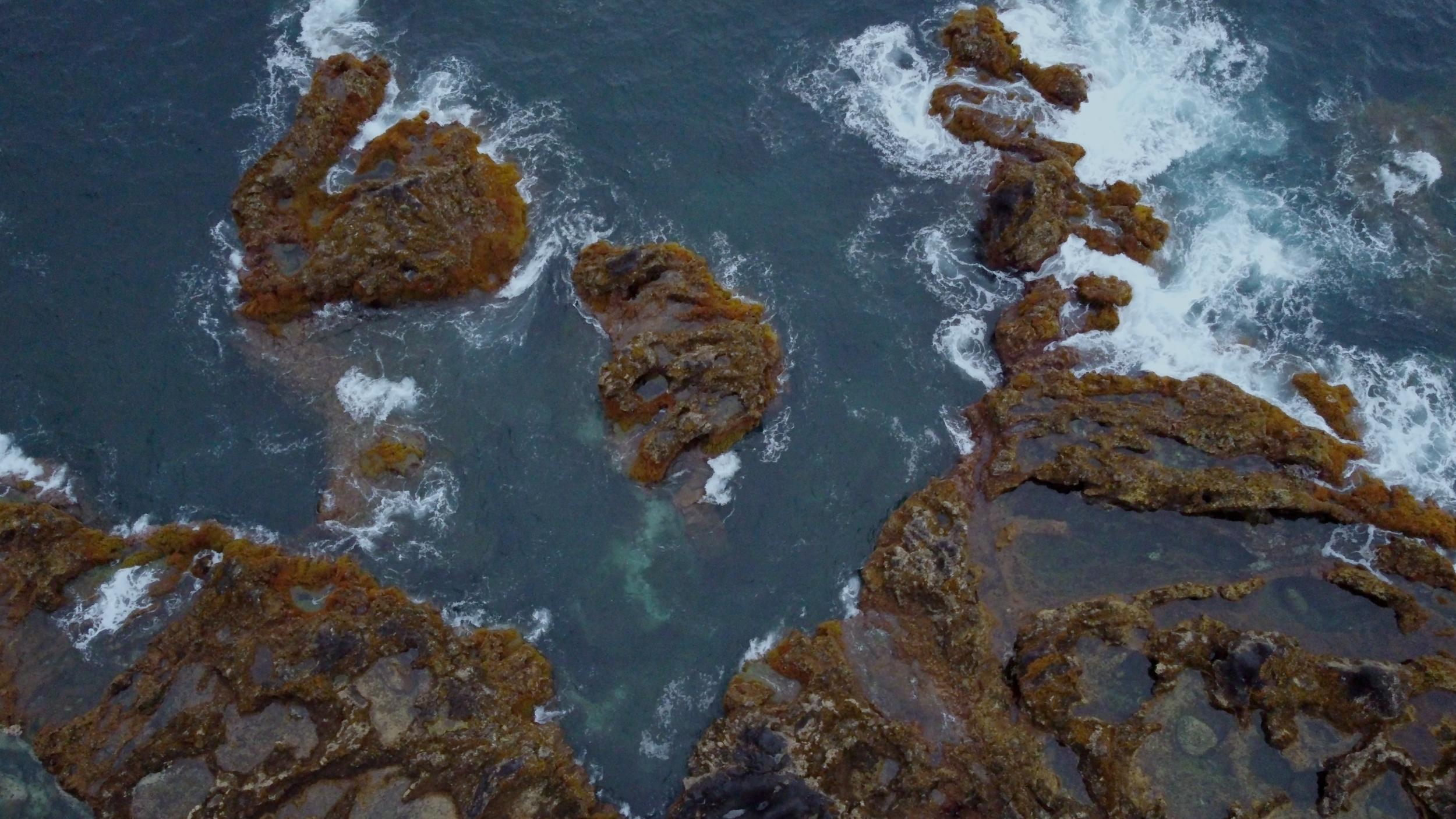

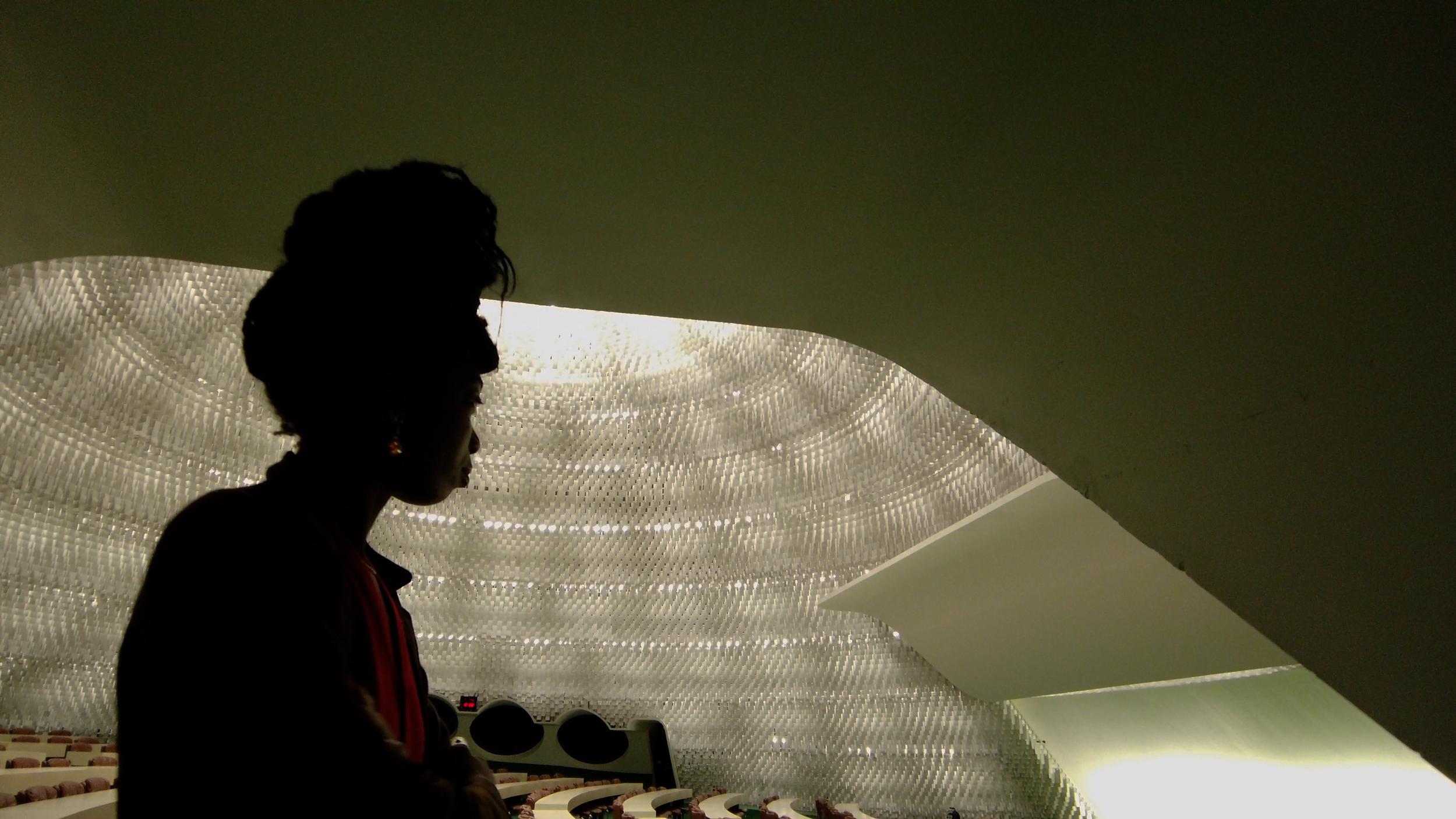
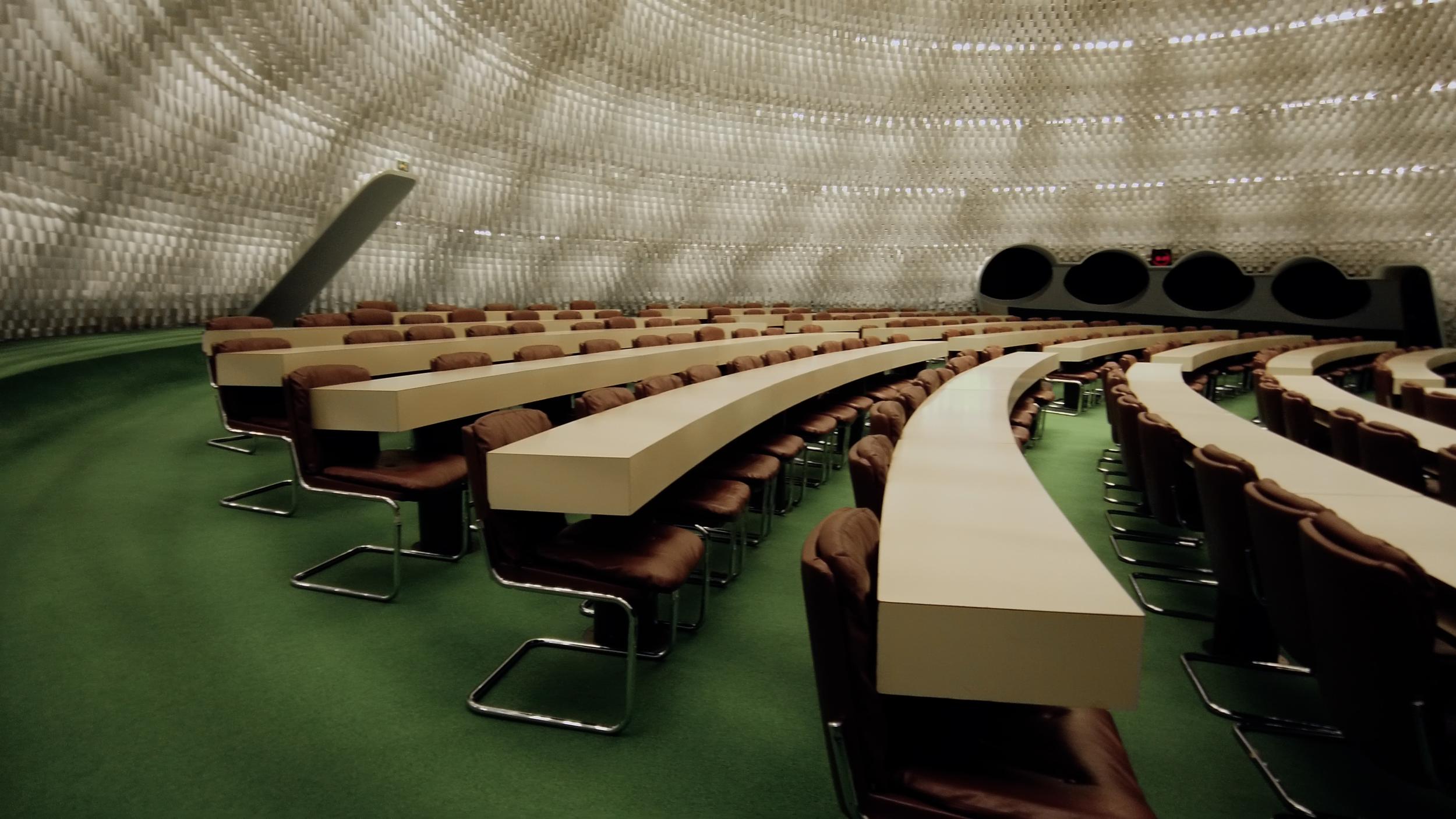
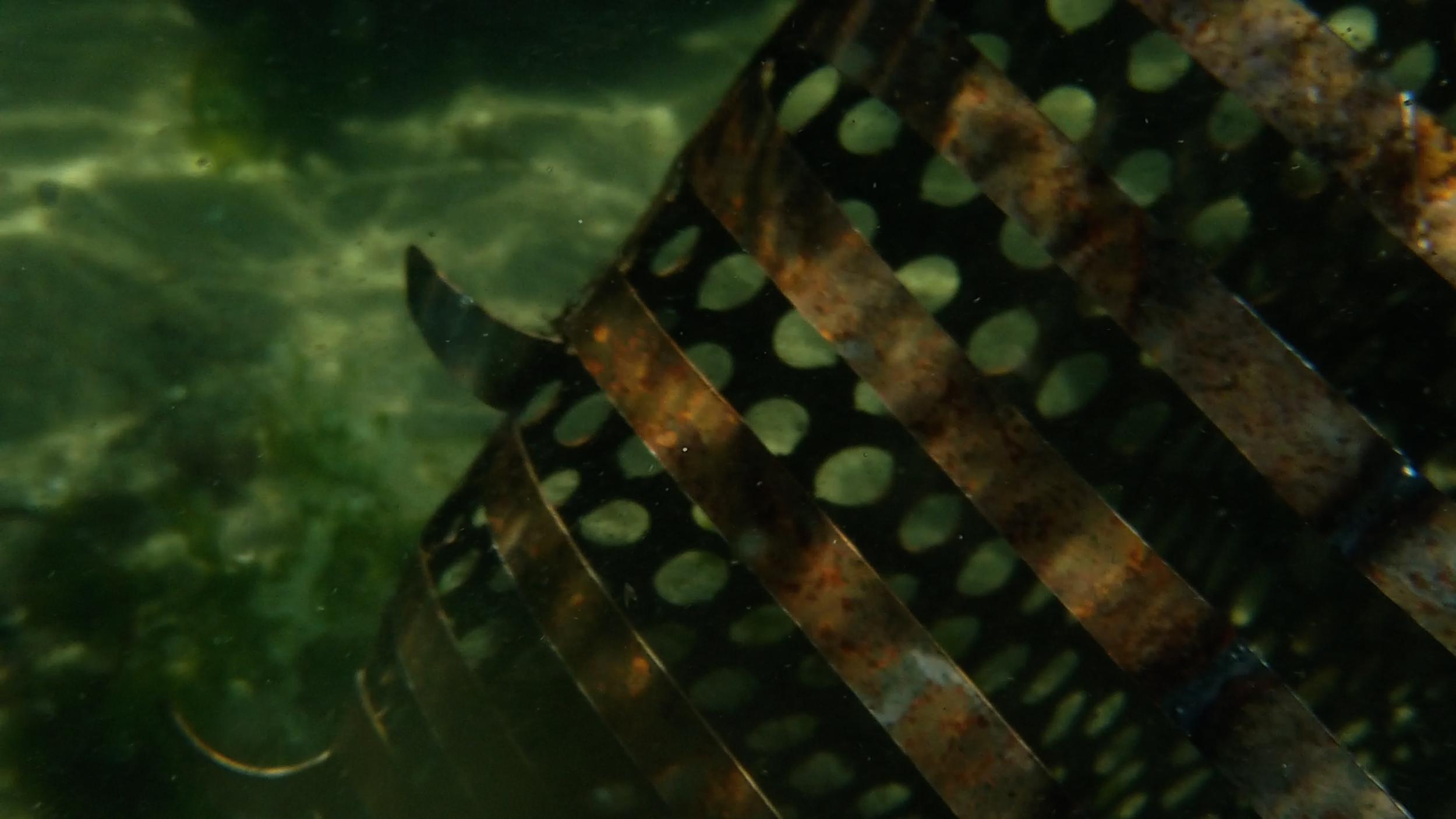
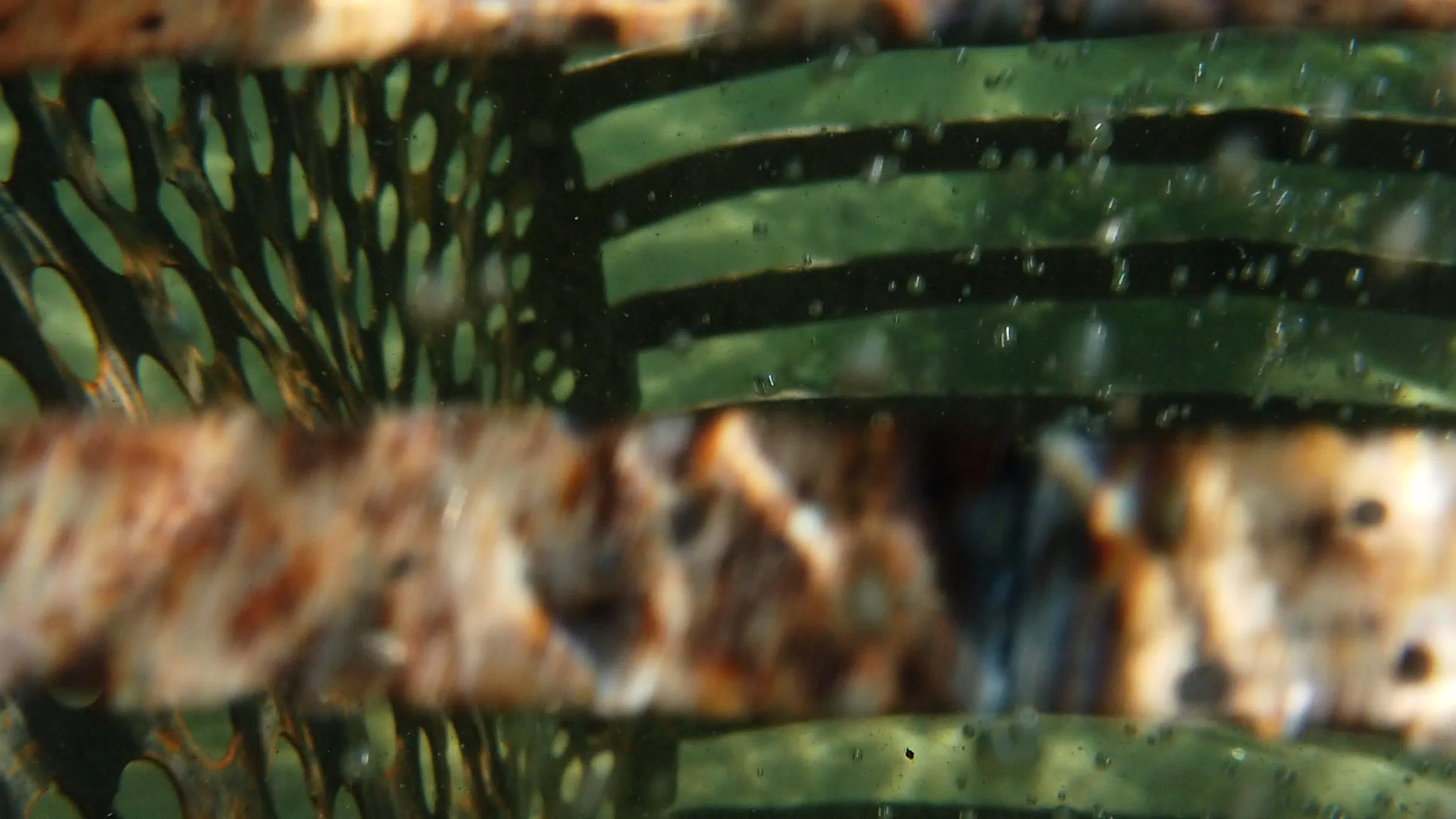
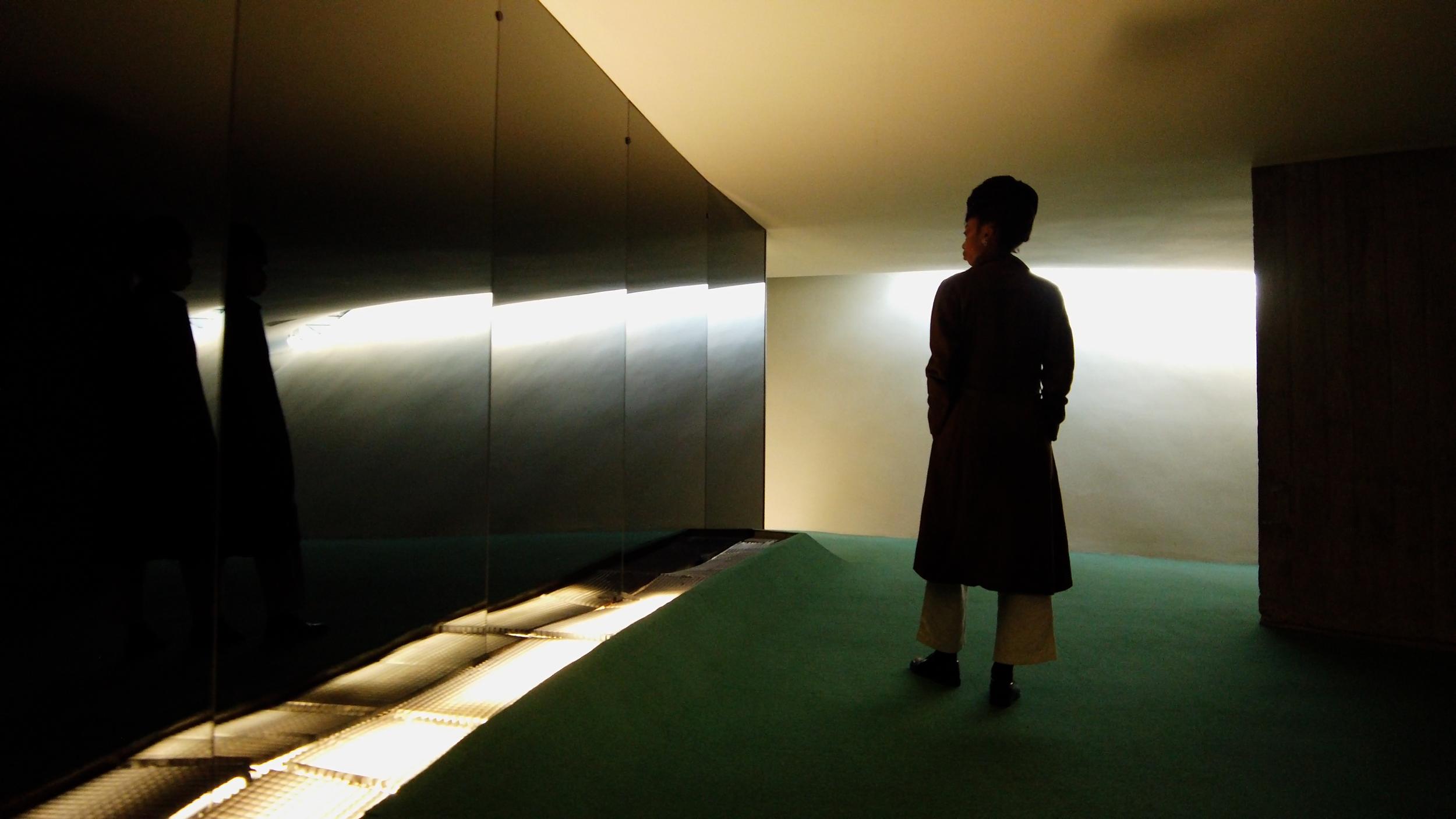
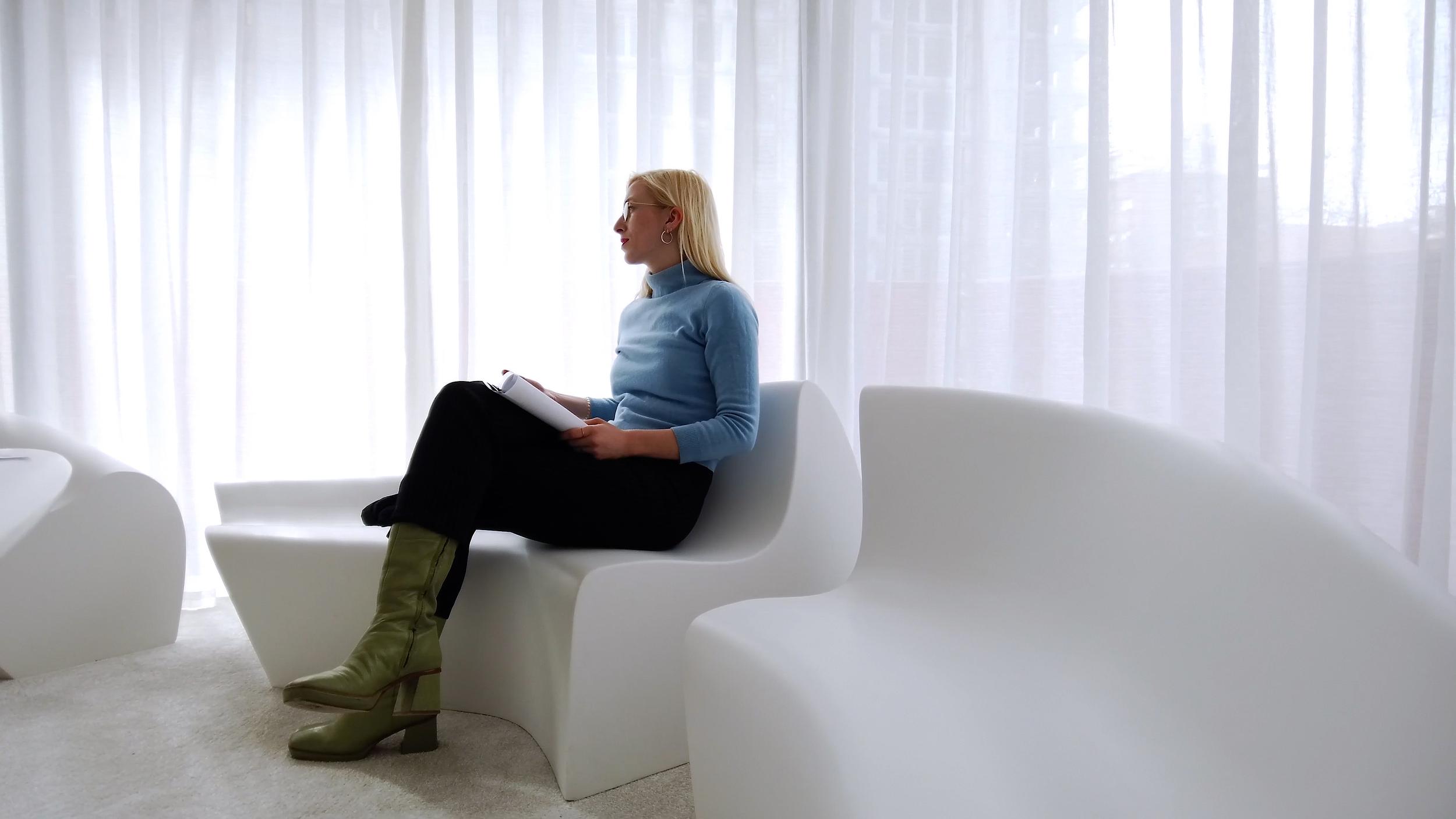
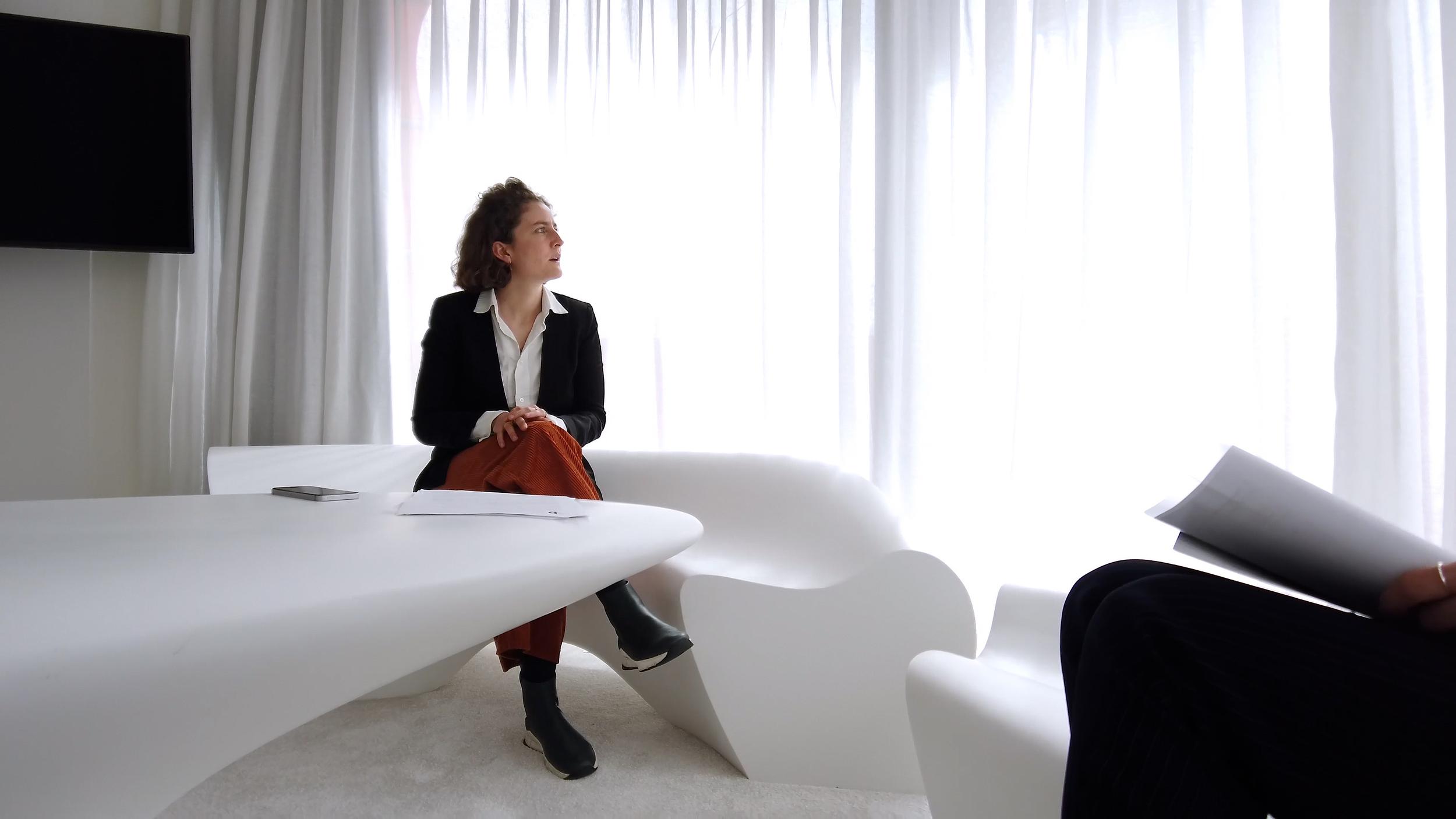

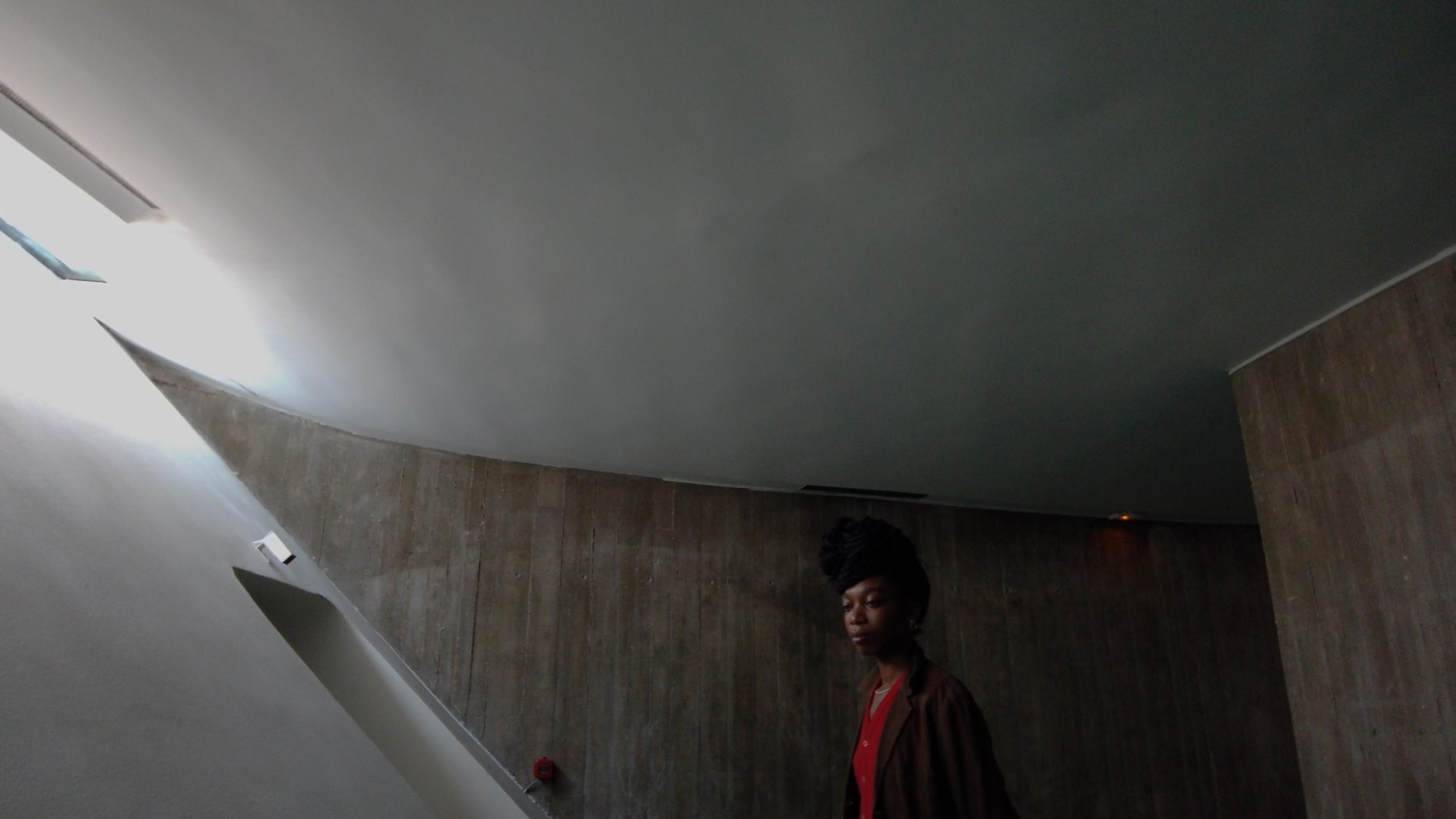
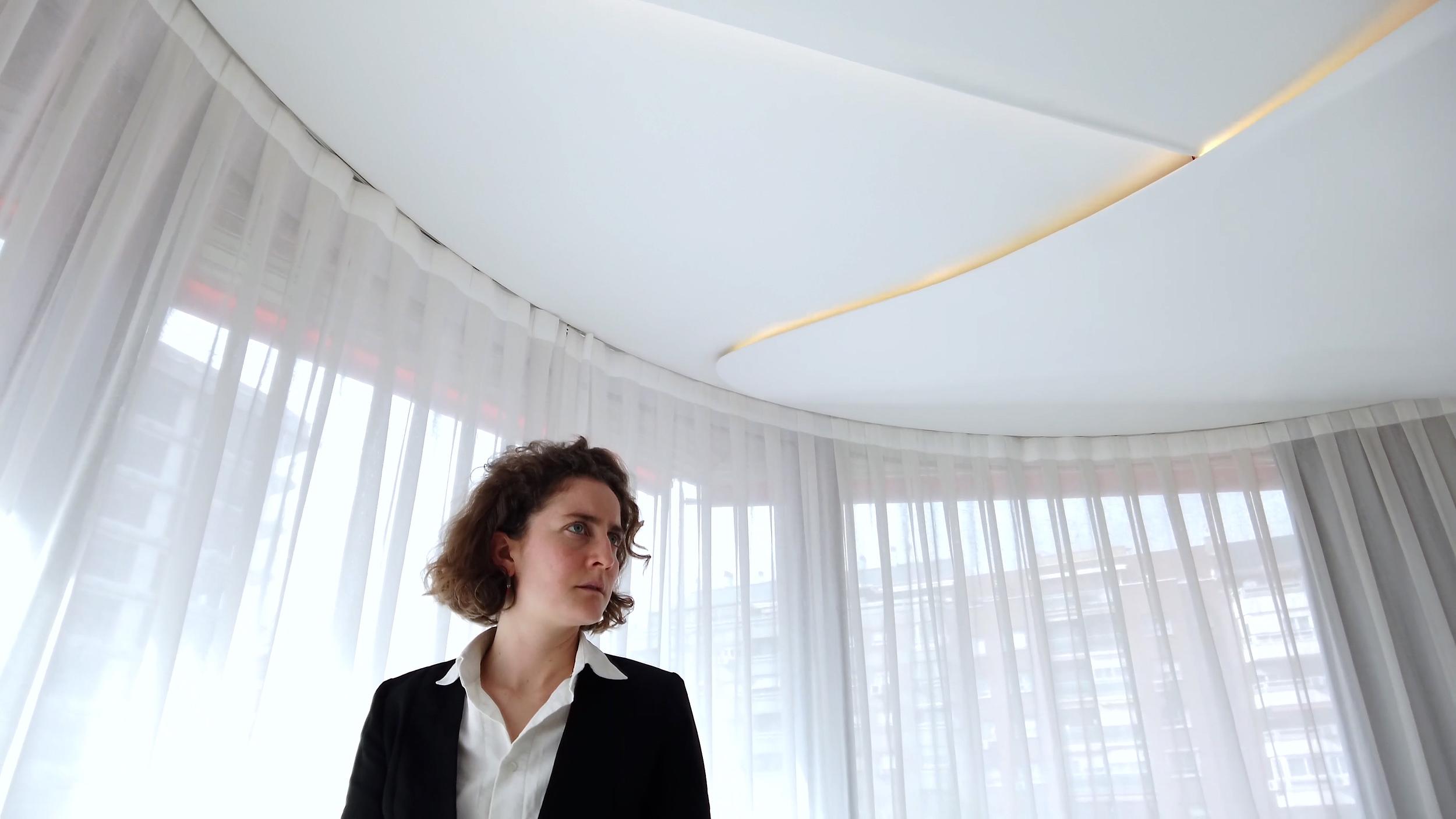
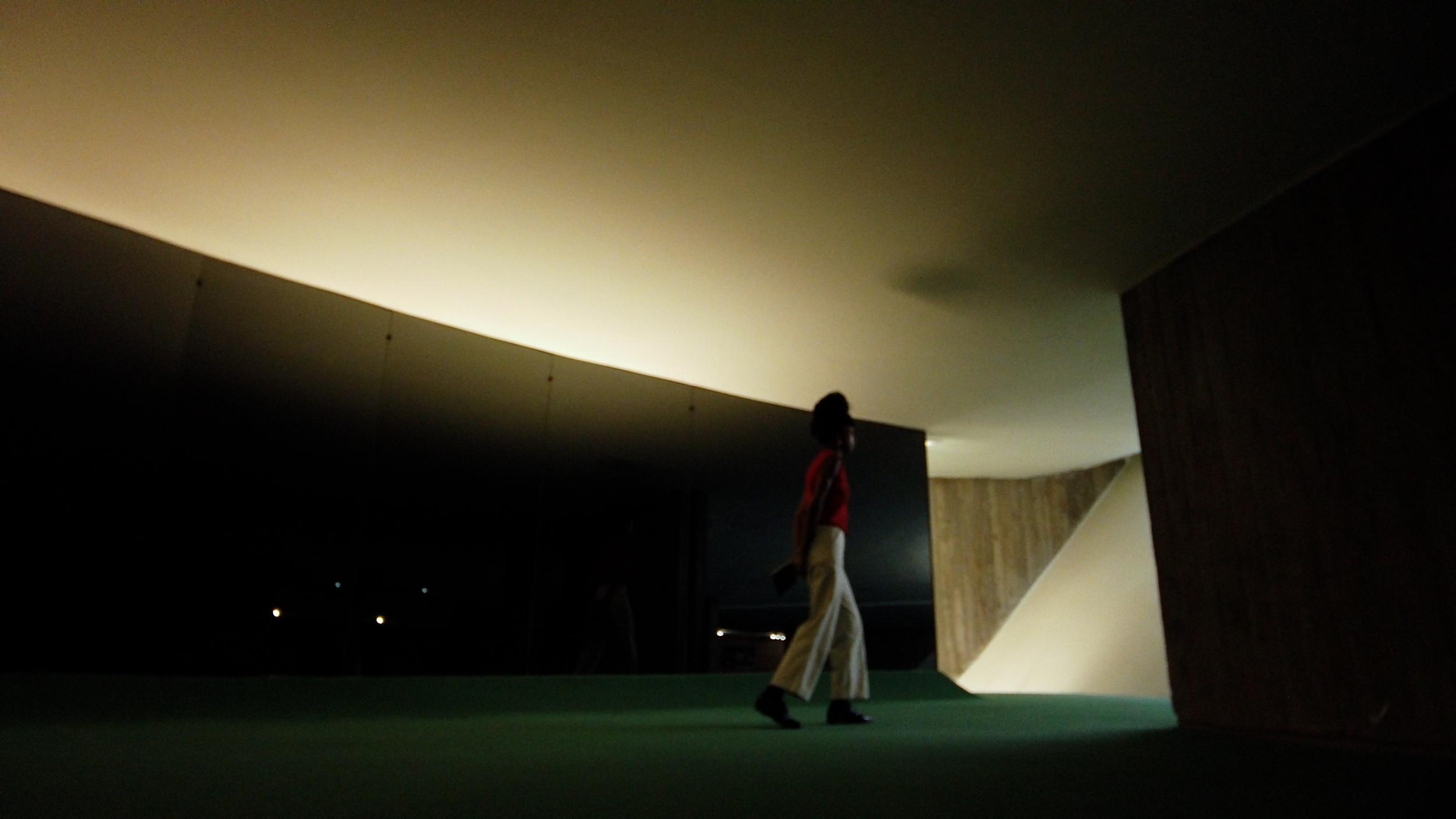
loop 4K video, colour and sound 32 min
loop 4K video, colour and sound 32 min
in collaboration with Fallon Mayanja, starring Florine Zegers and Lea Vajda
colour correction by Afonso Mota
including footage from:
-Lost City 2018 Expedition, Woods Hole Oceanographic Institution - lostcity.biology.utah.edu
-Visualizing Deep-sea Mining, 2019 video from MIT Mechanical Engineering
-NEPTUNE Maintenance, September 2020 Ocean Networks Canada - SeaTube Pro
video excerpt
2021
Bellow you will find the references, drafts and quotes, as well as the visual influences and first glass objects created.
~~~~~~~~~~~~
2 hours DJ-mixtape for the Radio programme of Walk&Talk 9.5 Art Festival in Azores
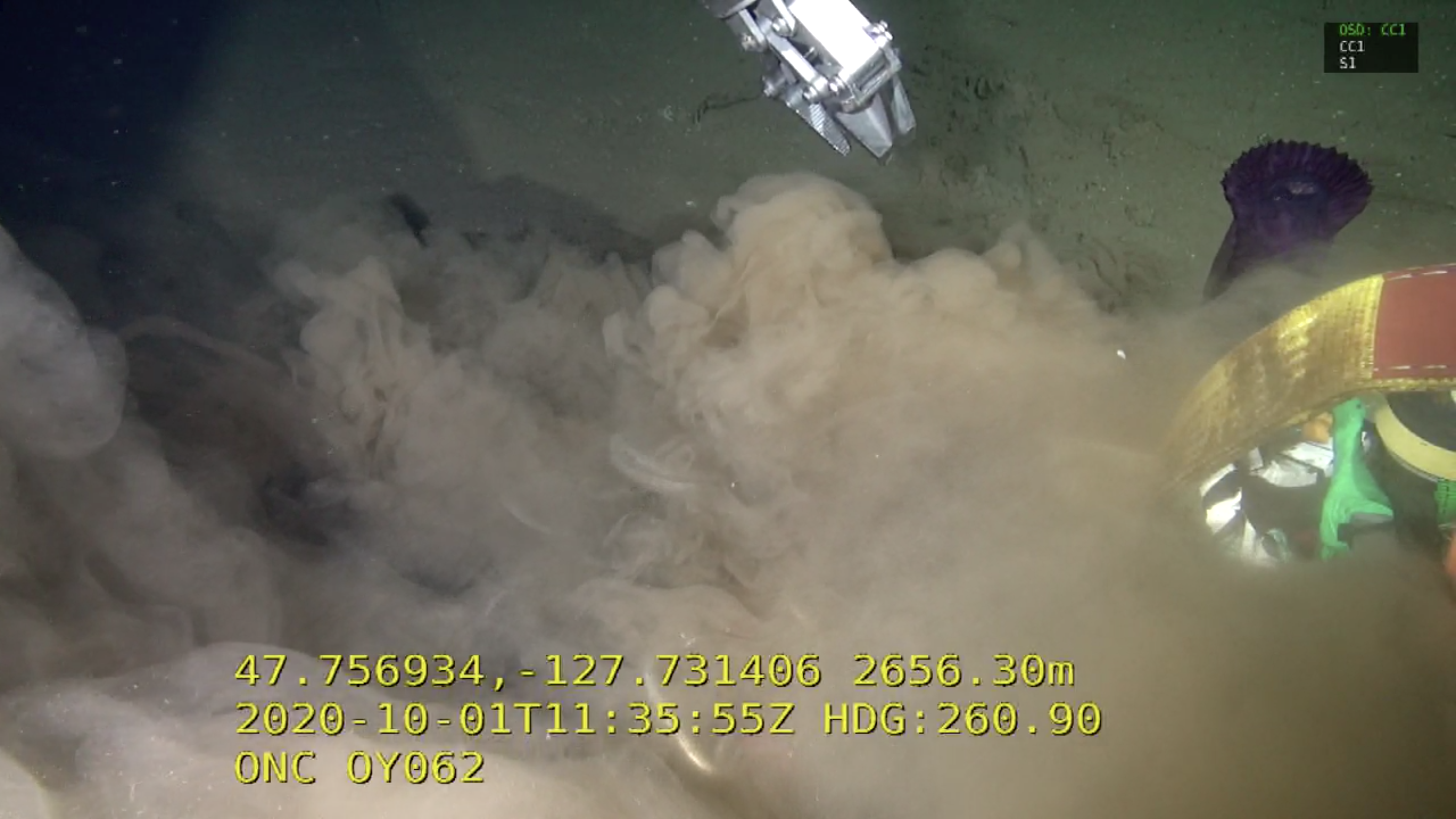

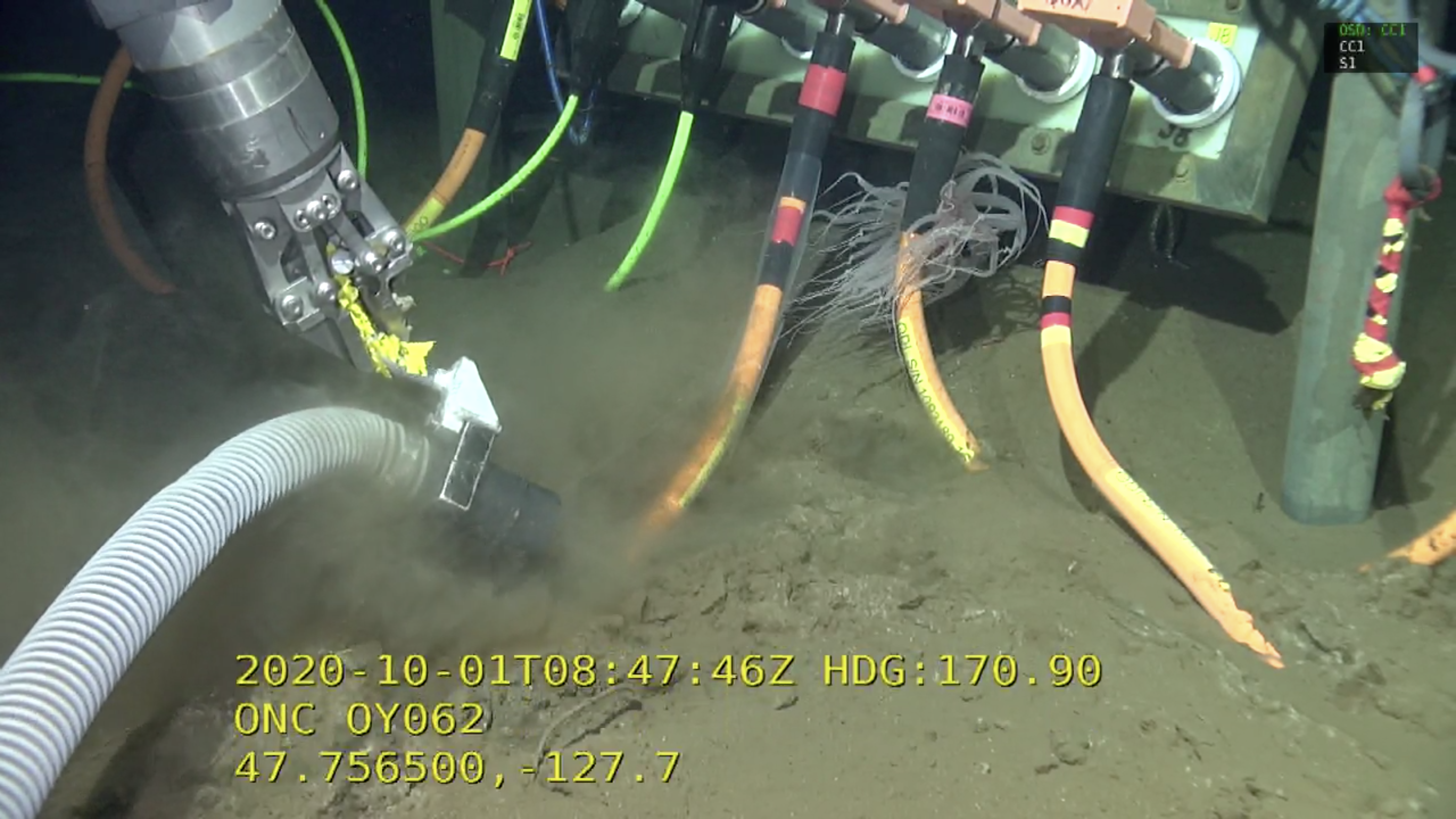
Images from the deployment of STRAW-B neutrino detector, that hosted the art intervention UNDERCURRENTS, coordinated by Diogo da Cruz as part of SFB42
An ocean research center of the University of Victoria, Ocean Networks Canada (ONC), is installing new infrastructure at its deepest node on its offshore observatory—Cascadia Basin, an abyssal plain 2,700 m below sea level—to test the location’s potential for a future large-scale neutrino observatory.
Neutrinos are one of the universe’s most essential ingredients and one of nature’s most abundant subatomic particles, produced by nuclear reactions from solar fusion, radioactive decay and exploding stars. The detector includes two 120-m long instrument moorings with photon-emitting and photo-detecting sensors, which will assess the transparency and darkness of the seawater for two years, burst of light to simulate photon reactions and assess the site’s suitability for neutrino detection.
Neutrinos are one of the universe’s most essential ingredients and one of nature’s most abundant subatomic particles, produced by nuclear reactions from solar fusion, radioactive decay and exploding stars. The detector includes two 120-m long instrument moorings with photon-emitting and photo-detecting sensors, which will assess the transparency and darkness of the seawater for two years, burst of light to simulate photon reactions and assess the site’s suitability for neutrino detection.


Map of 52-Hertz’s migration patterns
It was a strange sound. The acoustic technicians thought they knew what it was, but then they realised they didn’t.
She couldn’t quite believe it. It was coming in at 52 hertz.
She told him, “I think this is a whale.”
It hardly seemed possible. For a blue whale, which is what this one seemed to be, a frequency of 52 hertz was basically off the charts. Blue whales usually came in somewhere between 15 and 20 - on the periphery of what the human ear can hear, an almost imperceptible rumble. But here it was, right in front of them, the audio signature of a creature moving through Pacific waters with a singularly high-pitched song.
The whale was an anomaly: his sound patterns were recognizable as those of a blue whale, but his frequency was unheard of. It was absolutely unprecedented. So they paid attention. They kept tracking him for years, every migration season, as he made his way south from Alaska to Mexico. His path wasn’t unusual, only his song—and the fact that they never detected any other whales around him. He always seemed to be alone.
So this whale was calling out high, and he was calling out to no one — or at least, no one seemed to be answering. The acoustic technicians would come to call him 52 Blue.
She couldn’t quite believe it. It was coming in at 52 hertz.
She told him, “I think this is a whale.”
It hardly seemed possible. For a blue whale, which is what this one seemed to be, a frequency of 52 hertz was basically off the charts. Blue whales usually came in somewhere between 15 and 20 - on the periphery of what the human ear can hear, an almost imperceptible rumble. But here it was, right in front of them, the audio signature of a creature moving through Pacific waters with a singularly high-pitched song.
The whale was an anomaly: his sound patterns were recognizable as those of a blue whale, but his frequency was unheard of. It was absolutely unprecedented. So they paid attention. They kept tracking him for years, every migration season, as he made his way south from Alaska to Mexico. His path wasn’t unusual, only his song—and the fact that they never detected any other whales around him. He always seemed to be alone.
So this whale was calling out high, and he was calling out to no one — or at least, no one seemed to be answering. The acoustic technicians would come to call him 52 Blue.
Lagoa do Negro is a small kettle-like ephemeral lake that was first referred to during the primordial period of human settlement on the island of Terceira, Azores Archipelago.
Legend suggests in the early settlement on the island there existed a noble family, who owned black slaves. The daughter of the Majorat at the time was obliged to participate in a marriage of convenience, in order to increase their landholdings and wealth. It was a loveless marriage and she began an illicit affair with one of her slaves. Eventually, they realized that the only way to fulfil their life was to escape their life together. But, her husband had ordered her handmaid to follow her, and having been relayed their encounters, he ordered the capture of the slave. After hearing hunting dogs, and knowing that it was not a hunting day, realized he was being hunted and escaped to the island interior. After a day and night of flight he was consigned to his fate, and began to cry. As the legend suggested, his tears multiplied, forming a small pond alongside a woodlot. With his pursuers quickly closing in on horseback, the desperate slave threw himself into the dark waters and drowned.
Legend suggests in the early settlement on the island there existed a noble family, who owned black slaves. The daughter of the Majorat at the time was obliged to participate in a marriage of convenience, in order to increase their landholdings and wealth. It was a loveless marriage and she began an illicit affair with one of her slaves. Eventually, they realized that the only way to fulfil their life was to escape their life together. But, her husband had ordered her handmaid to follow her, and having been relayed their encounters, he ordered the capture of the slave. After hearing hunting dogs, and knowing that it was not a hunting day, realized he was being hunted and escaped to the island interior. After a day and night of flight he was consigned to his fate, and began to cry. As the legend suggested, his tears multiplied, forming a small pond alongside a woodlot. With his pursuers quickly closing in on horseback, the desperate slave threw himself into the dark waters and drowned.

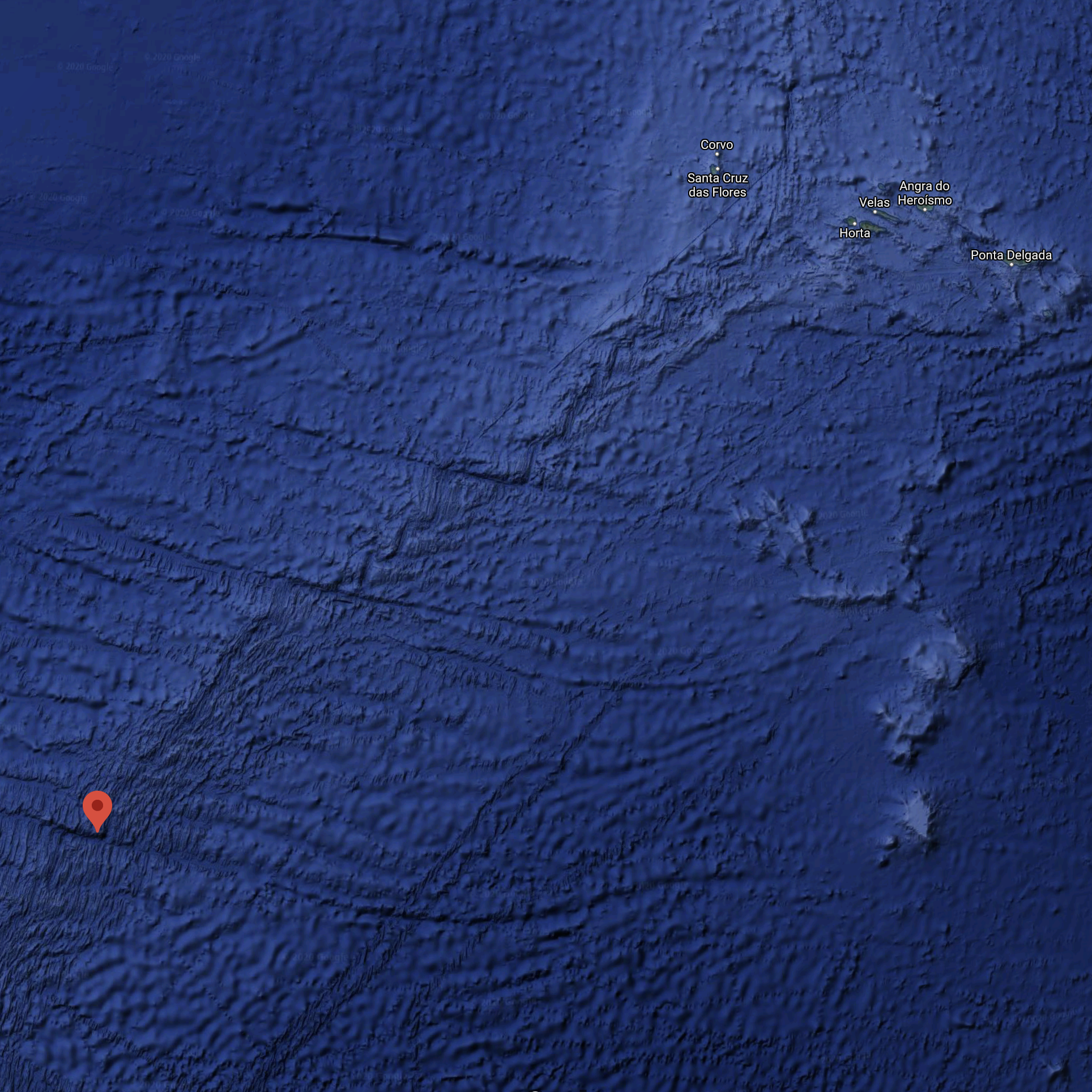
The Lost City Hydrothermal Field, often referred to simply as Lost City, is an area of marine alkaline hydrothermal vents located on the Atlantis Massif at the intersection between the Mid-Atlantic Ridge and the Atlantis Transform Fault, in the Atlantic Ocean. It is a long-lived site of active and inactive ultramafic-hosted serpentinization,[1] abiotically producing many simple molecules such as methane and hydrogen which are fundamental to microbial life. As such it has generated scientific interest as a prime location for investigating the origin of life on Earth and other planets similar to it
Portuguese news reported the discovery of a very large under water pyramid first discovered by Diocleciano Silva between the islands of São Miguel and Terceira in the Azores of Portugal. According to claims, the structure is said to be perfectly squared and oriented by the cardinal points. Current estimates obtained using GPS digital technology put the height at 60 meters with a base of 8000 square meters. The Portuguese Hydrographic Institute of the Navy currently has the job of analyzing the data to determine whether or not the structure is man-made. “The pyramid is perfectly shaped and apparently oriented by the cardinal points,” Silva told Diário Insular, the local newspaper.
The pyramid was found in an area of the mid-Atlantic that has been underwater for about 20,000 years. Considering this is around the time of the last ice age where glaciation was melting from its peak 2000 years prior, whatever civilization, human or not, that was around before the ice age, could be responsible for building the pyramid. While the Portuguese Navy still hasn’t determined the origins, many might question why this hasn’t been first reported on sooner than late 2012. Certainly the NOAA who studies volcanic activity in the area of the pyramid would have discovered the pyramid through sonar imaging and so forth since the area is heavily studied due to volcanic activity. Either the NOAA hasn’t yet come across it, they are hiding what they have found, or the pyramid doesn’t exist. The last theory does not seem to be likely given the authenticity of the find.
To further support the idea that this pyramid could have been built by different civilizations, archeologists from the Portuguese Association of Archaeological Research have recently discovered evidence on Pico island that suggests their belief that humans existed in the Azores region before the arrival of the Portuguese thousands of years ago. As of today, there is still no explanation for who created the rock art found on the islands. Was the pyramid built by whatever civilization existed prior to the Portuguese? Is it possibly not even man-made?
(a hoax that made it to Portuguese public television in 2013)
The pyramid was found in an area of the mid-Atlantic that has been underwater for about 20,000 years. Considering this is around the time of the last ice age where glaciation was melting from its peak 2000 years prior, whatever civilization, human or not, that was around before the ice age, could be responsible for building the pyramid. While the Portuguese Navy still hasn’t determined the origins, many might question why this hasn’t been first reported on sooner than late 2012. Certainly the NOAA who studies volcanic activity in the area of the pyramid would have discovered the pyramid through sonar imaging and so forth since the area is heavily studied due to volcanic activity. Either the NOAA hasn’t yet come across it, they are hiding what they have found, or the pyramid doesn’t exist. The last theory does not seem to be likely given the authenticity of the find.
To further support the idea that this pyramid could have been built by different civilizations, archeologists from the Portuguese Association of Archaeological Research have recently discovered evidence on Pico island that suggests their belief that humans existed in the Azores region before the arrival of the Portuguese thousands of years ago. As of today, there is still no explanation for who created the rock art found on the islands. Was the pyramid built by whatever civilization existed prior to the Portuguese? Is it possibly not even man-made?
(a hoax that made it to Portuguese public television in 2013)
~~~~~~~~~~~~~~~~~~~~~
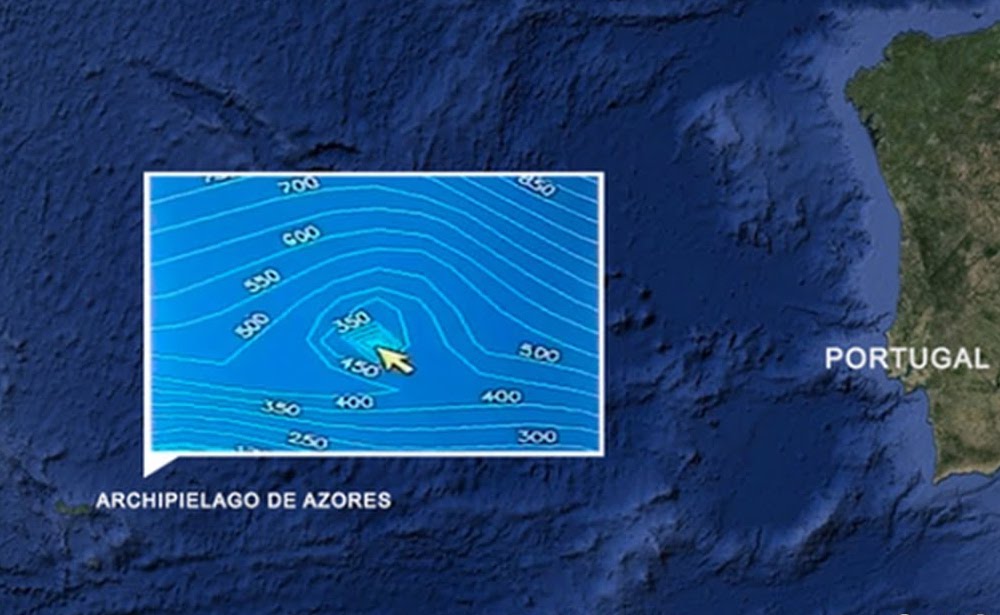


WALK&TALK 2022
Stories
Deep sea mining (fiction story from last episode + realistic probability)
Lenda da Lagoa do Negro
Nature colonisation
Deep sea war - human species ended
Micro/macro - microscopic footage from water of all film locations
Elements
Capote/manto
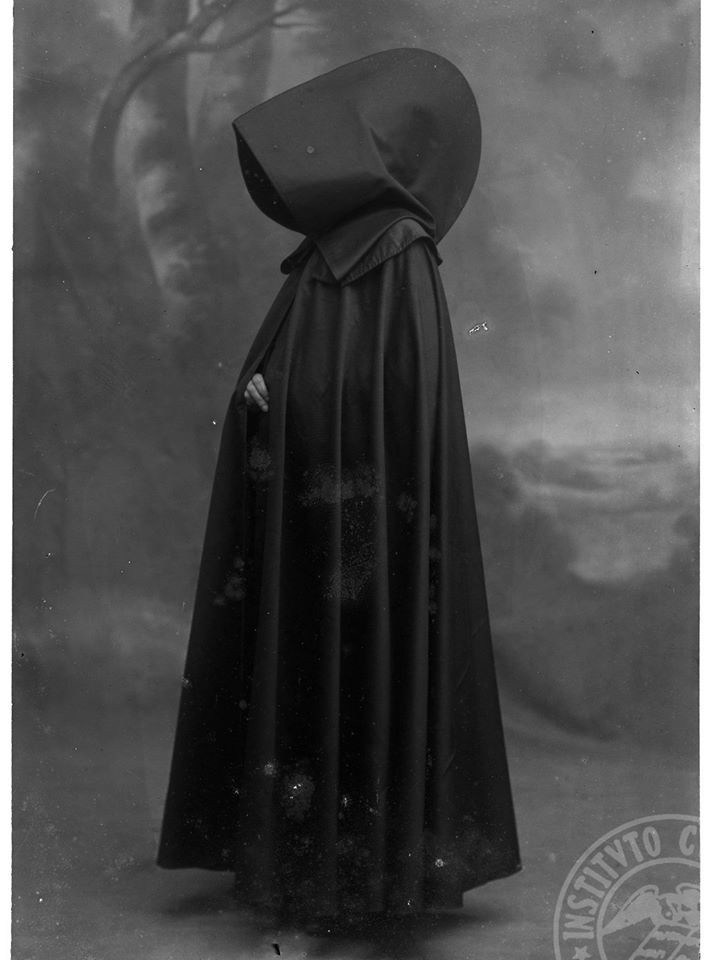
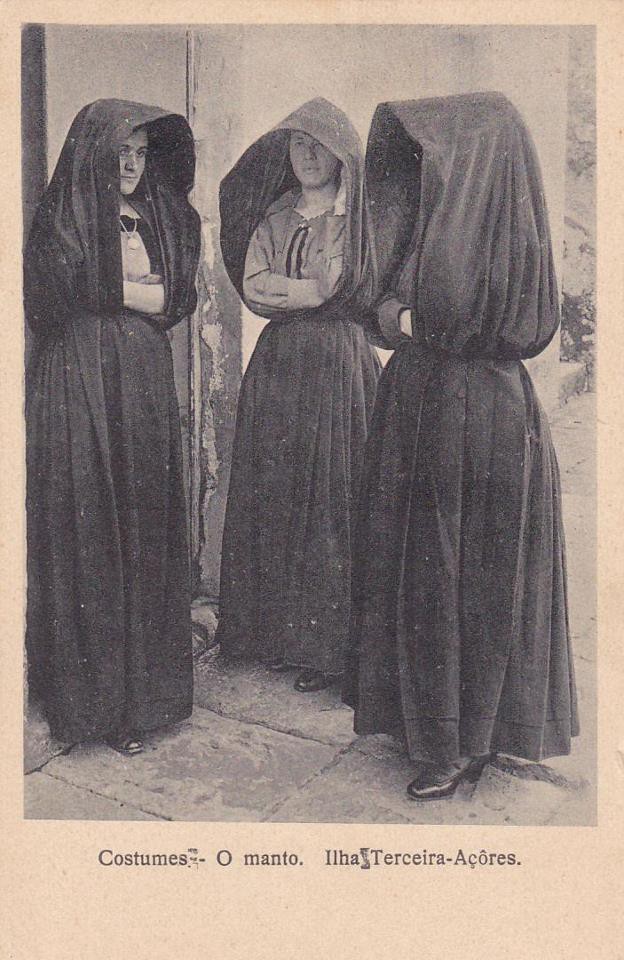

Sea entities: sculptures
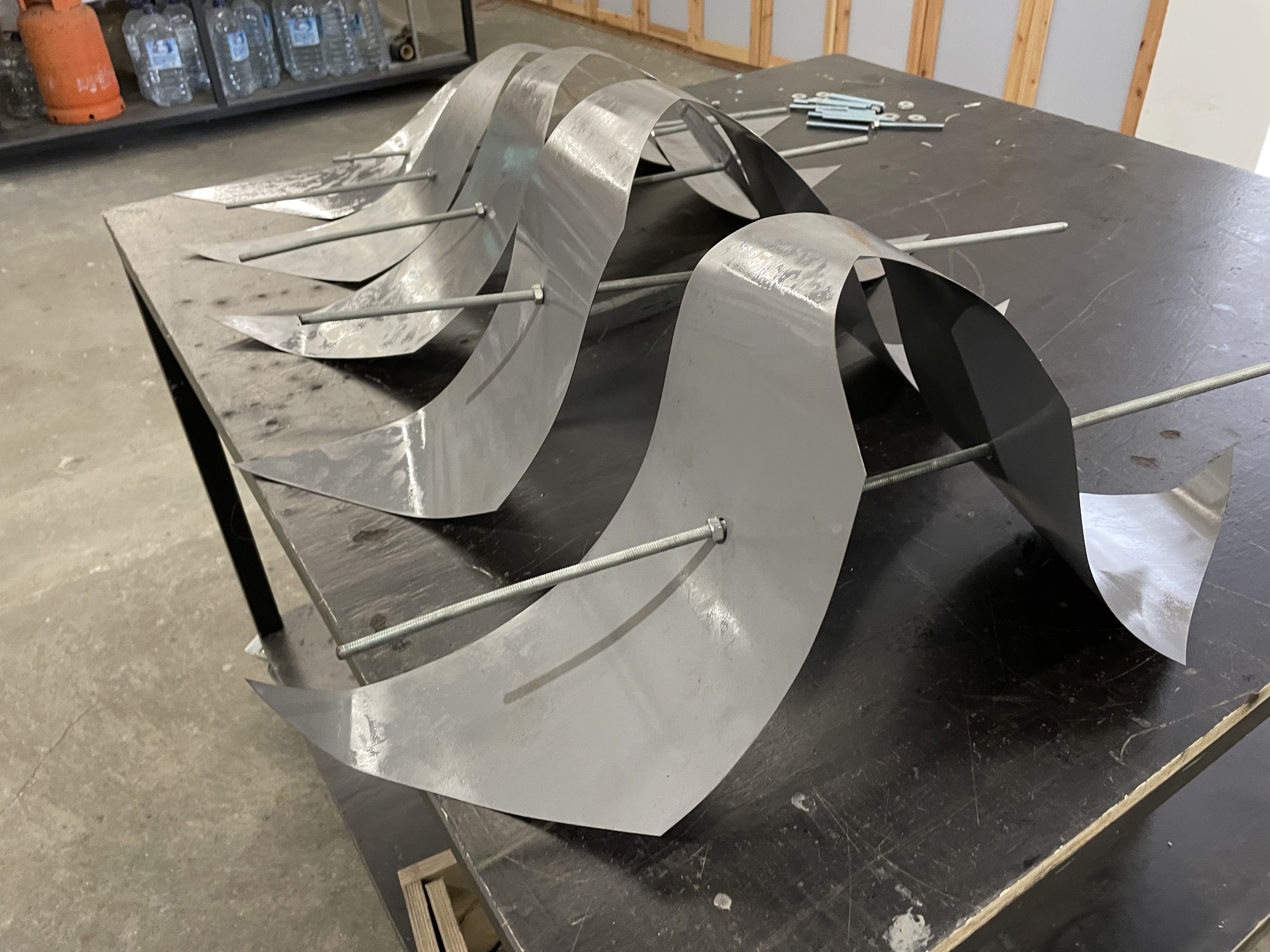
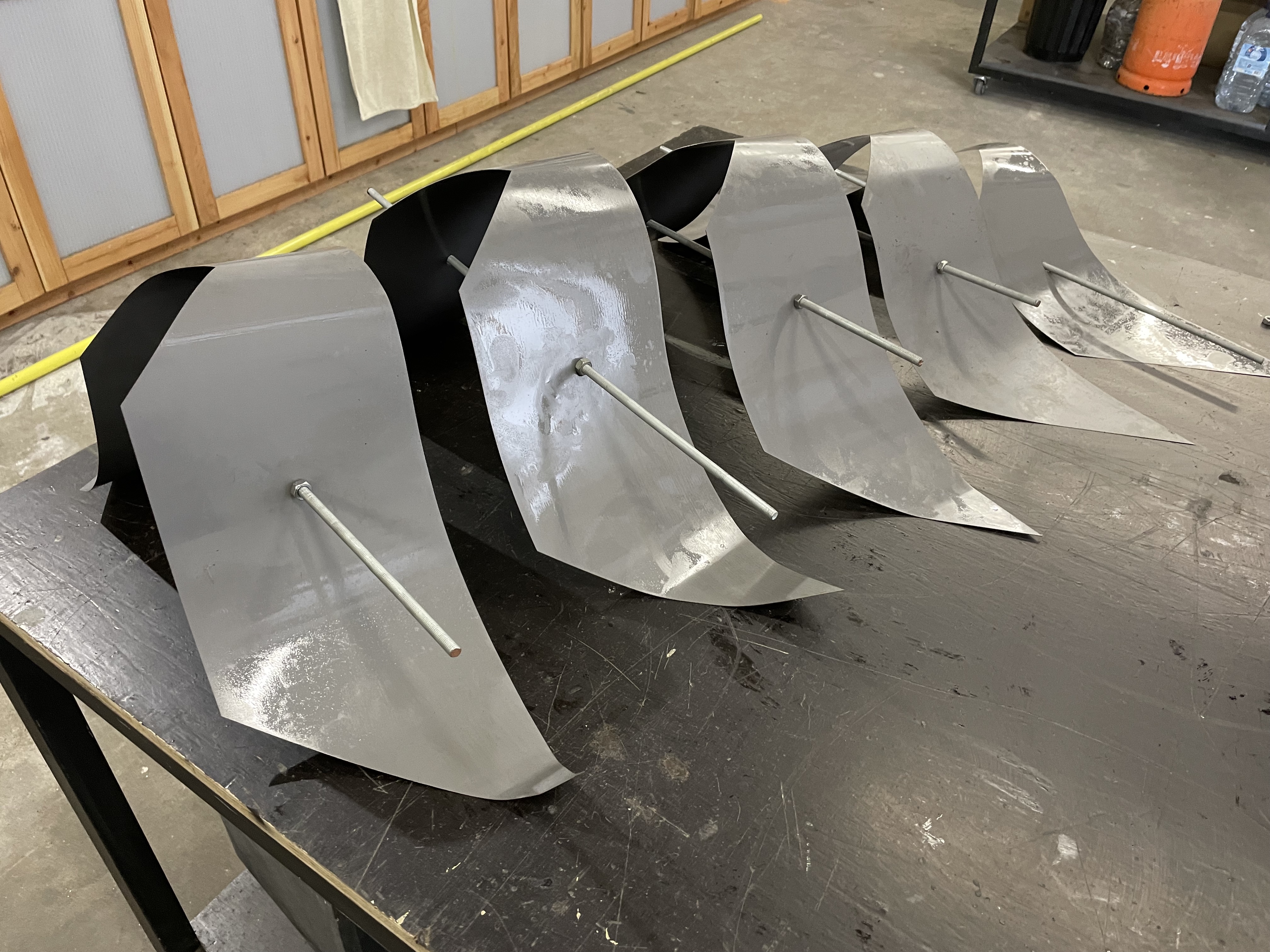

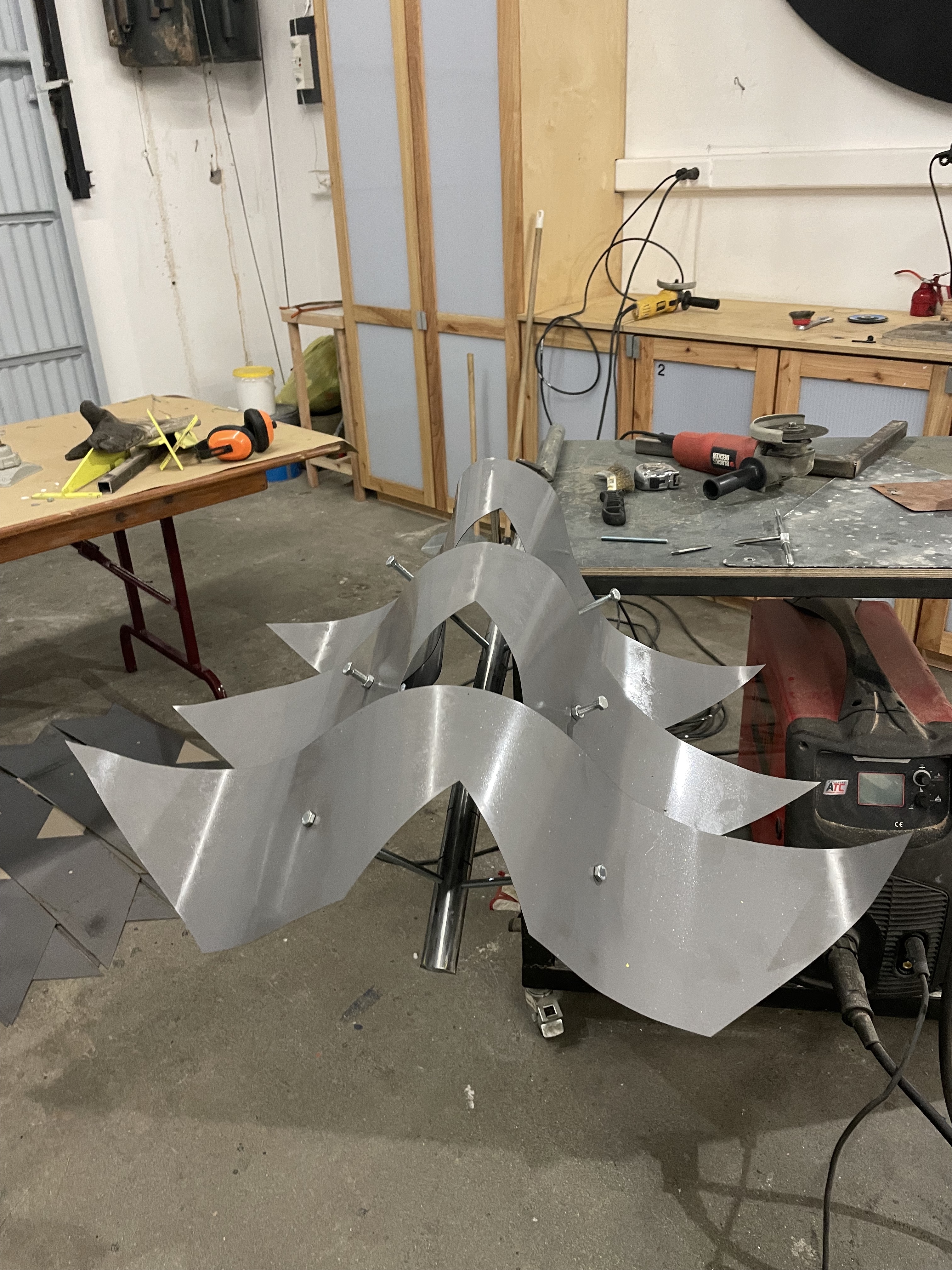
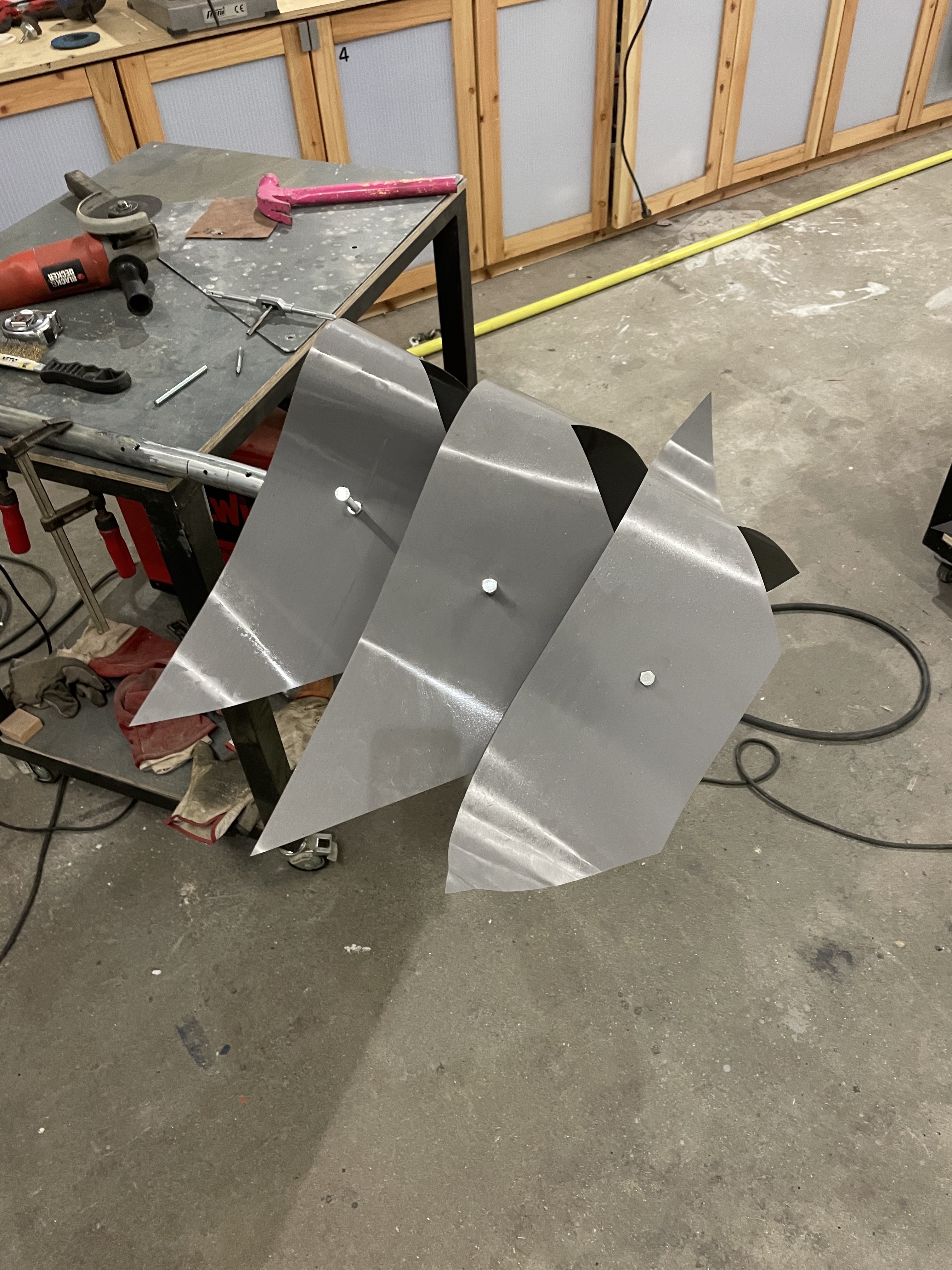
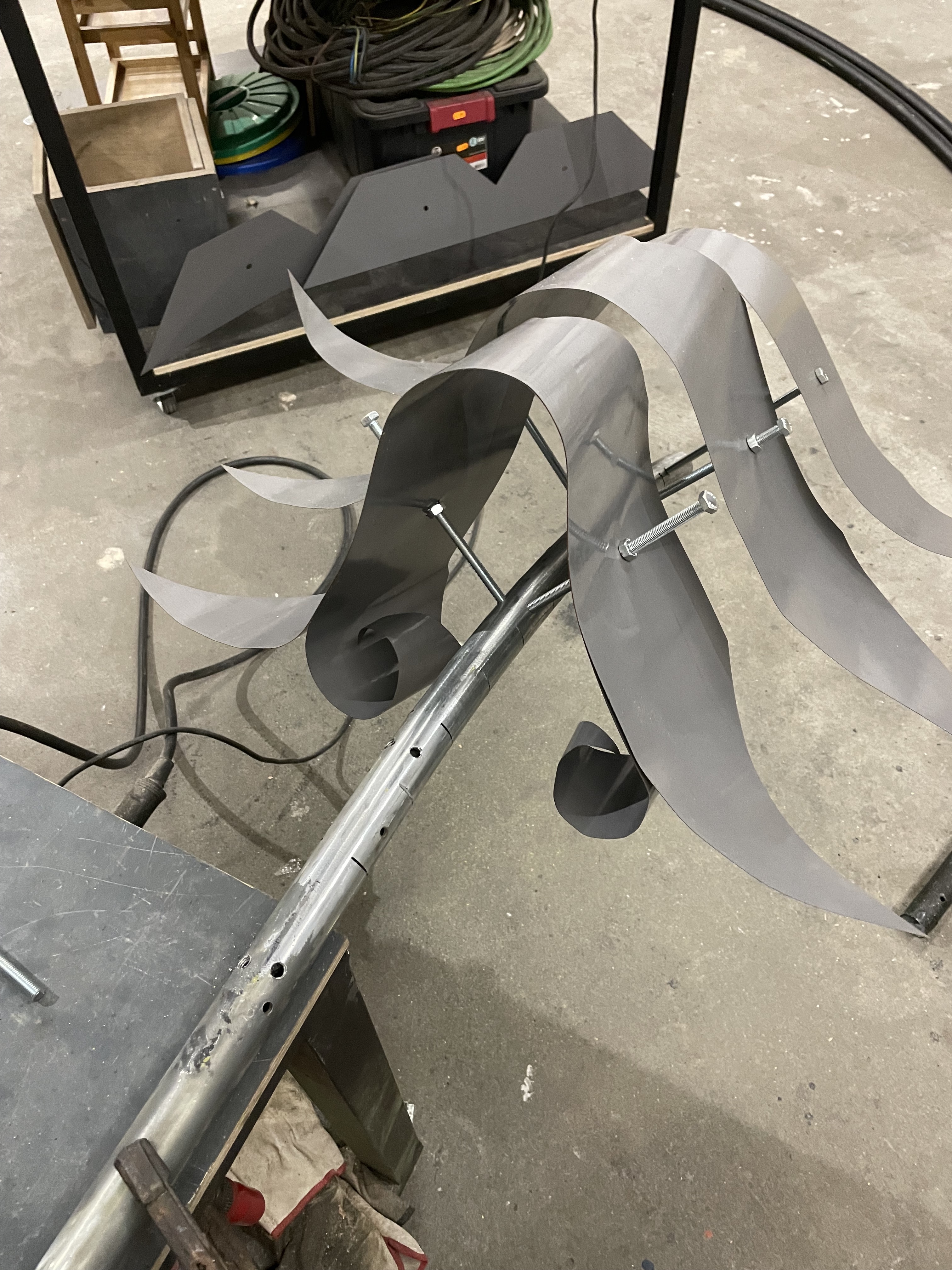
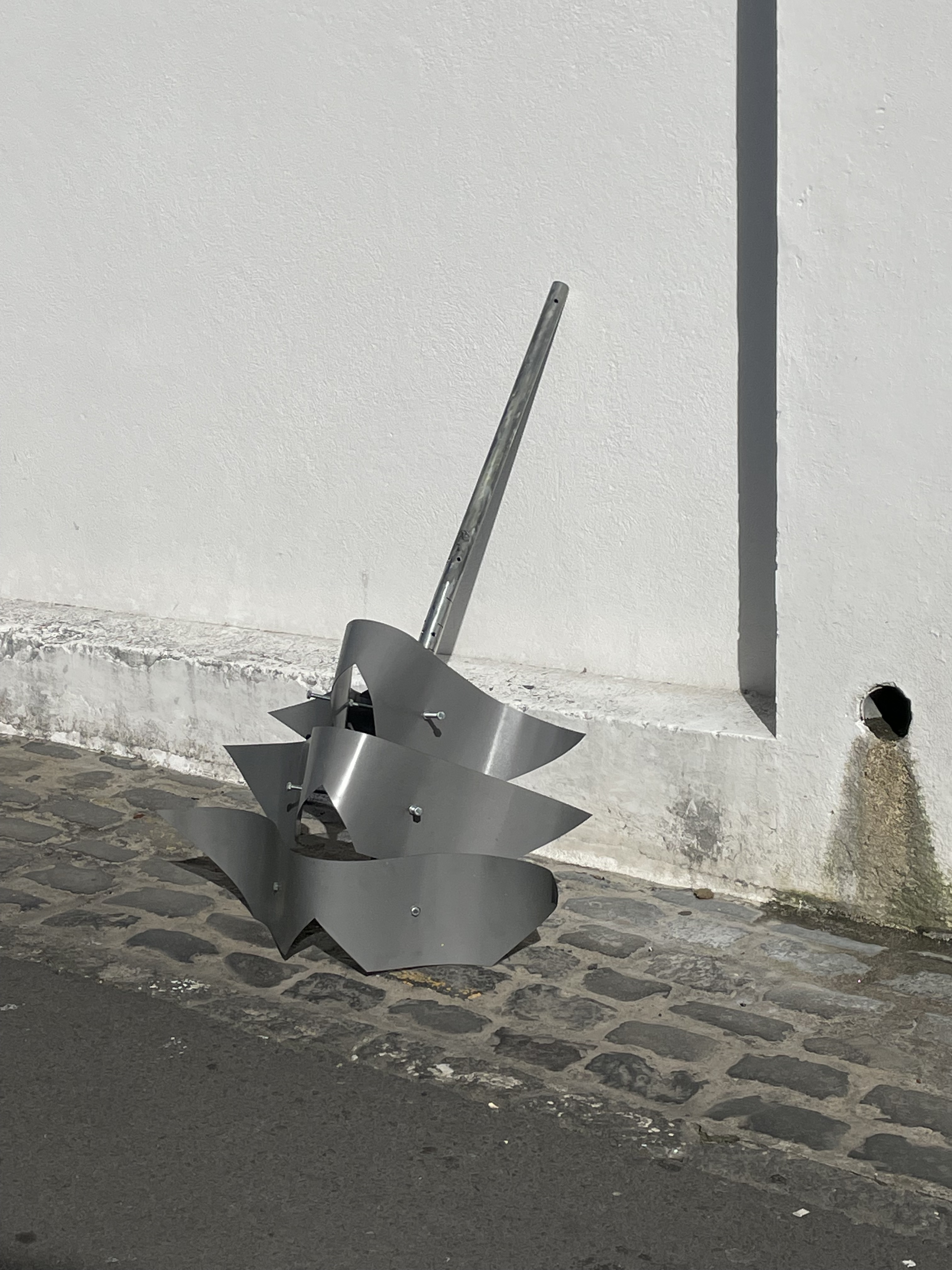
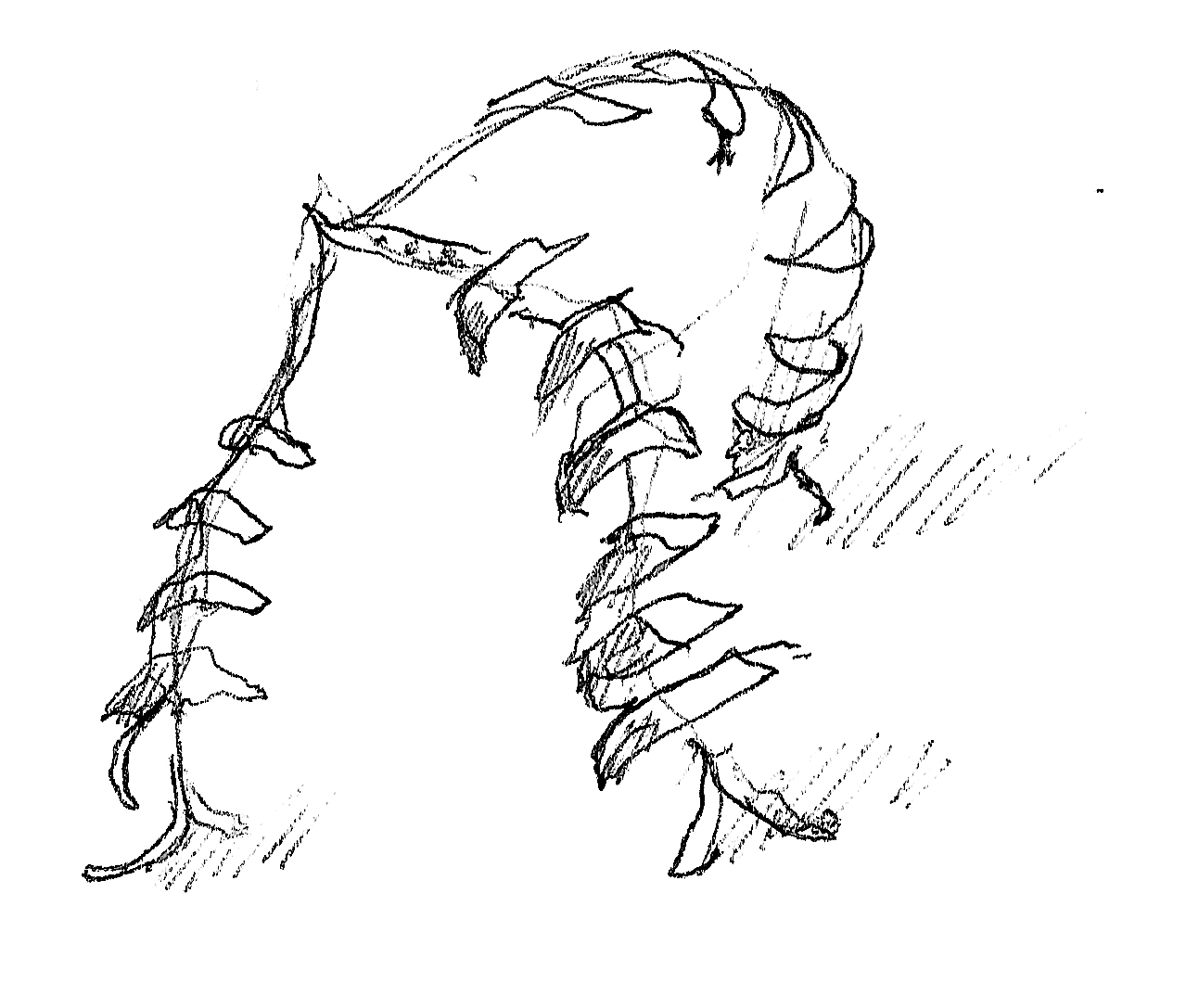
Sign language

Hymn/ a Capella singing
Eu já morri uma vez
ora tanchão e o morrer achei tão doce
Ainda voltava a morrer
ora tanchão se por tua causa fosse
Já fui alegre e cantei
ora tanchão e agora sou desta sorte
já fui retrato de vida
e agora o serei da morte
Esta moda do tanchão
ora tanchão quem a havia de tecer
uma pobre tecedeira
ora tanchão entre os paus do seu tear
****
I have already died once
and dying I found so sweet
I'd still die again
I'd die again if it was for you
I've been happy and I've sung
and now this is my fate
I've been a portrait of life
And now I'll be a portrait of death
This way of singing
who would have woven it
a poor weaver
between the sticks of her loom
tanchão
Há várias versões desta moda na Ilha de S. Miguel.
Há o “tanchão” cantado e balhado no concelho da Povoação, existe outro para os lados da freguesia da Maia no concelho da Ribeira Grande, que infelizmente já se perdeu na voragem dos tempos, e há aquele que, mais se canta e balha, cujo a recolha foi feita na freguesia da Achadinha, concelho do Nordeste, com uma coreografia muito bonita e com um cantar muito dolente.
A palavra tanchão, também significa uma estaca que nas Sete Cidades, era usada e ainda o é para amarrar os barcos, e marcar as propriedades, aquando da cheias na lagoa que naquela freguesia existe, e depois desta passar, saberem a divisória das mesmas, bem como nas Furnas, onde era usada apenas nesta última utilidade
No nosso tanchão, mostra-se a tensão entre o desespero e a animação, que são dois elementos de destaque na alma micaelense. Uma das marcações deste balho lembra o voo da borboleta a voar de flor em flor.
Scenes
Director of mining company and biologist meet




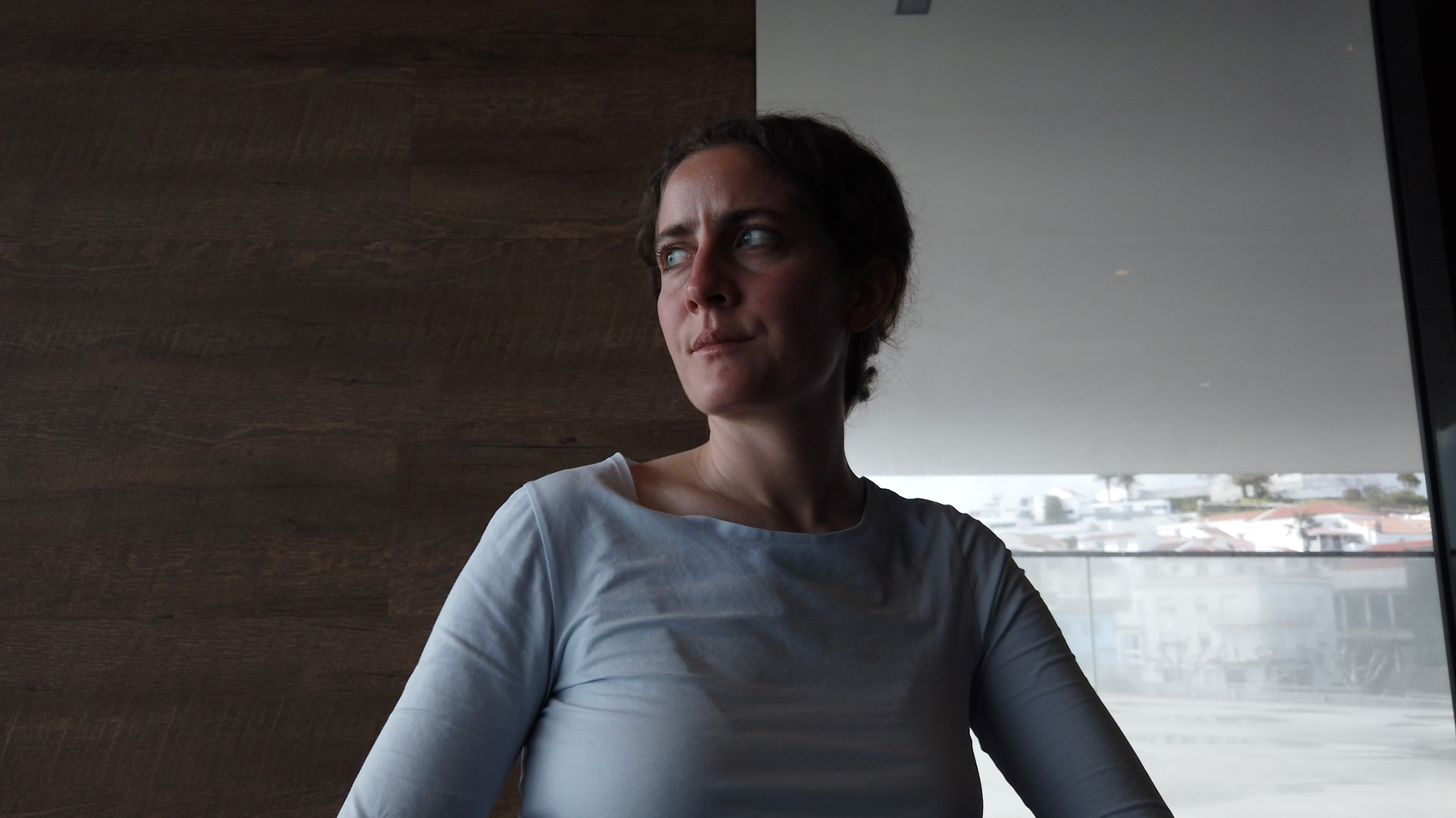
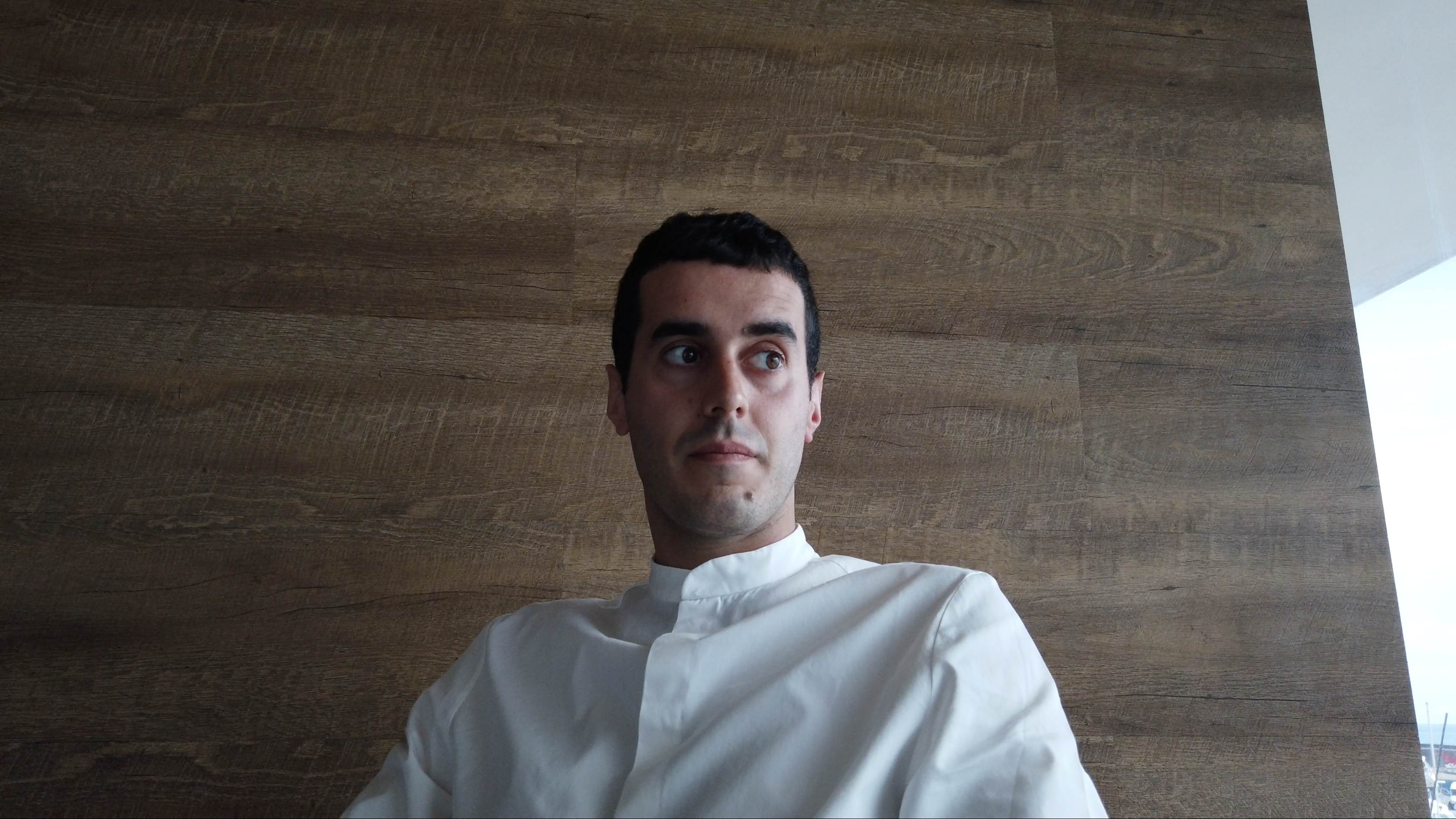
Romance walk (lagoa do negro myth inspired)

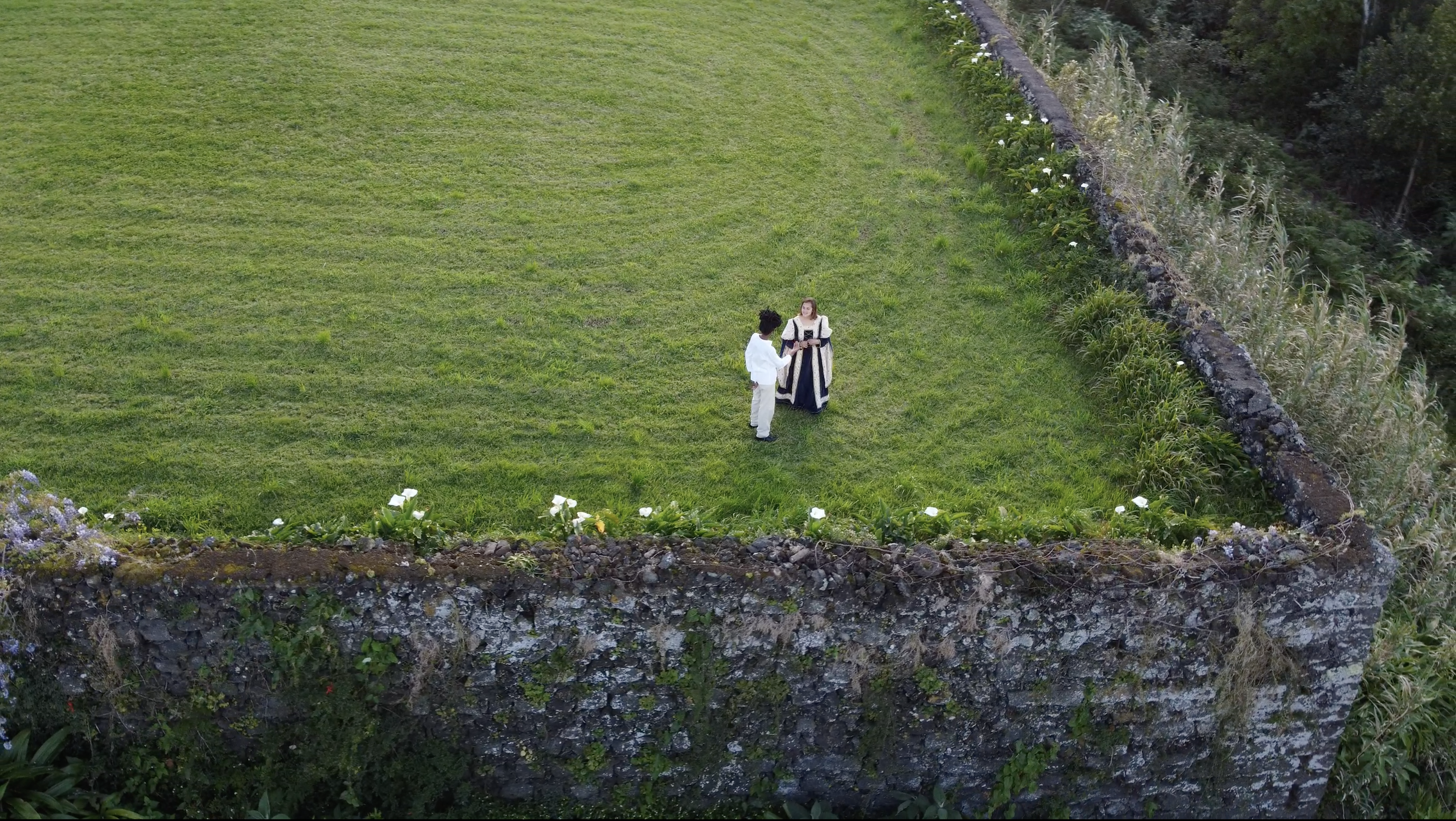



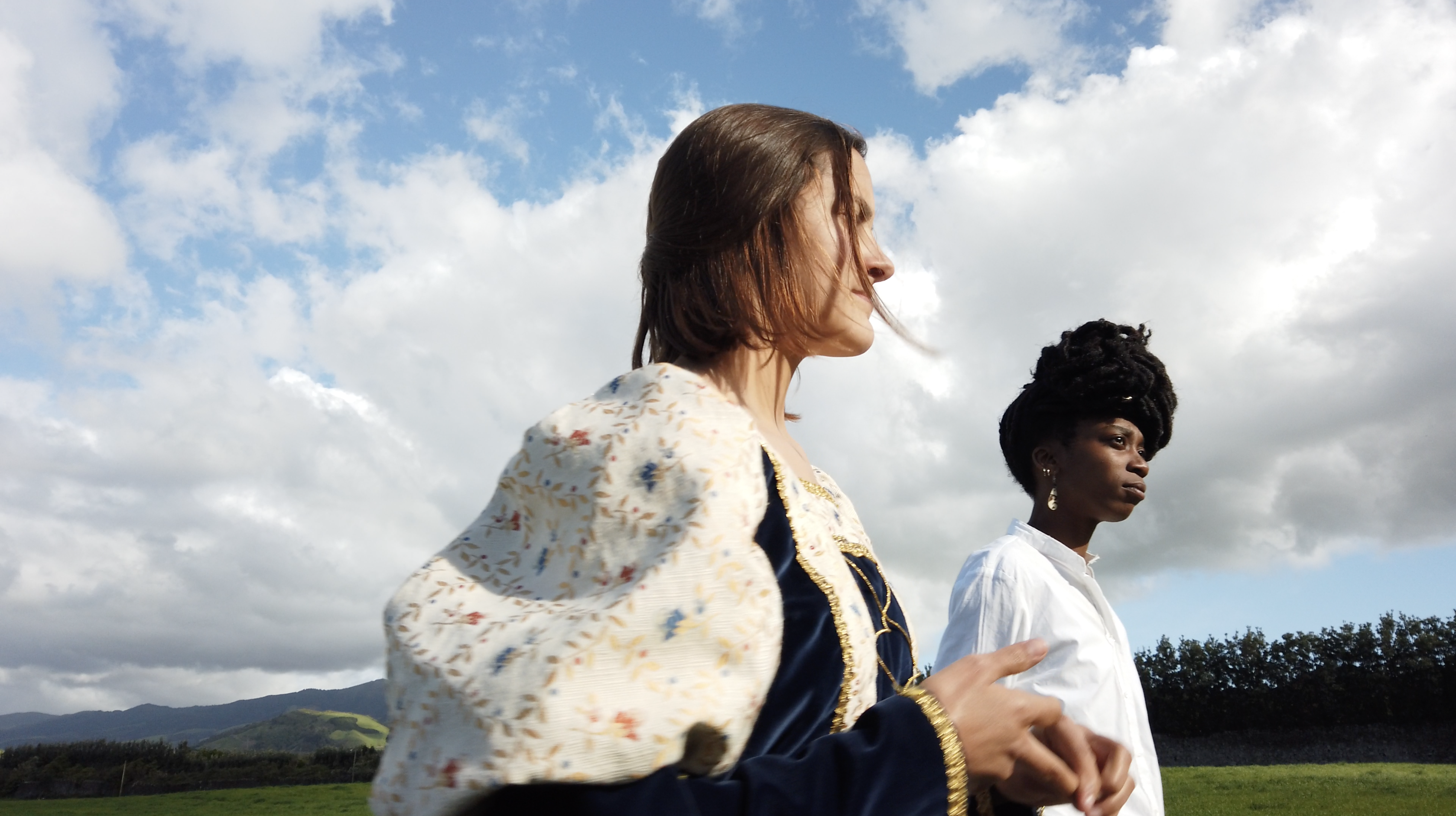
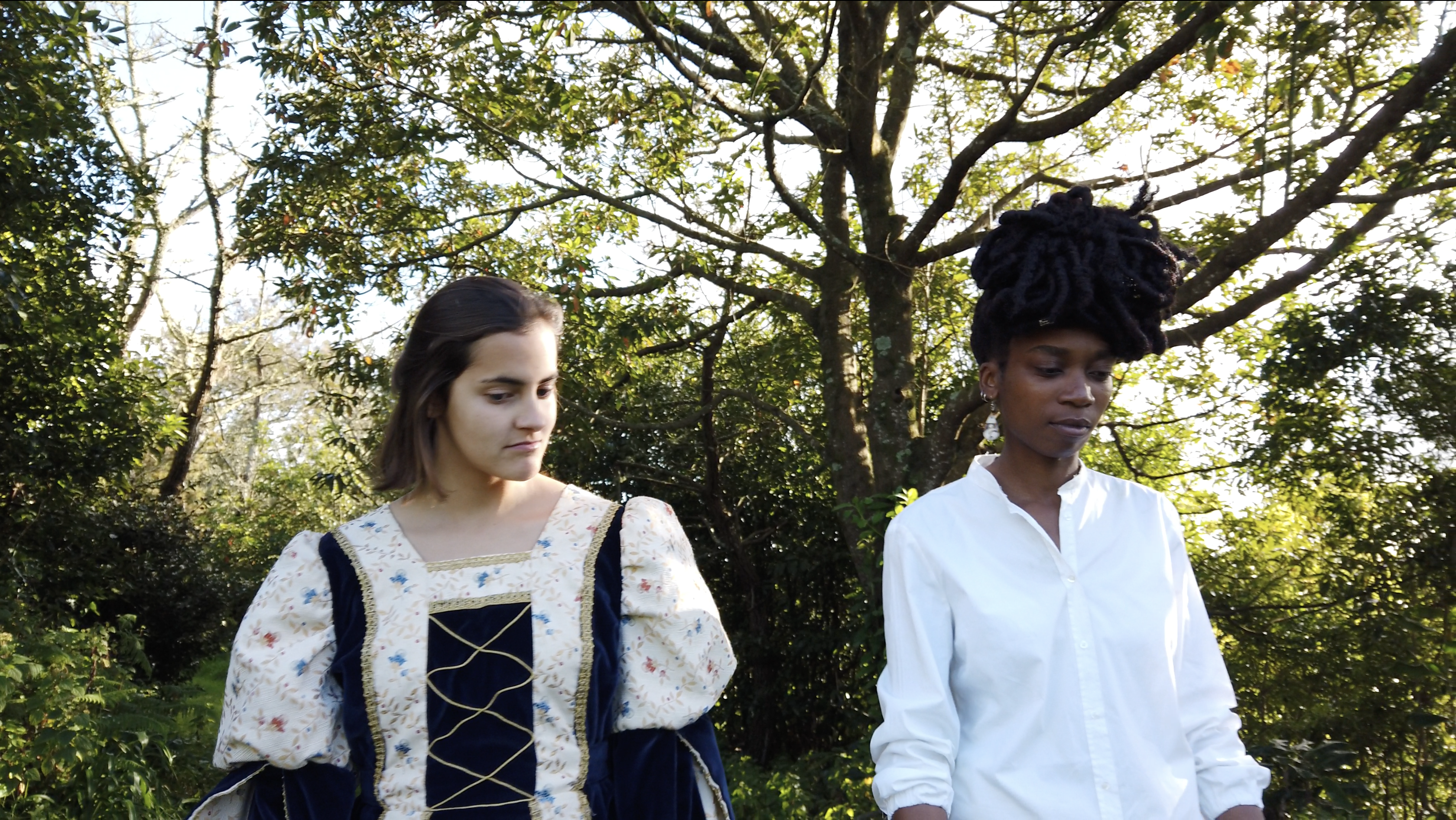

Futuristic capote scene

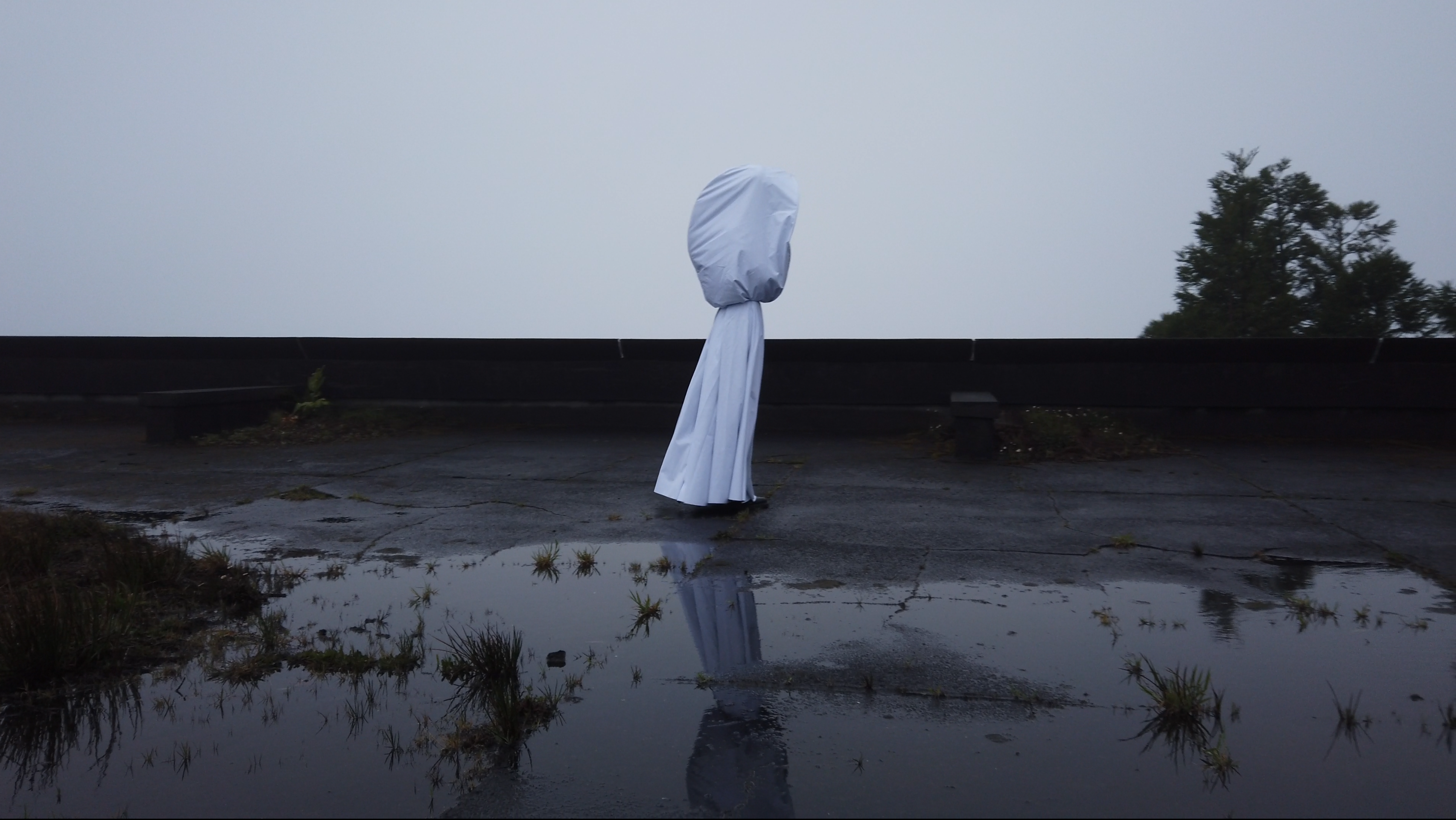
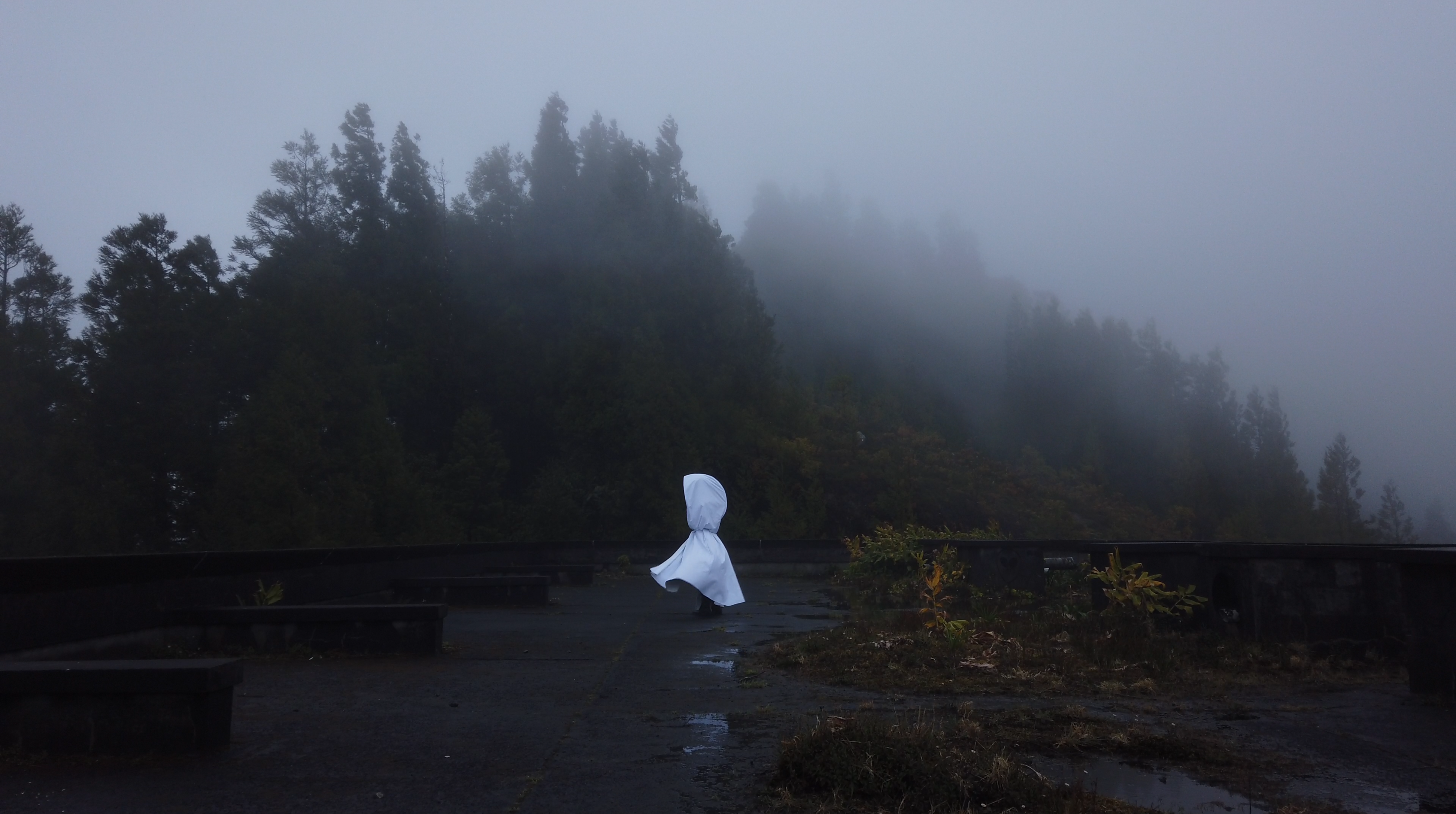
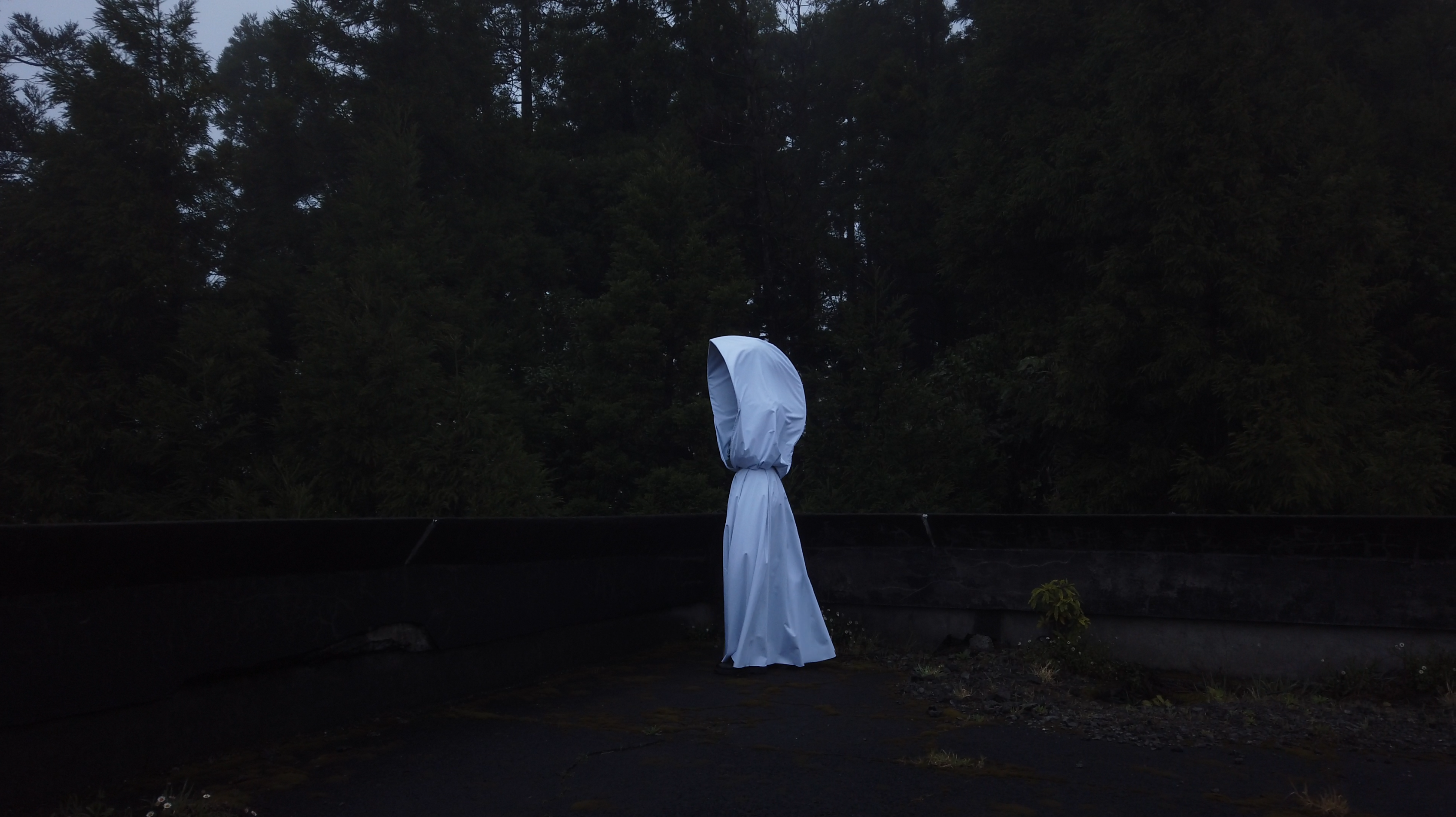

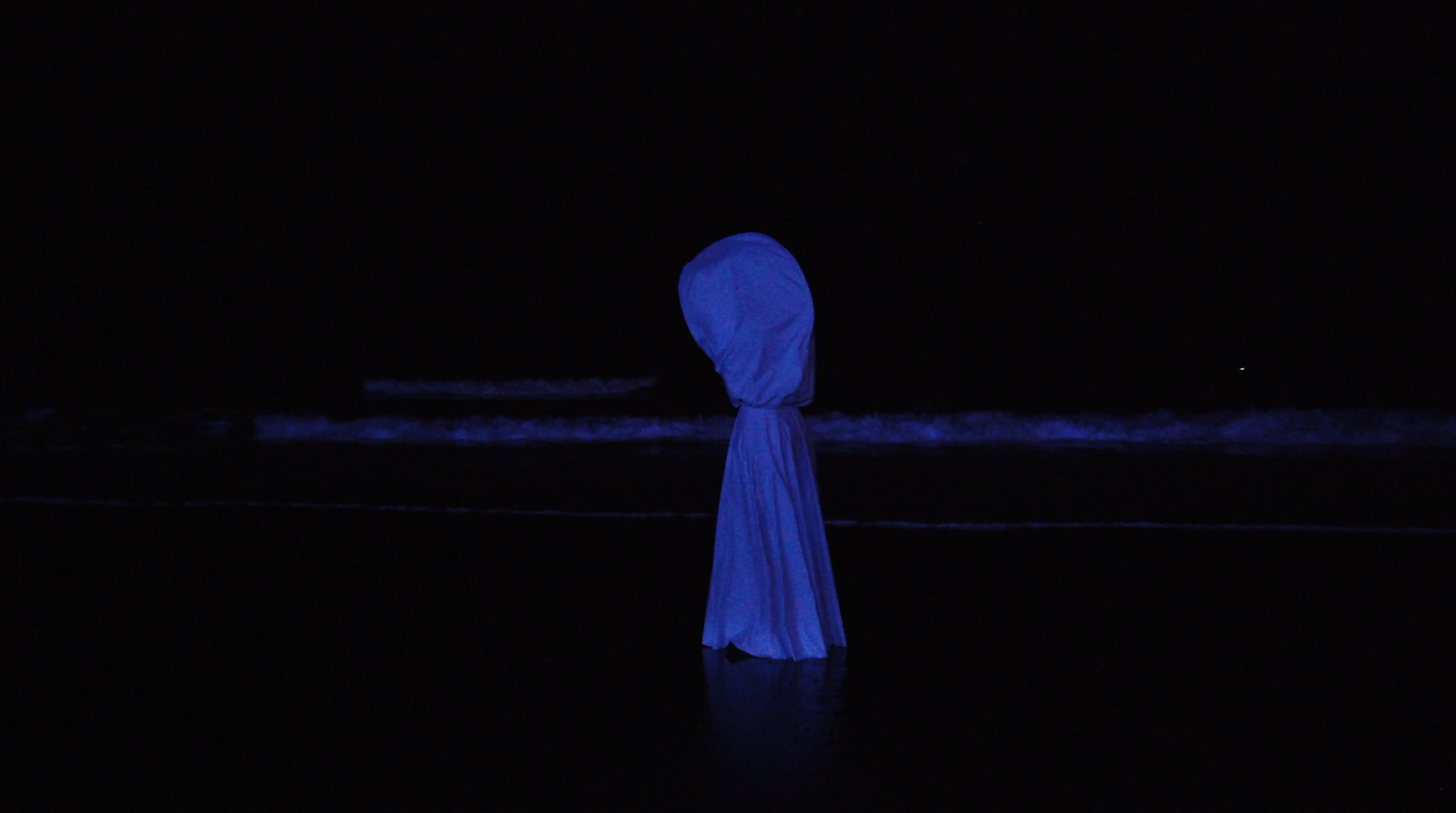
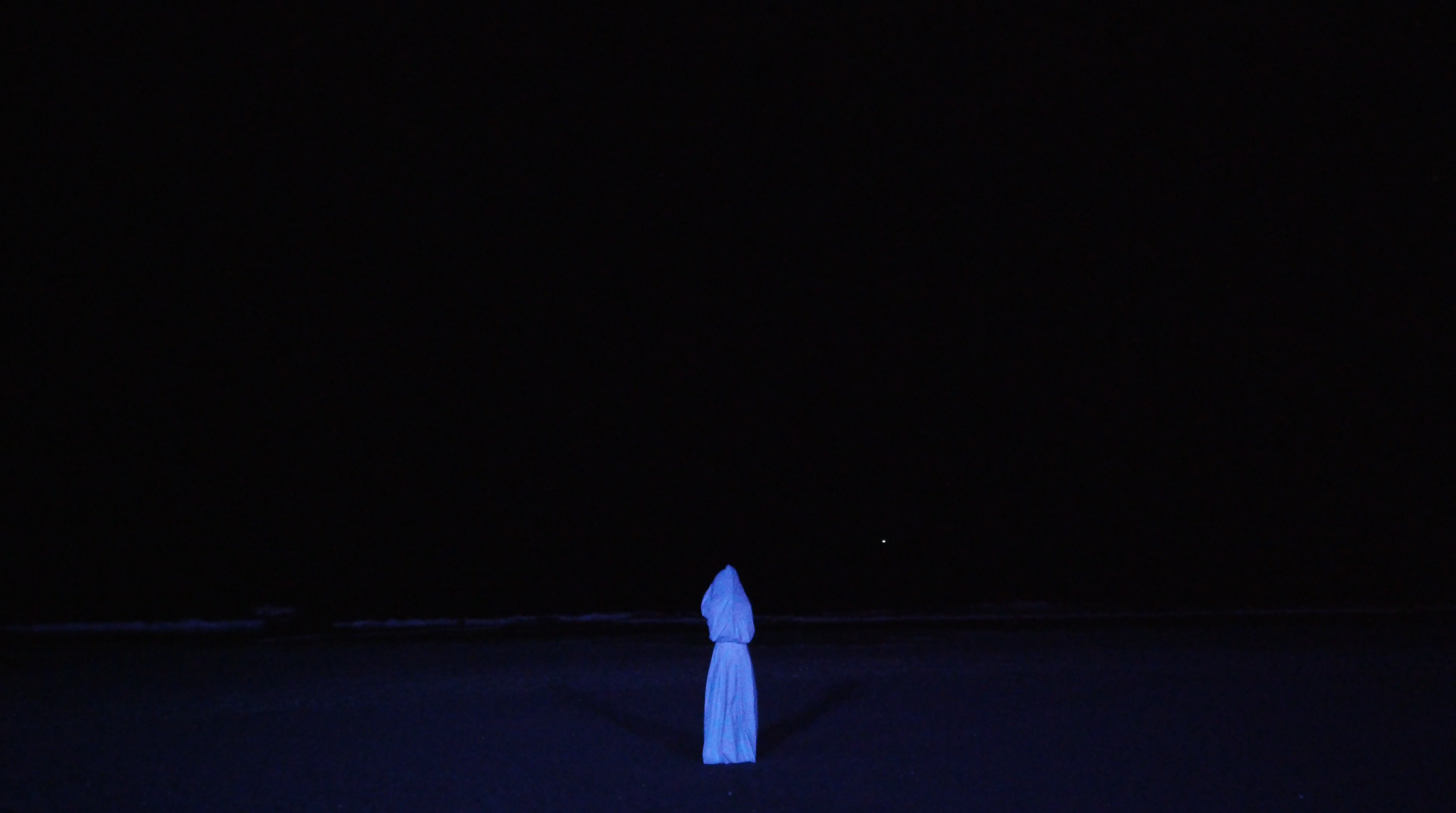
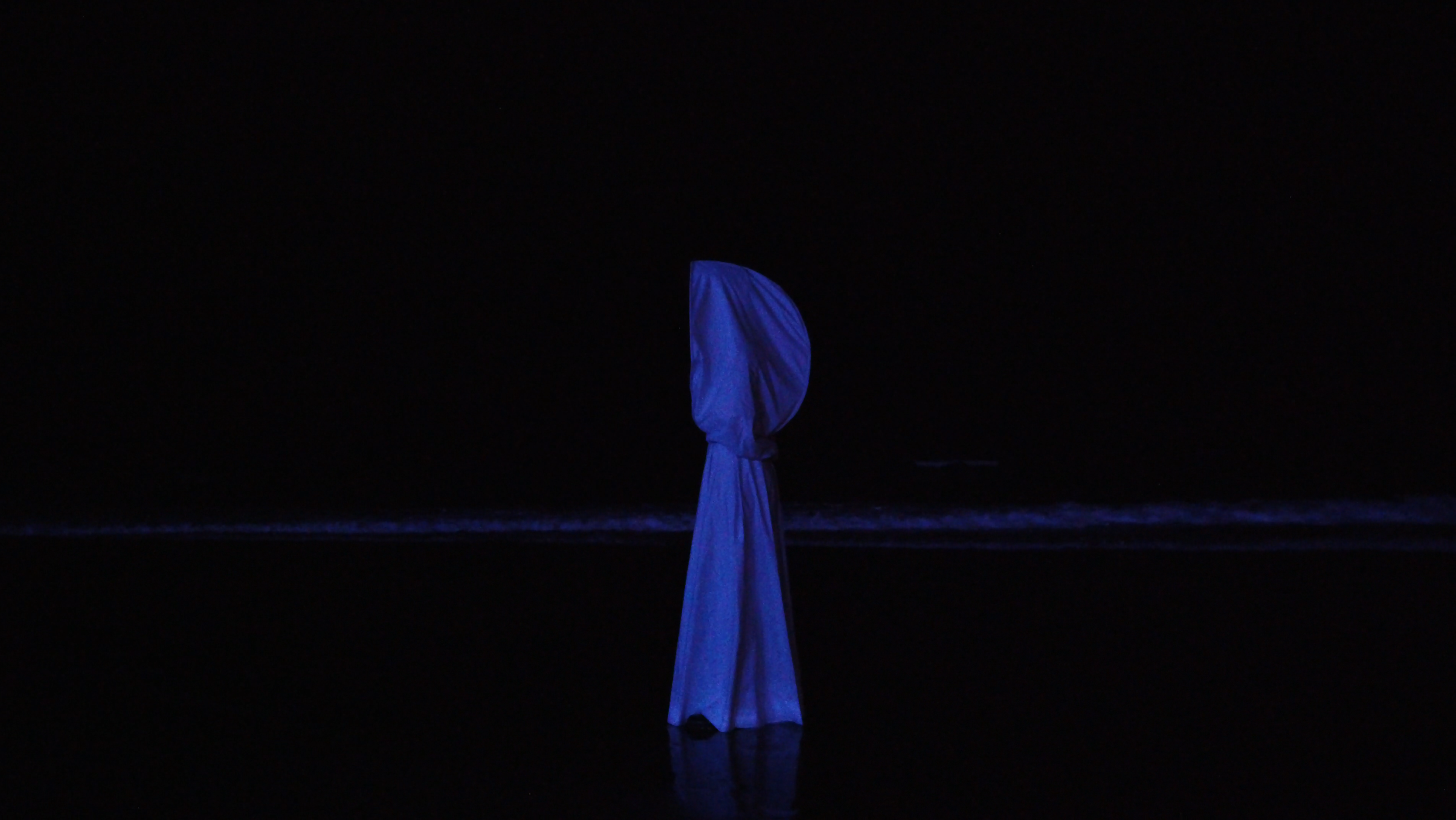


technological machine left on the hotel


Biologist in the island



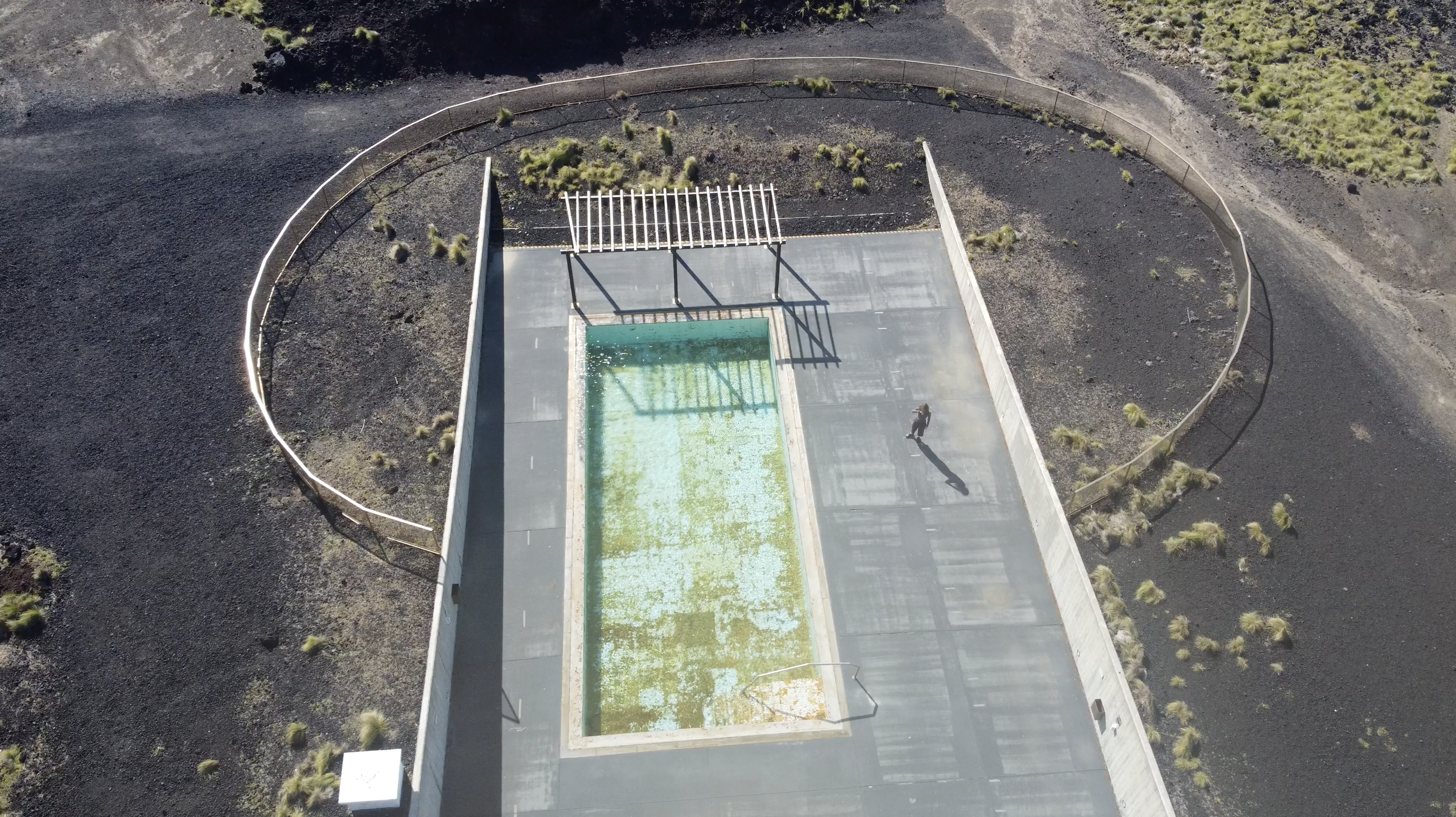



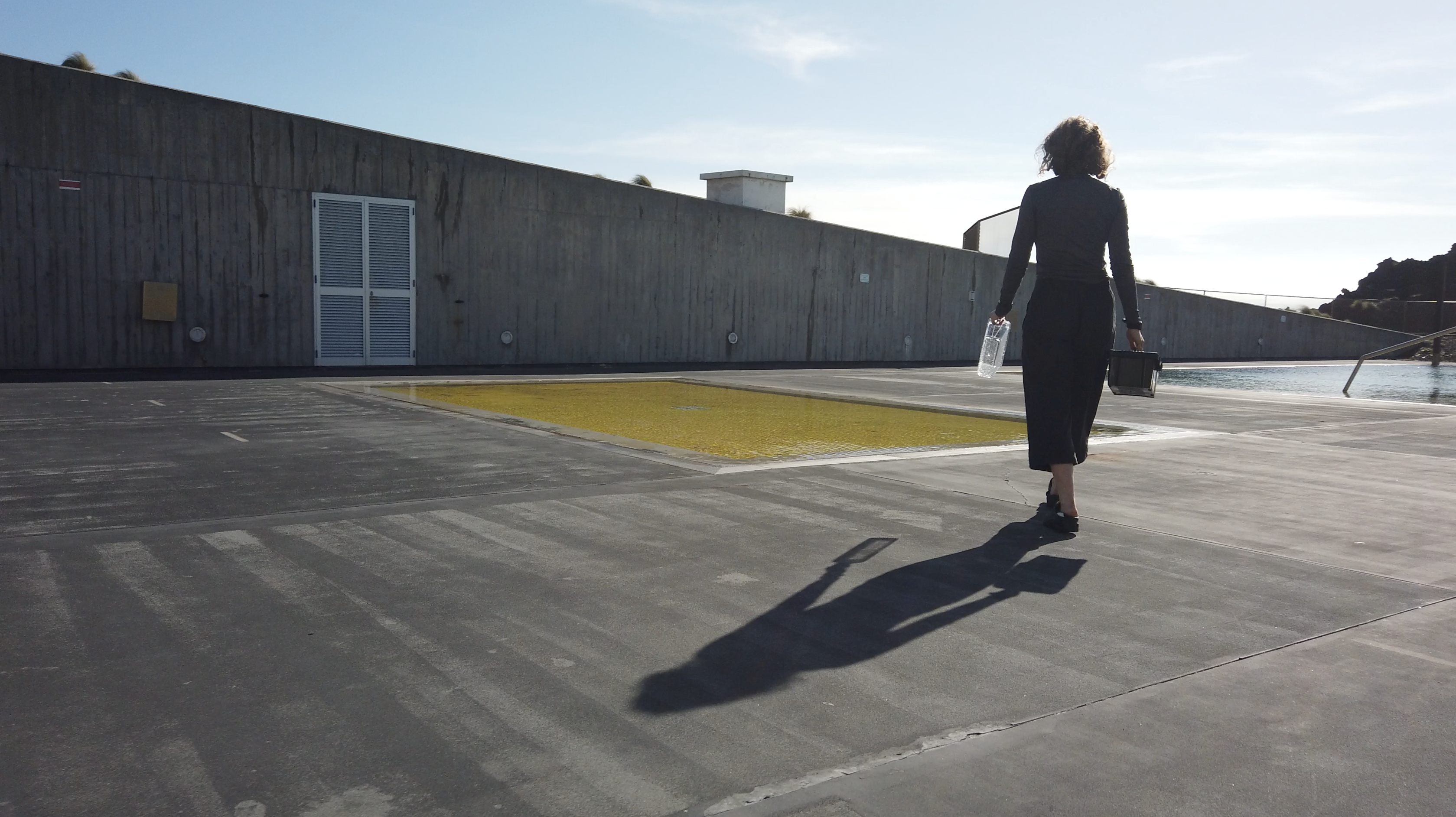



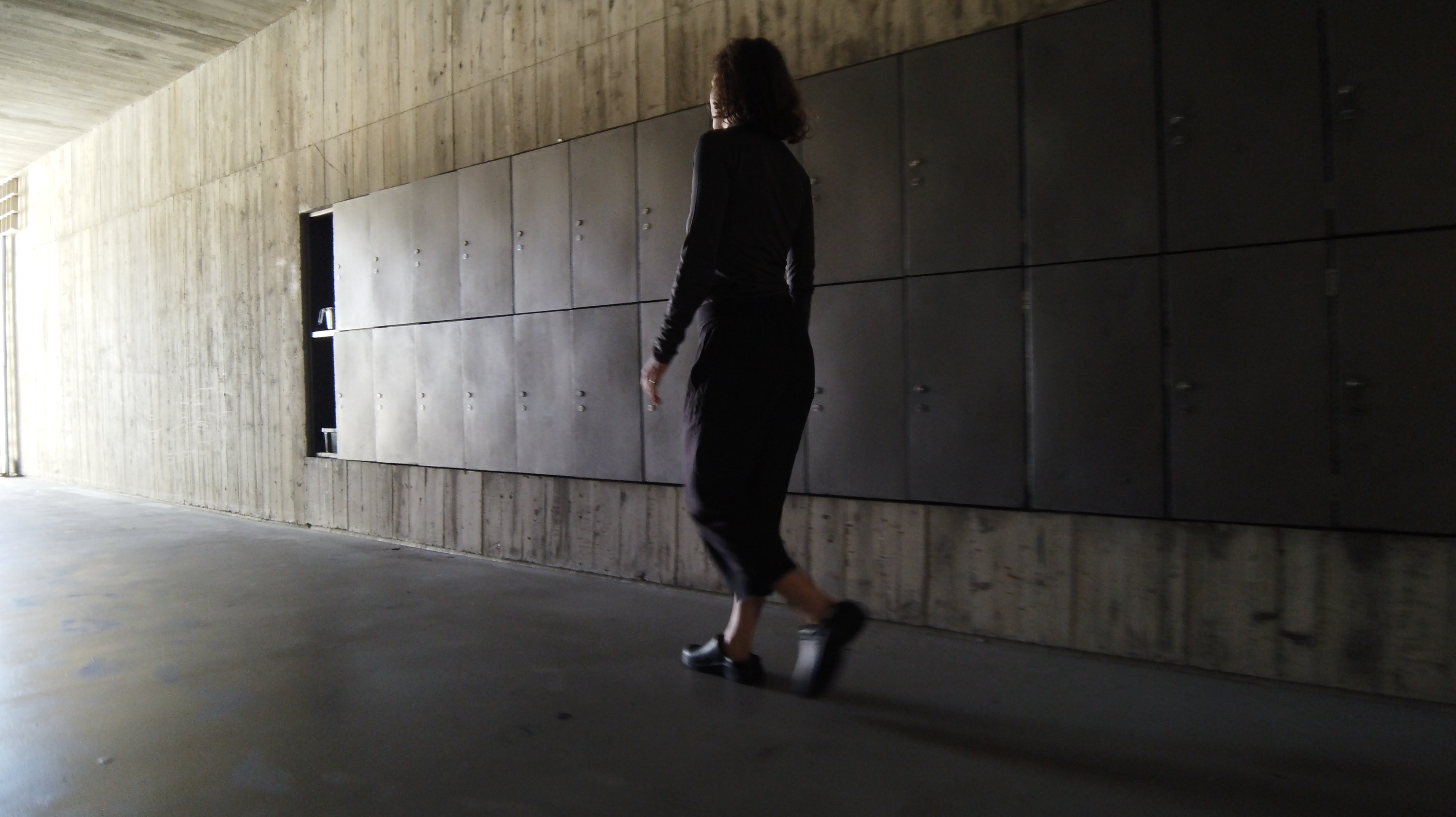


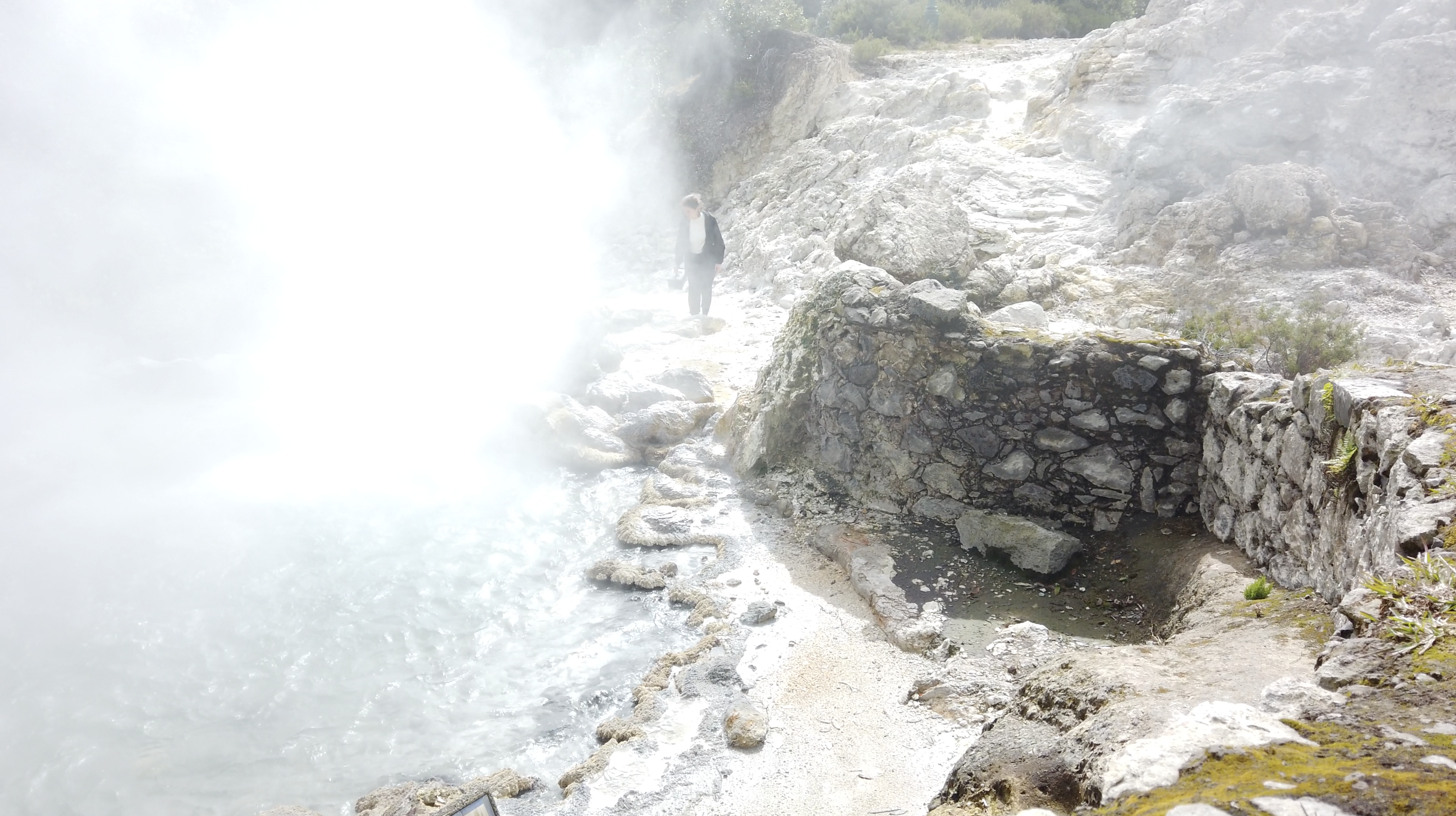
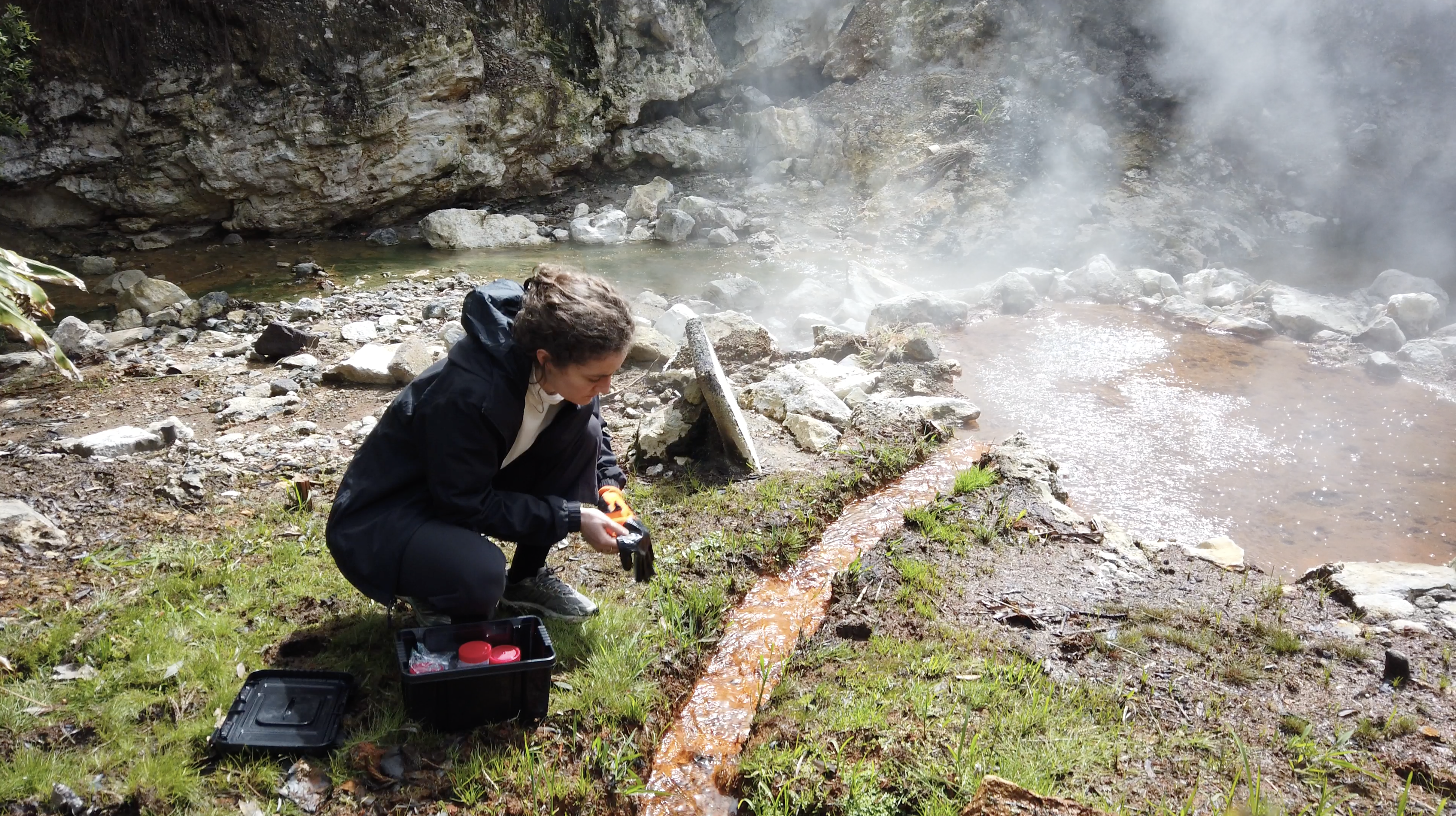

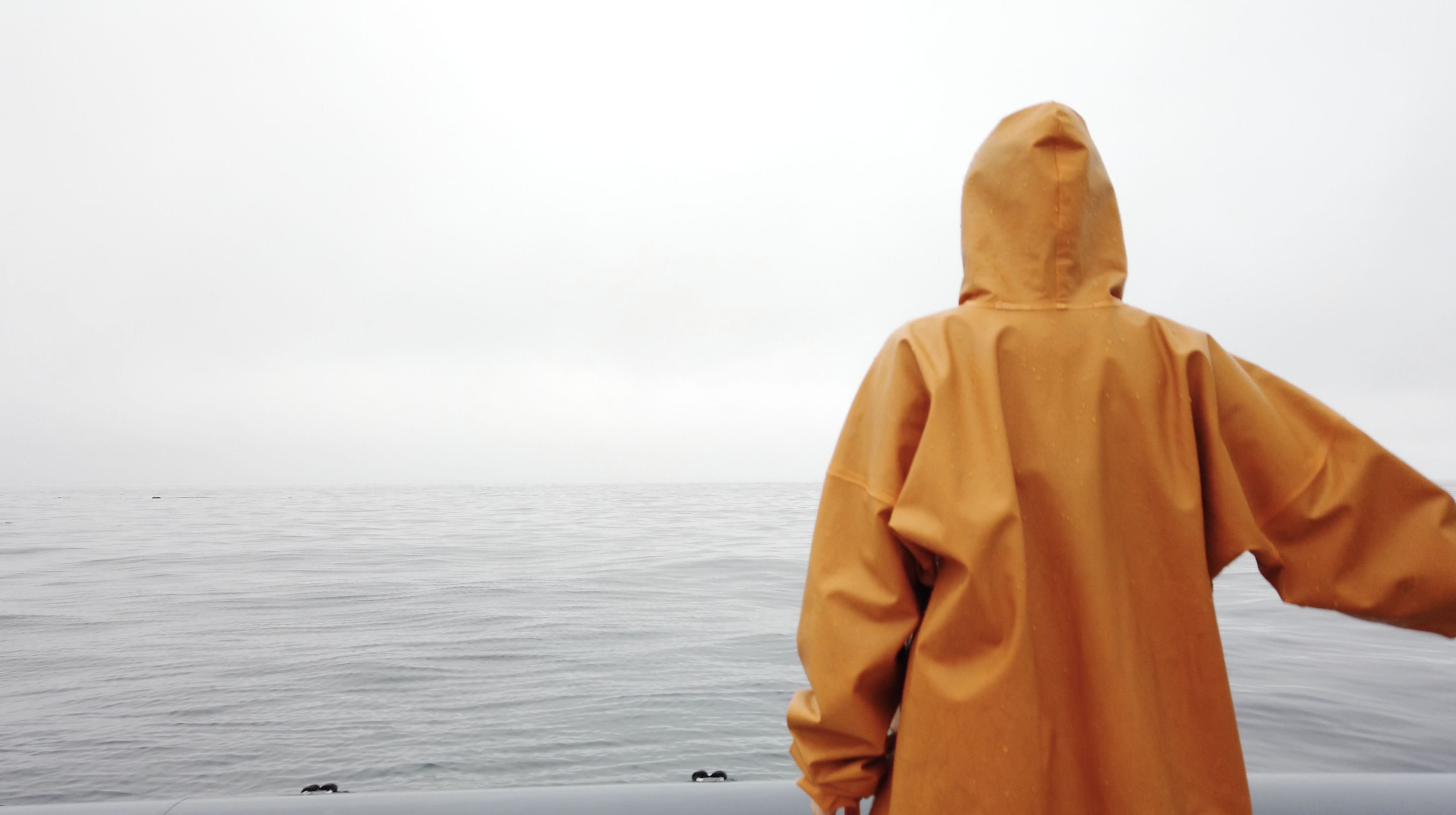


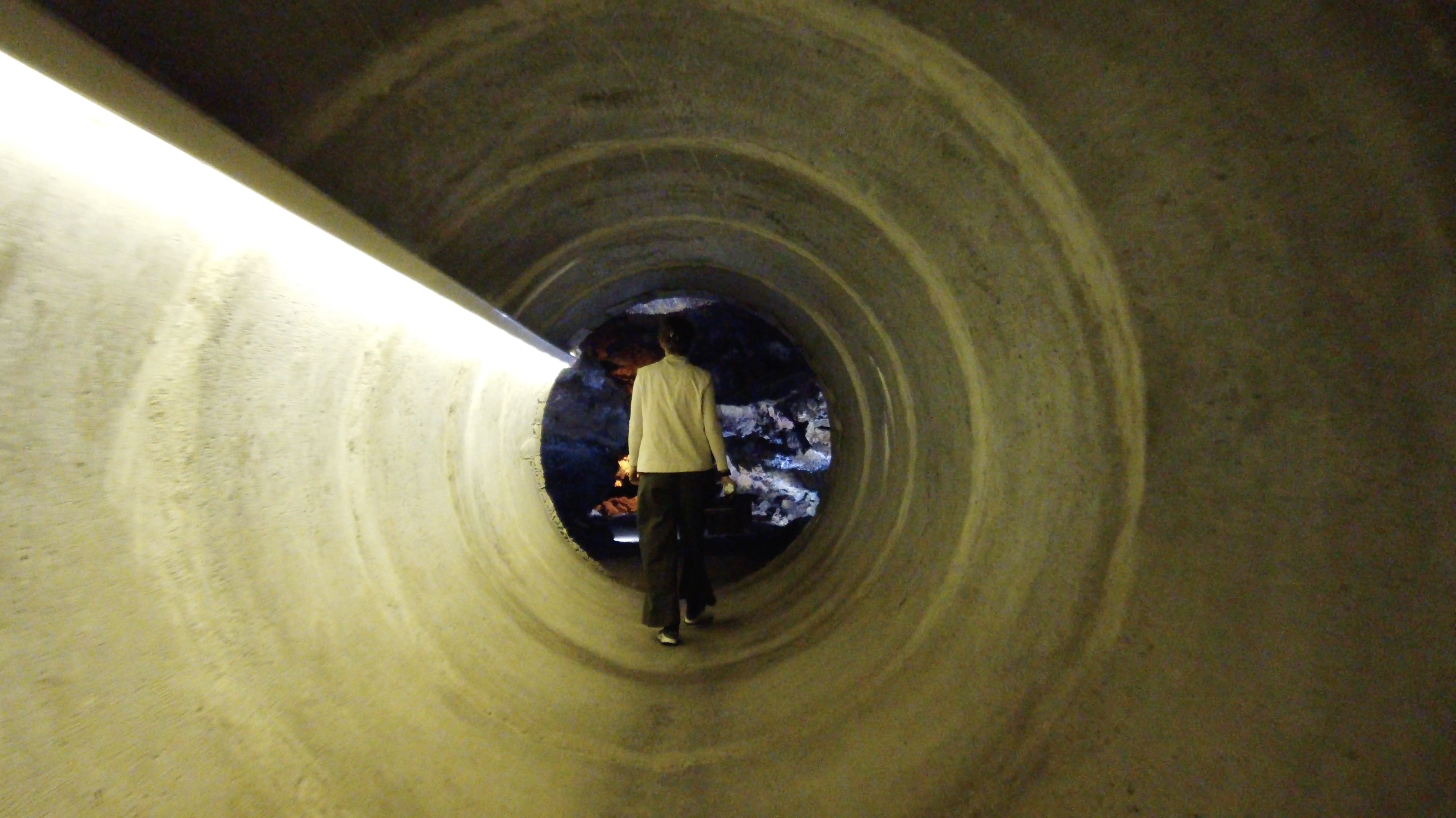
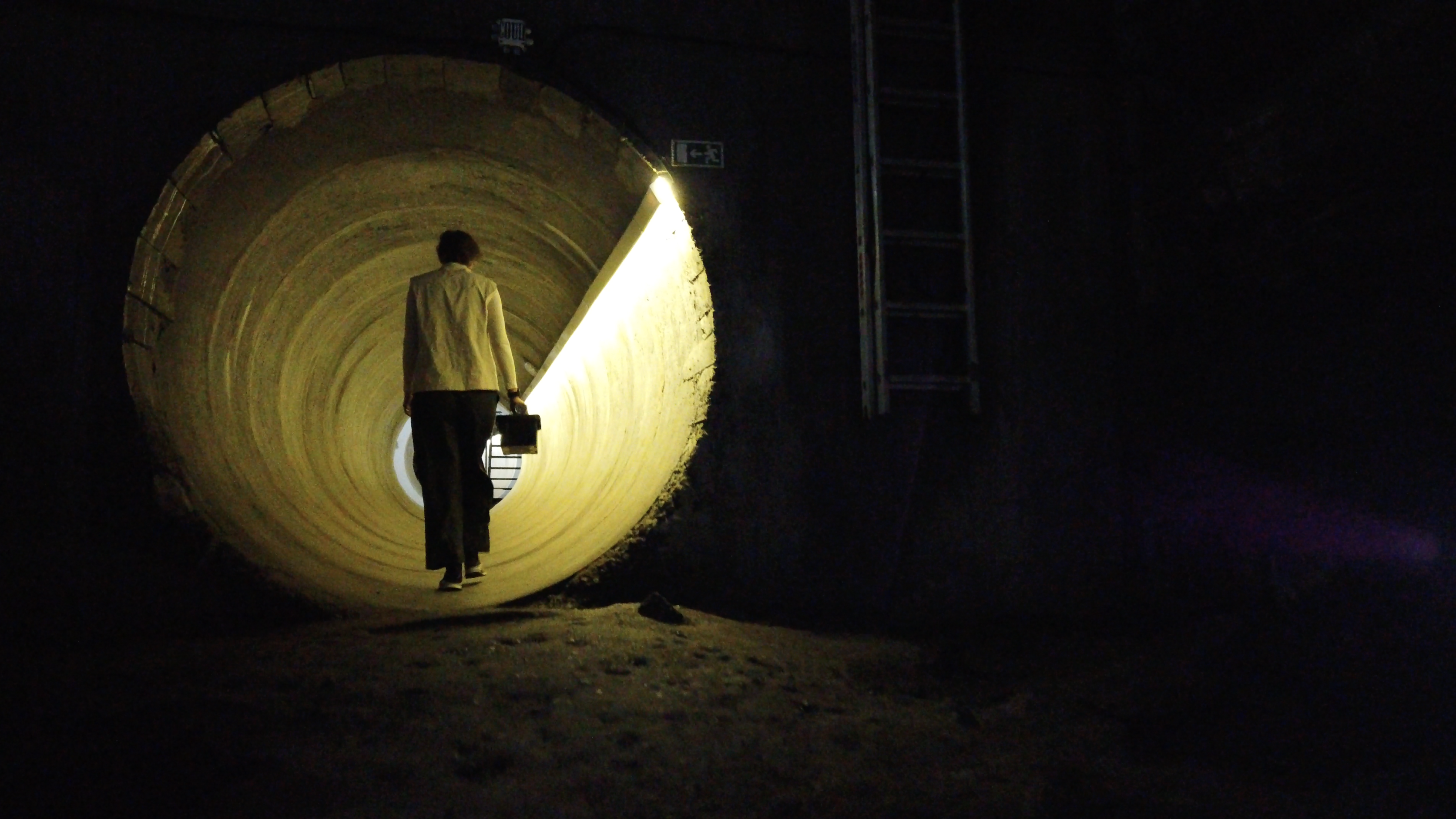
Natural scenes





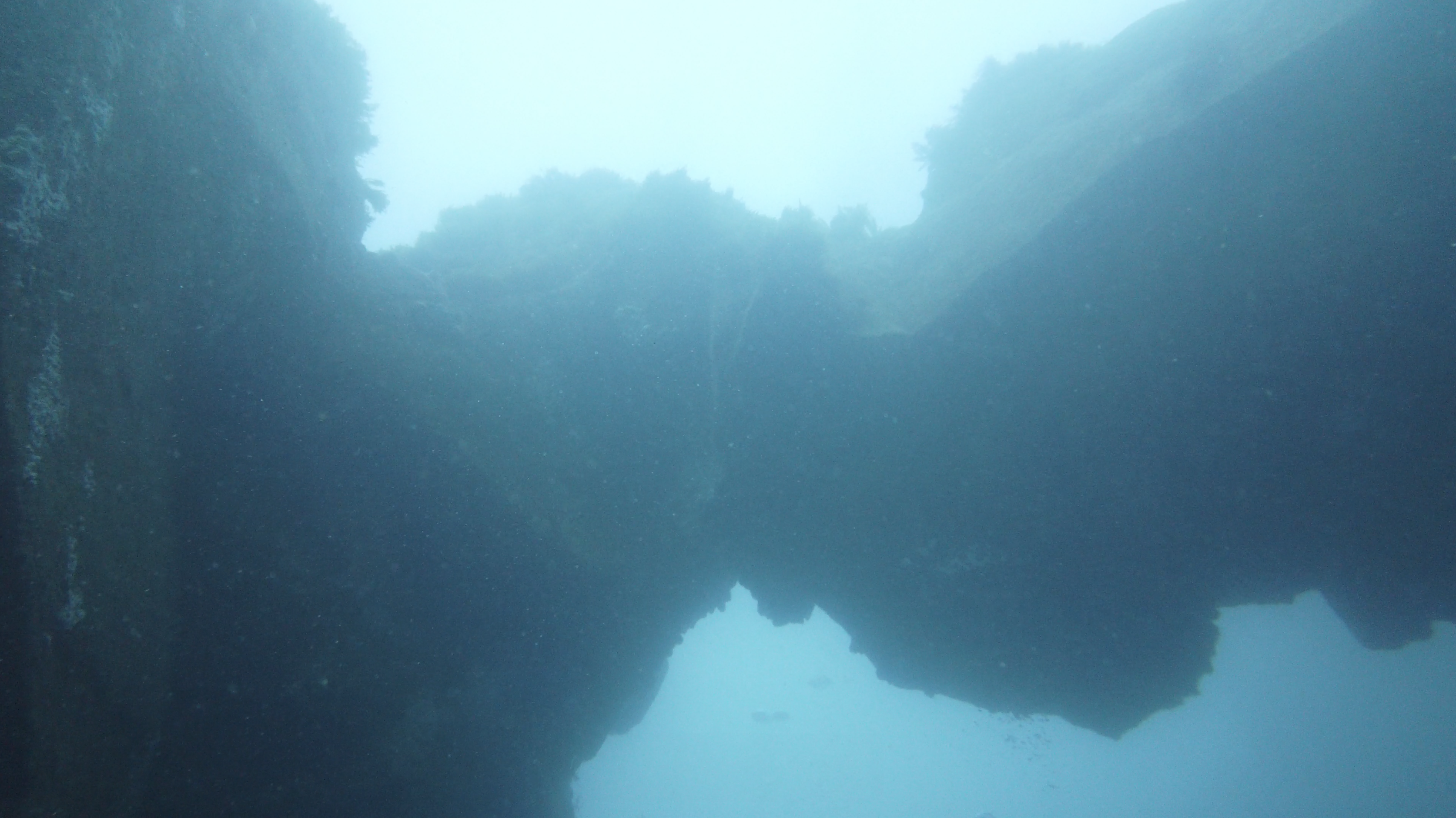
Micro/Macro
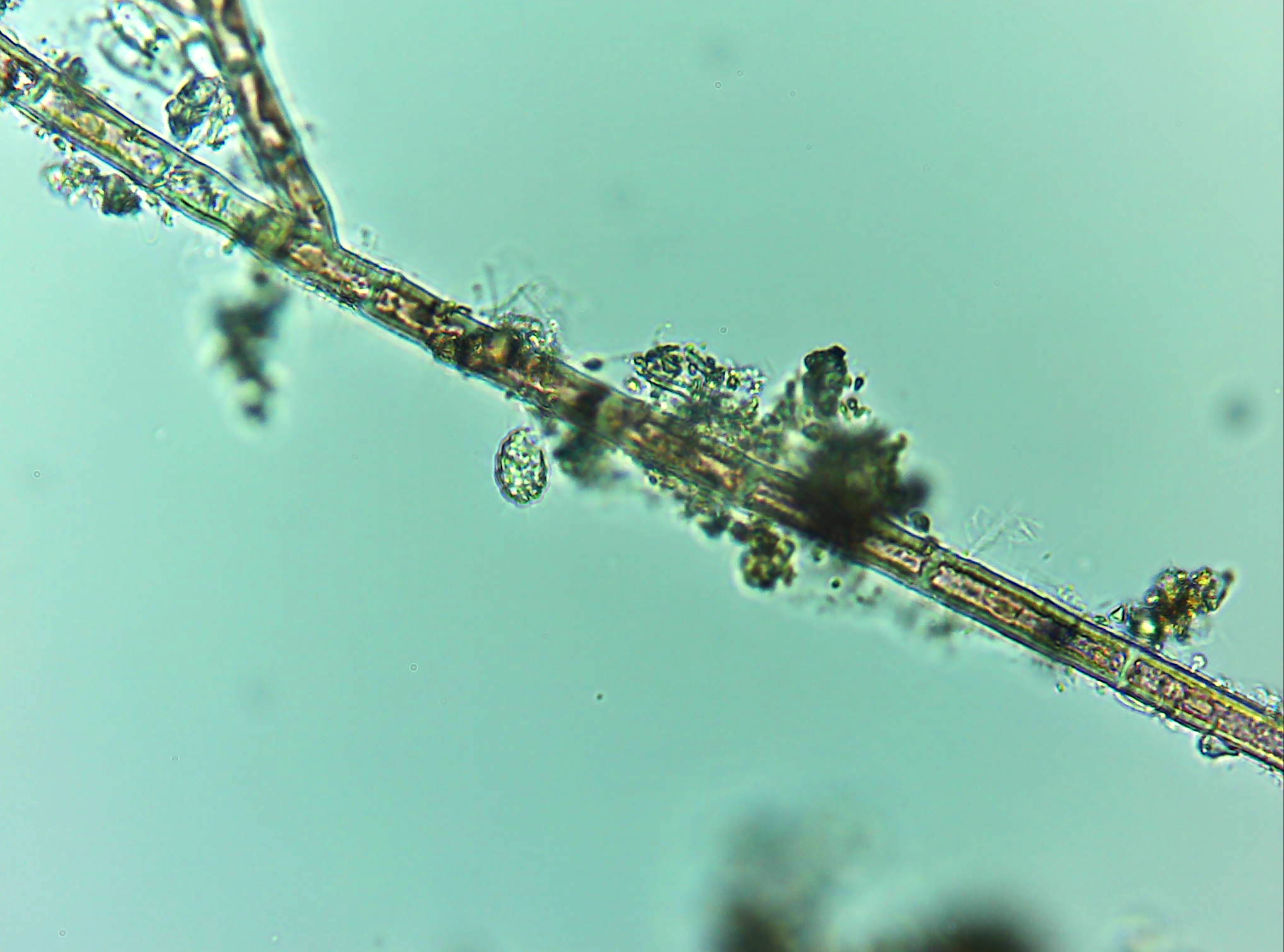

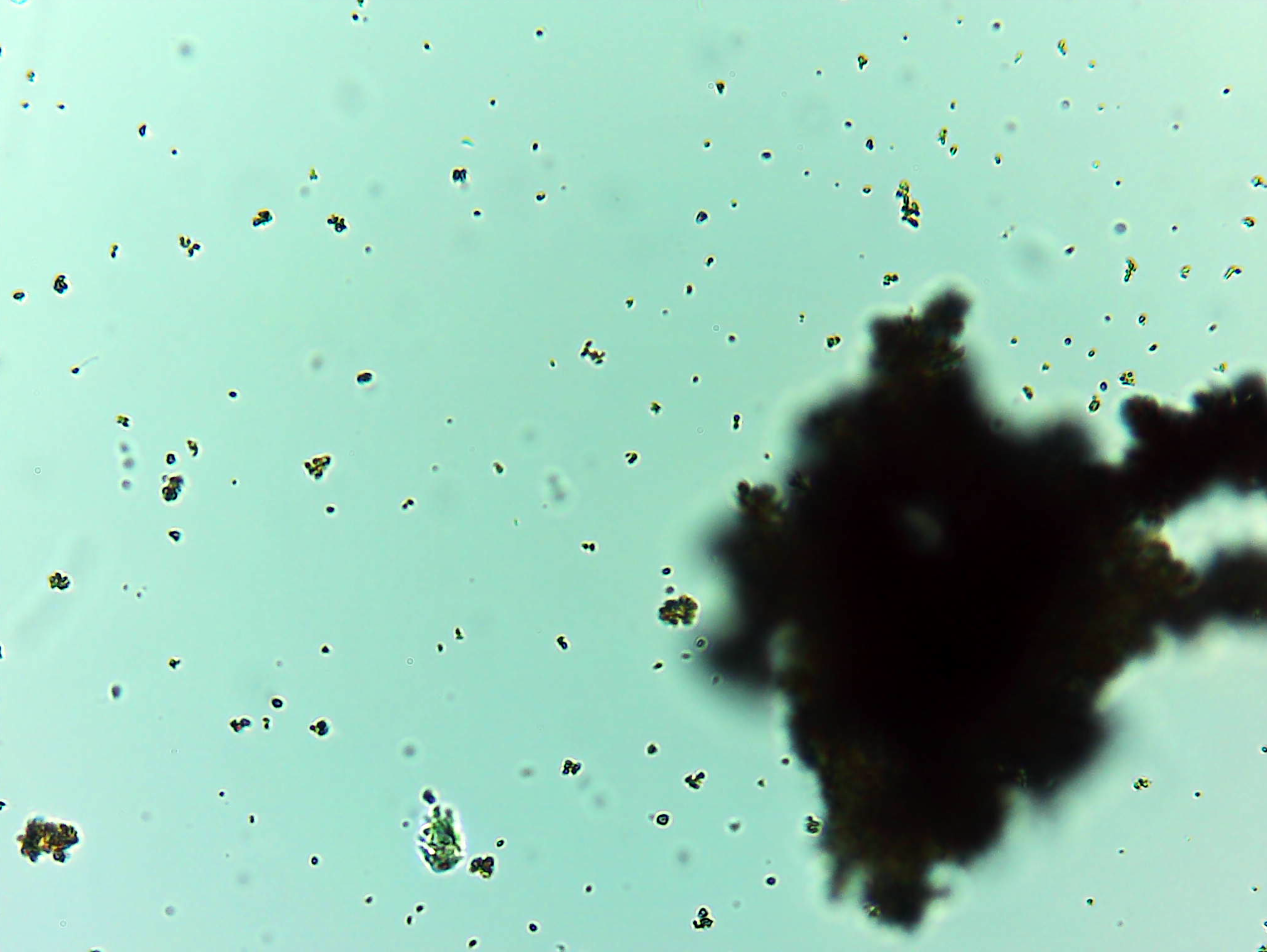


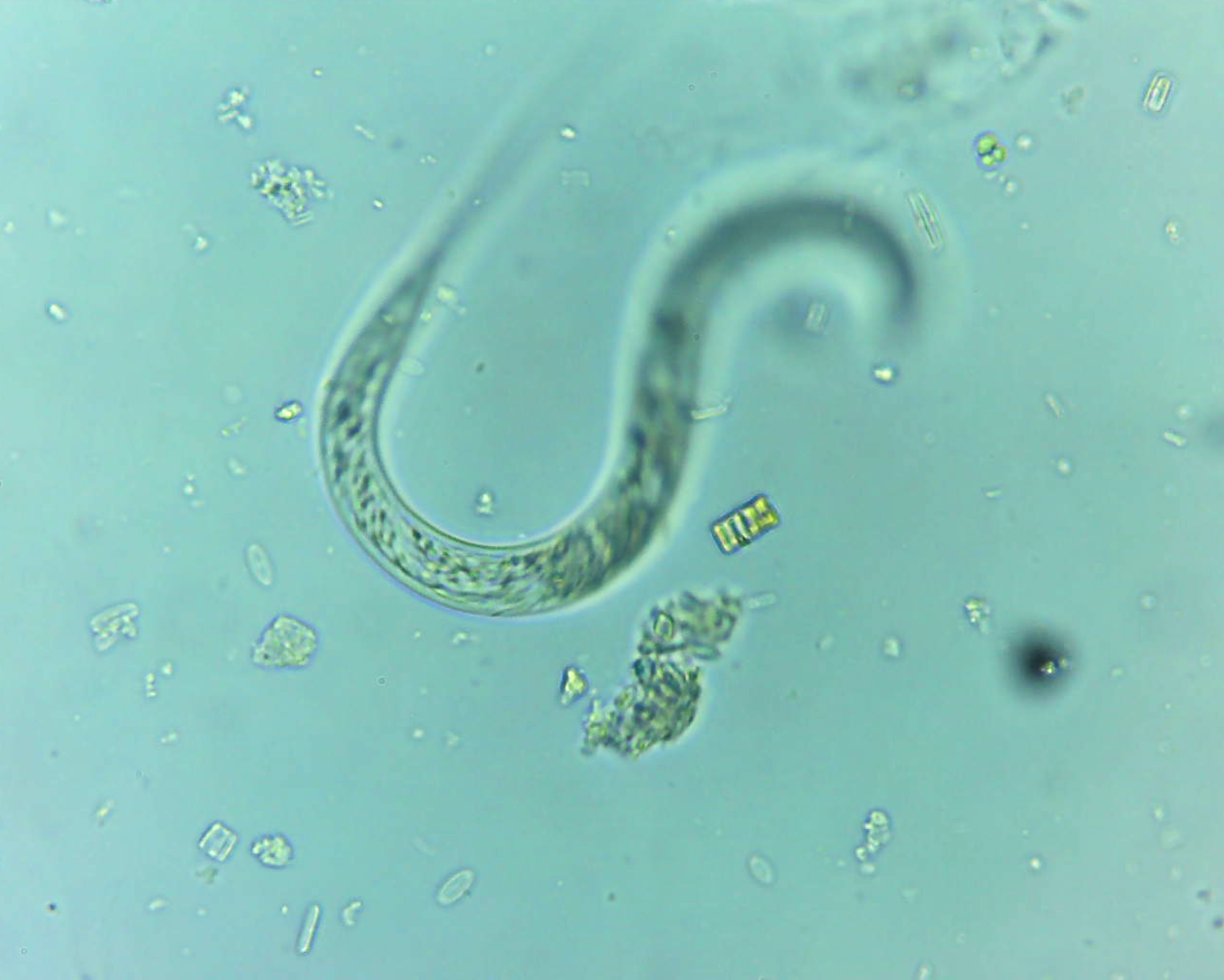
Azorean farmer singing
Locations
Gruta do carvã0
Piscinas da Ferraria
Campo numa zona rural
Hotel/ sete cidades
Observatório microbiano
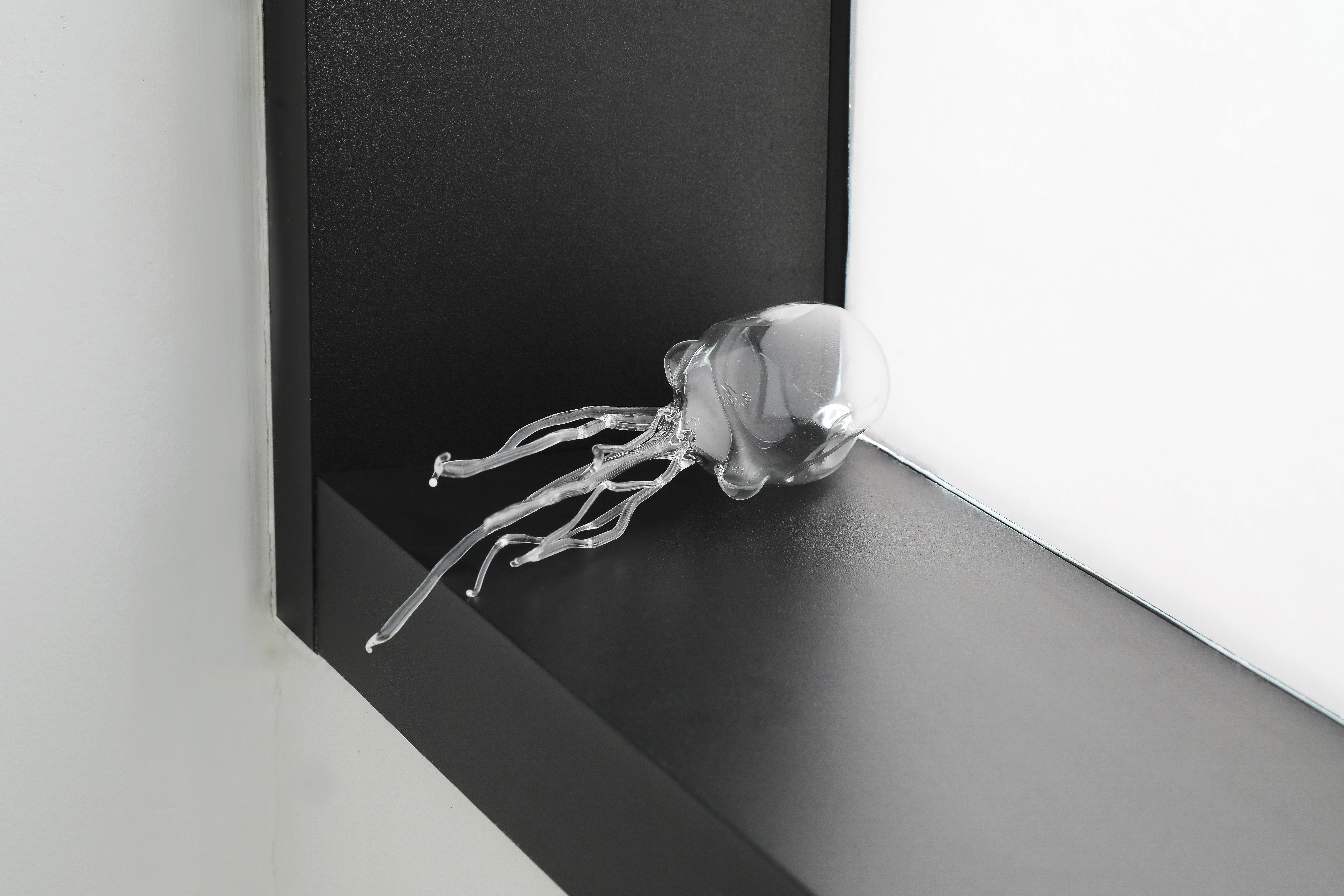
~~~~~~~~~~~~
here some formal references for the criation of sculptures
~~~~~~~~~~~~
DIATOMS
In 1703, an anonymous Englishman, known to history only as Mr. C, wrote to the Royal Society of London to report on a peculiar observation he’d made using only a simple microscope. He’d been looking at the roots of pond-weed, but as he looked closer, he found attached to the roots, “‘many pretty branches, composed of rectangular oblongs and exact squares.’” At first, he assumed these geometric attachments must be salt crystals. But the more he experimented and looked through his microscope, the more he realised there might be something amazing going on here. These tiny, beautiful shapes seemed kind of plant-like. Today, with the benefit of many, many more observations, and far superior equipment, we know that this 18th century letter is one of the earliest descriptions of a diatom, a photosynthetic, unicellular algae that can become so plentiful that oceanic blooms of these organisms, which we cannot see individually without a microscope, are nonetheless visible from space. But, we wouldn’t be talking about diatoms if we needed to be in space to observe them. You can find these tiny organisms just about anywhere that has water and light. Looking at them through a microscope, you might understand why microbe hunters are so fond of them. They have been called “the jewels of the sea”. Those beautiful outer shells are called frustules, and they set diatoms apart from every other living creature. Unlike the organic cell walls and membranes we associate with most cells, frustules are made out of inorganic silica, enclosing the cytoplasm of the diatom in, what is basically, glass. Silica shells take less energy to make and maintain compared to their organic counterparts, but they do come with a trade-off. Glass is…well, it’s glass.It’s hard to expand if you’re a unicellular organism trying to undergo asexual mitosis when your cell is inclosed in a rigid, inorganic material. Instead, when diatoms divide, the daughter cells take the old frustule and divide it between them, which means that the daughter cells are both going to be smaller than their parent, and they’re never going to grow any bigger. And as diatoms keep dividing, the daughter cells keep getting smaller and smaller. If this goes on forever, the diatom will get so small that it cannot survive. But diatoms that are starting to get too small can avoid that fate through sexual reproduction, which is kind of a refresh button that lets them construct a new frustule for a larger daughter cell.
(...)
It might be tempting to think of these cells just as little microscopic jewels, just something nice to look at, but they also have a huge impact on our world. Of all of the photosynthesis being done on Earth, around 1/5 is done by diatoms, which puts them on par with all rainforests on earth combined. And it means we owe a great deal to these microorganisms. And not just our oxygen, when they die, their silica frustules sink to the bottom of the water that they're in and accumulate into a soft, chalky rock that we know better diatomaceous earth. That key ingredient in beer and wine filtration, paint, and of course, cat litter. So, yes, these beautiful jewels that the unknown Mr. C spotted in 1703 don’t just provide us with every fifth breath we take, they also help make our cat litter more absorbent.
And also, they’re just really nice to look at.



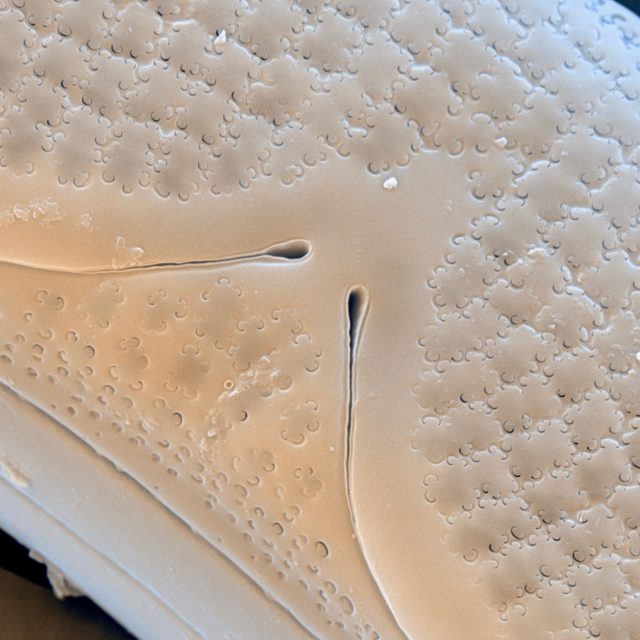
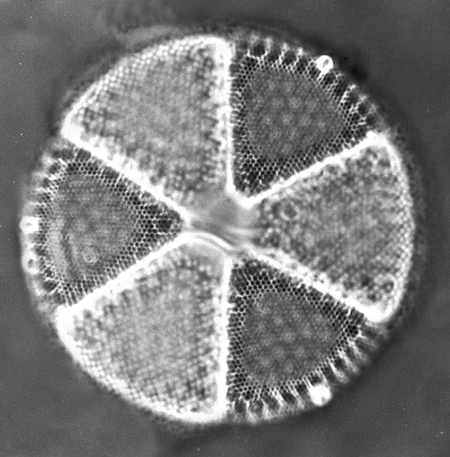

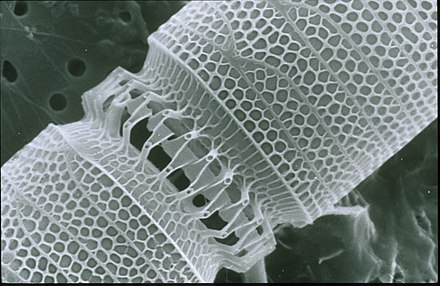
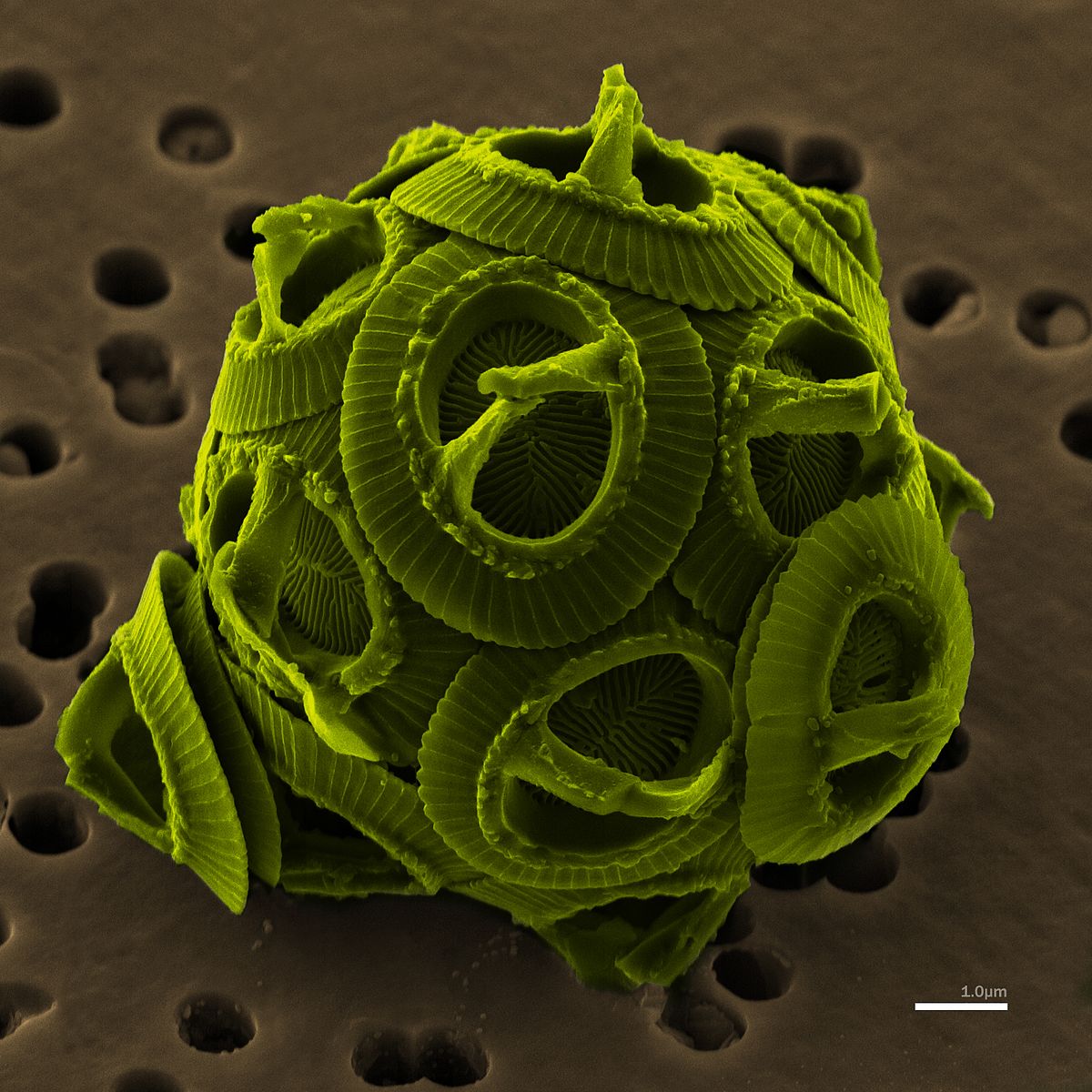

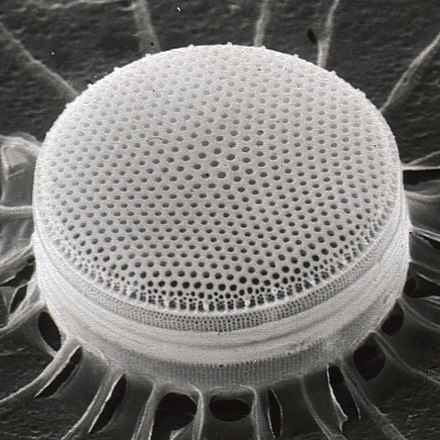



Surirella

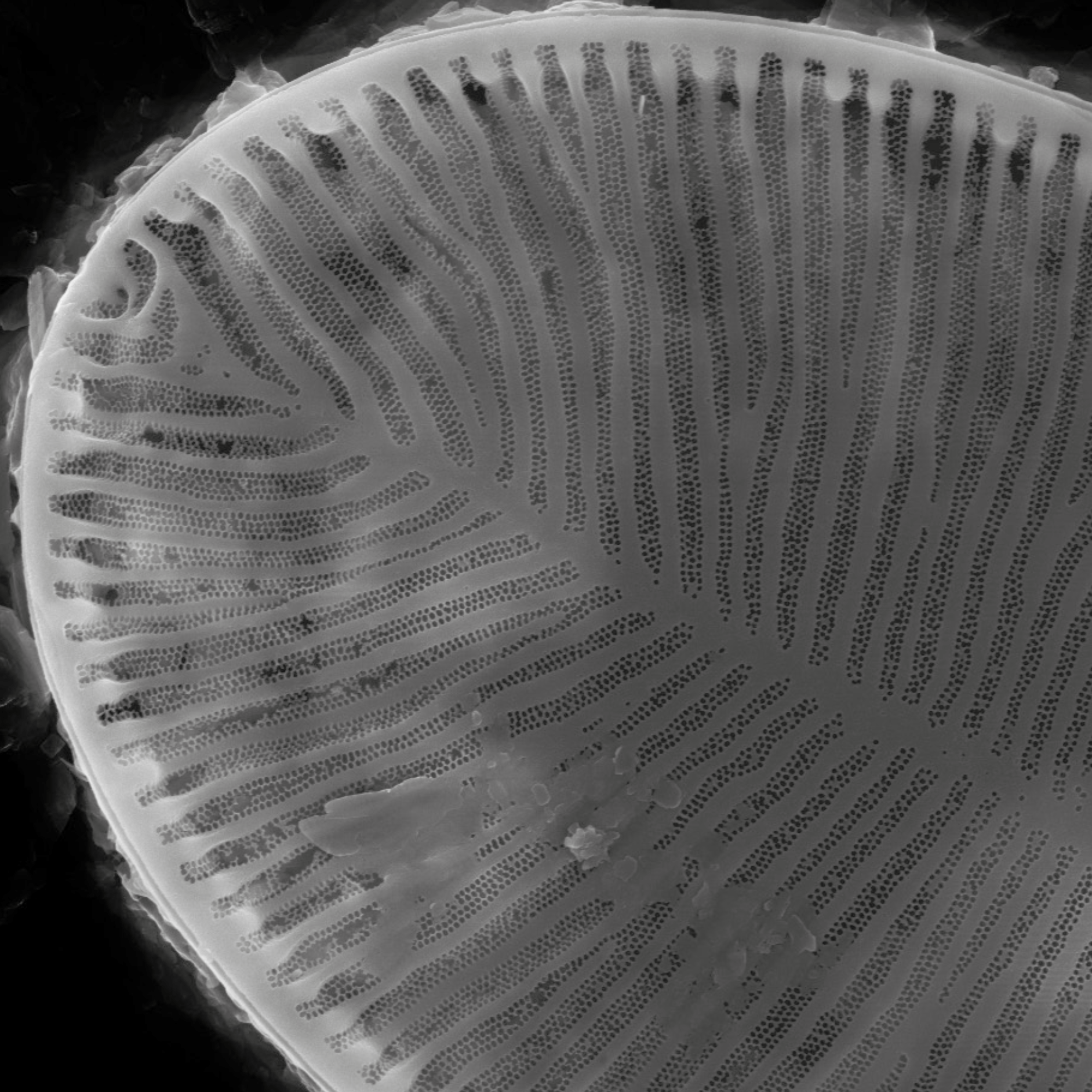

Thalassiosira
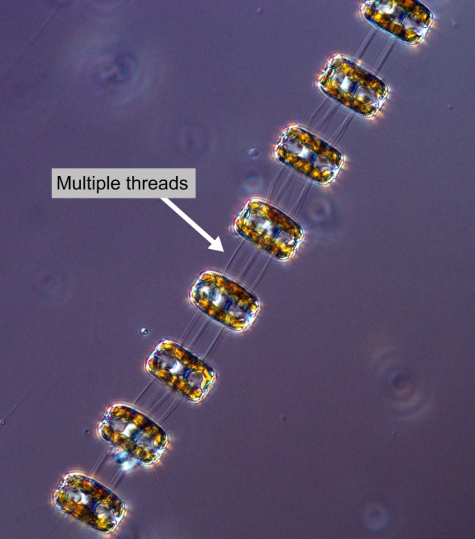
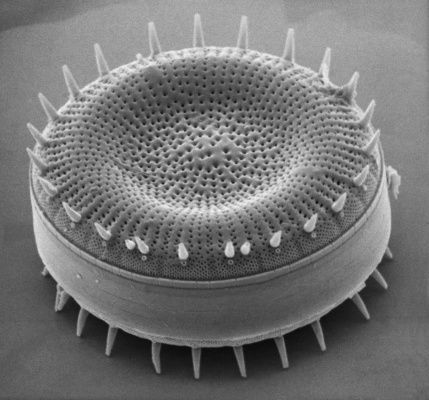









Offshore wind power

Floating wind farm - located off the coast of Aguçadoura, near Póvoa de Varzim
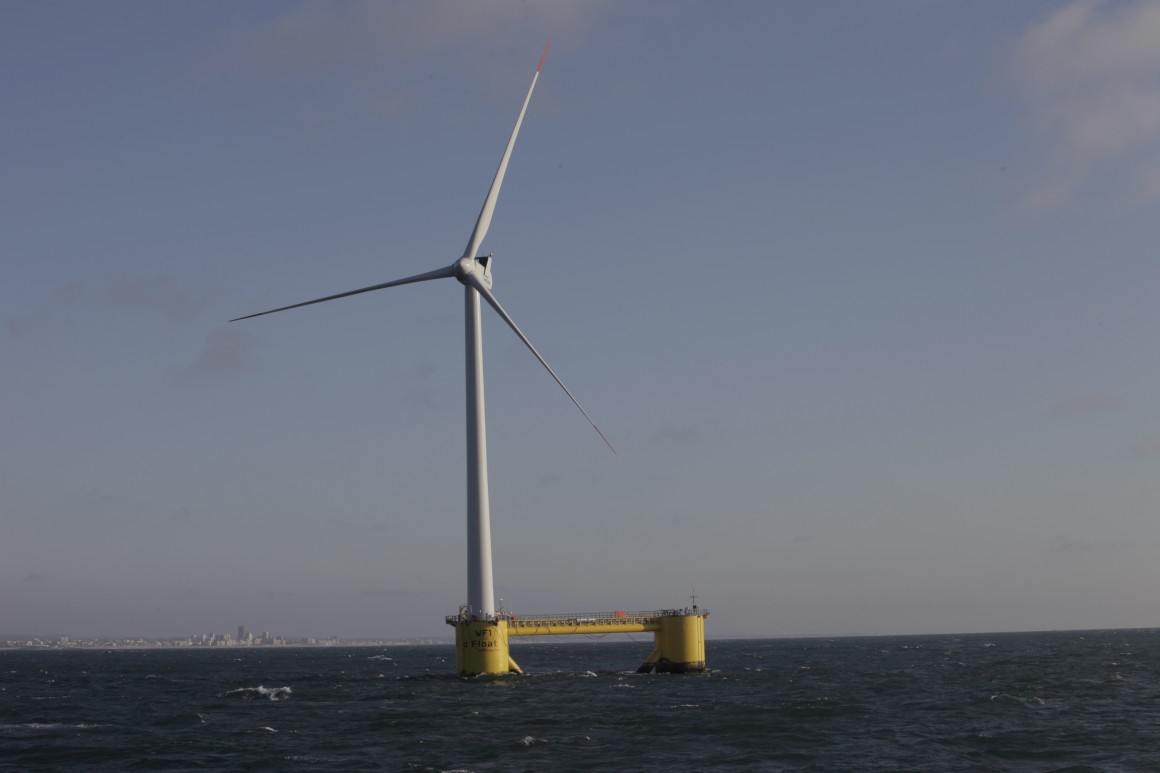
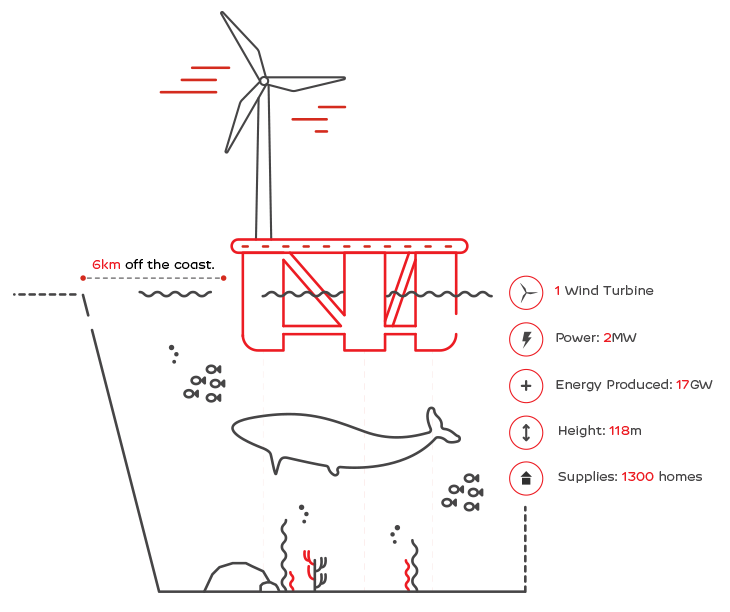
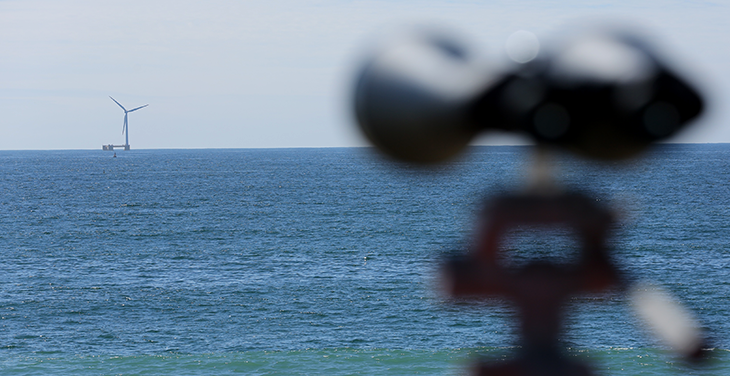
graveyard of blades in the USA
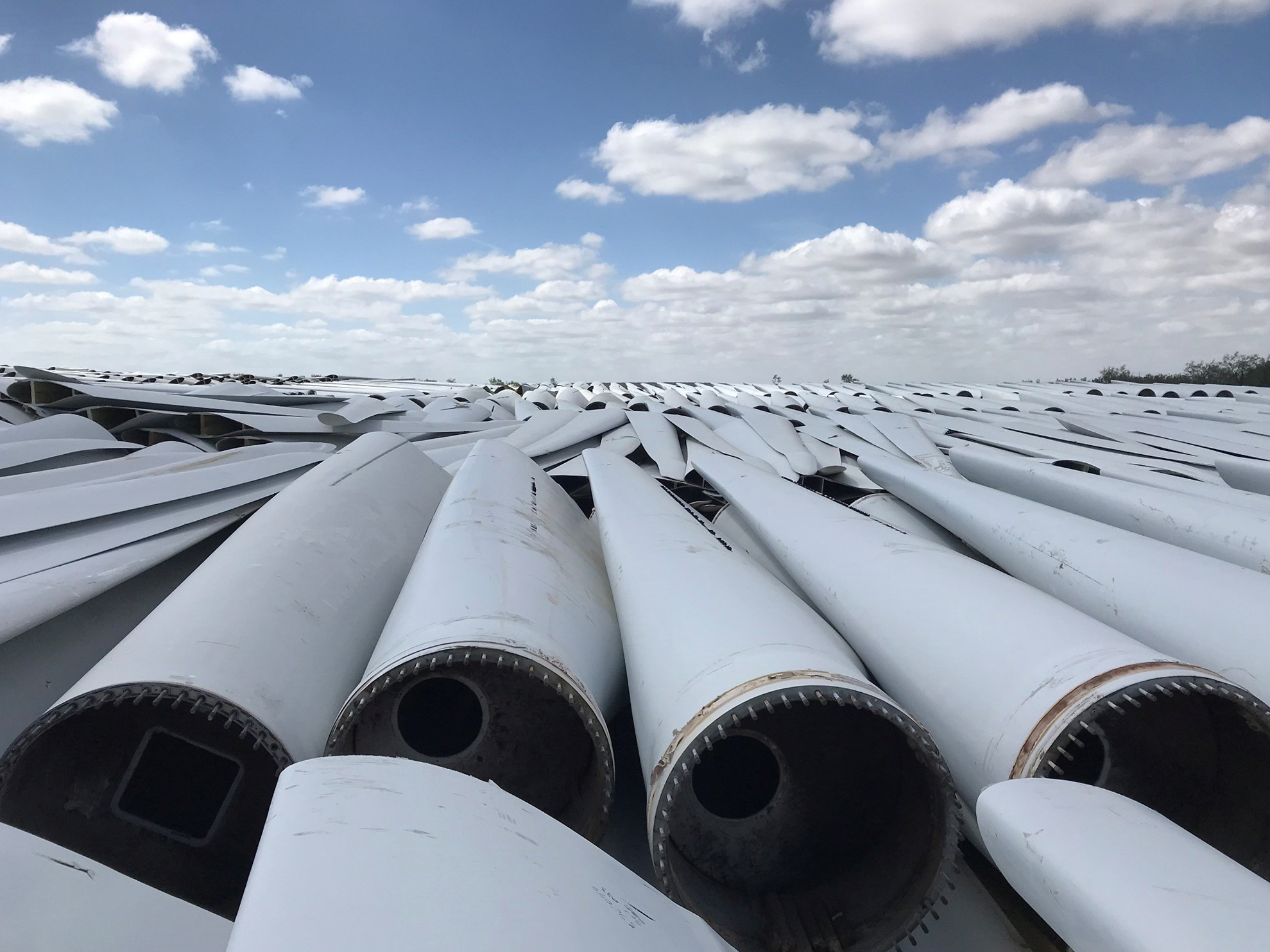


blades


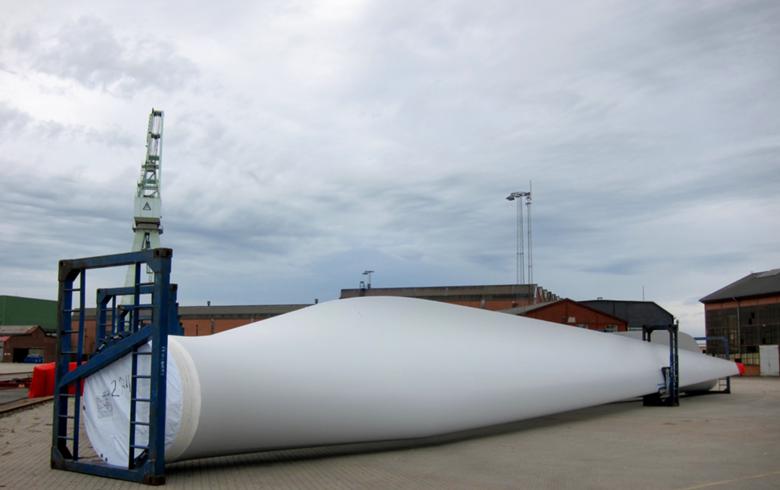


Chironex fleckeri,
commonly known as the sea wasp, is a species of extremely venomous box jellyfish found in coastal waters from northern Australia and New Guinea to Malaysia, the Philippines and Vietnam.[1] It has been described as "the most lethal jellyfish in the world", with at least 63 known deaths in Australia from 1884 to 1996Deep sea mining equipment
(looking like warfare equipment)


~~~~~~~~~~~~
here some formal references for the film
~~~~~~~~~~~~
A video piece will give some insights into the myth of AXECIDYR and depicting the science fiction narrative.
With a duration of approximately 20 minutes and a fragmentary structure that presents different planes and languages, working as a loop, giving the passing visitor a valid and interesting experience.
three distinct layers:
1) a 3D animation will, in a rather abstract way, portray the origin of life at the bottom of the ocean. The voice of a narrator will be accompanied with poems and sound pieces by Fallon Mayanja. Atmospheric sounds will be a constant presence throughout the film.
2) a rather eccentric idea of trying to organise an underwater shoot - where the sculptures developed will be filmed sinking or emerging from the water. This could be organised in a more low-cost way in a swimming pool or on a shallow beach.
3) the process of the interrogation of the biologist who allowed the mining of the ocean floor, which provoked the conflict between humans and the underwater civilisation. This complex dialogue between the interrogator and the biologist could be an interesting format to introduce the narrative, in a retrospective way and with some suspense.

interrogation scene
The scene to be film in the futuristic interior design of Zaha Hadid refers to an interrogatory to the biologist who allow the mining team to proceed with the exploitation. The interrogator (played by Florine Zegers) and the biologist (Lea Vajda) go through a complex dialogue, to reveal that the presence of the AXECIDYR civilisation in the depths of the sea was longer known.
D - Good morning, sorry to keep you waiting. (Deep breath)
N - no problem... though I’m not sure how I could help you further
D - (still out of breath) uff - it’s hard to breath these days, no? Who would have thought oxygen would have been at the centre of the actual conflict...
N - well, without oxygen we wouldn’t have been here in the first place
(Pause)
D - you know, only yesterday I’ve noticed, that our names have exactly the same letters
N - an anagram, yes
D - exactly, somehow so obvious, yet unexpected... do you want some water?
N - no, I’m fin
(Serves some water anyway)
D - ok - pause - so let’s start then
(Diana clicks on the devise in the wall)
D - Interrogation starts at 10:11, present in the room - inspector Diana Redstone and Dr Nadia Haeckel. The defence counsel is with us on the phone
This interrogation follows an accusation of Dr Haeckel for crimes of corruption by the Assembly of the International Seabed Authority.
At our last interview, Dr Haeckel confessed receiving a bribe for her report on the consequences of mining activities on the biosphere of the seabed by the Royal IHC.
As this case is part of the investigations on the deep-sea war, the International Court of Justice, together with the Environmental Protection Agency and the Minerals Management Service, requires an attentive study on any relevant sources for related accusations.
The conflict was initiated 4 years ago - sparked off by the activities of Royal IHC, in the Exclusive Economic Zone adjacent to the territorial sea of the Azores, Portugal.
Dr Haeckel has been informed, that her prosecution by the Portuguese Inspectorate-General for Agriculture and the Environment was transferred to the deep-sea war investigation. Her confession is therefore not sufficient in proceeding with criminal charges. Further proofs of involvement are being investigated.
(Pause)
Well, so now here we are again Nadia. First of all, I appreciate the time you took for us today, it being on such short notice.
N - well is not that I have an option, right?
D - I know, but you’ve been acting very accordantly during the whole investigation - you must be frustrated with the delay of the trial.
Are there any concerns that you would like to address?
N - pause - well, I’m just unsure how I can still contribute, since there has been comprehensive scrutiny
D - This is a major investigation, with a clear involvement on the origin of the planetary conflict that is killing millions already. All details have to be worked out thoroughly.
(Looks to Nadia awaiting reaction)
N - I’m aware of that
D - so let’s go through your testimonials. Unfortunately some details are still unclear about your time at IHC…
What was your first contact like with the deep-sea mining company?
N - as I explained already, after the Atlantic Research Centre’s bankruptcy, all researchers were automatically employed by IHC, which then covered the large debt.
D - we all know that these contracts were illegitimate.
D - How were you and your colleagues affected by the decision?
(Pause)
D - Have you organised some form of collective resistance? N - before the transition, at our last meeting, we unanimously agreed that this would be the best way for us to proceed with our research.
D - I think you understand that we have to investigate possible involvements of other companies. Employees can purposely cause the failure of the deep-sea mining operations.
N - I don’t know what you are talking about
*Pause*
*Diana stands up and faces Nadia standing*
D - well, let’s talk about your activist involvements and your early academic work. Why is it so hard to access any information about your work prior to your time at IHC?
N - why would that be relevant? It’s a normal procedure in such competitive markets.
D - what do you mean with normal procedure?
N - the company has to keep our results confidential, and that includes our previous projects.
*Diana sits*
D - These documents are relevant information though. How come you haven’t mention this before?
N - I haven’t mentioned it, because they don’t exist anymore.
D - wait, I want to be sure I get this right - IHC destroyed your entire research? Can you recall this operation?
N - (breaths - speaks touching her jacket) well, I imagine it was done in the first months working there? I can’t really recall exactly…
D - When that all happened, were you somehow involved?
N - I’m trying to remember… can’t really recall - these were very busy times
D - so are you saying you were not involved in the process?
N - we might have been notified at some point…
(Pause)
D - Nadia, I need to remind you that anything you remember makes a difference
N - mmm… I believe there was a working group dedicated to that data protection. Again, they were incredibly reserved in that process.
D - and were you given any hard copy of the files deleted? I mean, you did keep a hardcopy of your articles and papers, right?
N - No, we had to give it all up
(Pause)
D - We have clear evidence that everything has been deleted from a server directly connected to your computer.
(Hand the paper proof over)
What is really being protected here?
(Nadia looks into the paper)
Silence
N - well (pause) I expect they can access any of our devices… besides, at this time I was doing field work
D - Your boat never left the port that day. We need honesty, Nadia. We both know how serious the deep-sea war is.
N - so why are we even talking about this? I already confessed that I accepted the money to publish the paper…
D - Nadia you are an incredible researcher! In all your previous papers, you’ve been fighting for the protection of the marine life. Your dedication doesn’t fit this corruption.
(Pause)
D - You are accepting a charge for something that you haven’t done.
(Nadia shows discomfort)
D - I’m just trying to understand here…
It must have been so hard for you… your earlier papers on Abiogenesis and the alien species of the deep-sea, show an incredible admiration and care for such environments.
N - Look, I did my best all these years to forget what I was writing about back then
D - And could you foresee all the terrible beings that are now provoking such a damage on Human species?
N - what do you mean?
D - I’m talking about the deep-sea war and the terrorist life forms. These mutants are like monsters, suffocating us!
N - they look nothing like monsters
D - they are responsible for the lack of oxygen and the death of 300 million people already. It’s a violent and sadistic species.
N - that’s nothing compared to what humans have done
(Pause)
D - why are you on their side?
N - I’m not on their side, I just don’t like the way you talk about them.
(Pause)
These are complex and ancient life forms
D - are you saying they have a plan?
N - there is no plan - since the beginning there is a cycle to sustain and strengthen
D - “since the beginning”? When has this all started? Pause
D - can you be more specific?
N - I have nothing to say
D - well I believe you already said too much
D - you knew of their existence
and how they live, you knew what they were capable of…
Yet you were leading the company to their own destruction
(Pause)
And all of us!
N - Humans guided themselves into destruction
D - interrogation ends at 10:26
*Diana leaves the rooms*
*Nadia looks around the room*
*Diana comes back* stands
D - Dr. Nadia Haeckel, you are under arrest for charges of international terrorism, obstruction of justice and involvement at the origin of the deep-sea war. You have the right to remain silent and the right to legal counsel. You may talk to your defence lawyer now. You have 20 minutes. I see you very soon Dr. Haeckel
*Diana leaves the room*
Nadia in the toilet, defence council advises through the phone.
N - no problem... though I’m not sure how I could help you further
D - (still out of breath) uff - it’s hard to breath these days, no? Who would have thought oxygen would have been at the centre of the actual conflict...
N - well, without oxygen we wouldn’t have been here in the first place
(Pause)
D - you know, only yesterday I’ve noticed, that our names have exactly the same letters
N - an anagram, yes
D - exactly, somehow so obvious, yet unexpected... do you want some water?
N - no, I’m fin
(Serves some water anyway)
D - ok - pause - so let’s start then
(Diana clicks on the devise in the wall)
D - Interrogation starts at 10:11, present in the room - inspector Diana Redstone and Dr Nadia Haeckel. The defence counsel is with us on the phone
This interrogation follows an accusation of Dr Haeckel for crimes of corruption by the Assembly of the International Seabed Authority.
At our last interview, Dr Haeckel confessed receiving a bribe for her report on the consequences of mining activities on the biosphere of the seabed by the Royal IHC.
As this case is part of the investigations on the deep-sea war, the International Court of Justice, together with the Environmental Protection Agency and the Minerals Management Service, requires an attentive study on any relevant sources for related accusations.
The conflict was initiated 4 years ago - sparked off by the activities of Royal IHC, in the Exclusive Economic Zone adjacent to the territorial sea of the Azores, Portugal.
Dr Haeckel has been informed, that her prosecution by the Portuguese Inspectorate-General for Agriculture and the Environment was transferred to the deep-sea war investigation. Her confession is therefore not sufficient in proceeding with criminal charges. Further proofs of involvement are being investigated.
(Pause)
Well, so now here we are again Nadia. First of all, I appreciate the time you took for us today, it being on such short notice.
N - well is not that I have an option, right?
D - I know, but you’ve been acting very accordantly during the whole investigation - you must be frustrated with the delay of the trial.
Are there any concerns that you would like to address?
N - pause - well, I’m just unsure how I can still contribute, since there has been comprehensive scrutiny
D - This is a major investigation, with a clear involvement on the origin of the planetary conflict that is killing millions already. All details have to be worked out thoroughly.
(Looks to Nadia awaiting reaction)
N - I’m aware of that
D - so let’s go through your testimonials. Unfortunately some details are still unclear about your time at IHC…
What was your first contact like with the deep-sea mining company?
N - as I explained already, after the Atlantic Research Centre’s bankruptcy, all researchers were automatically employed by IHC, which then covered the large debt.
D - we all know that these contracts were illegitimate.
D - How were you and your colleagues affected by the decision?
(Pause)
D - Have you organised some form of collective resistance? N - before the transition, at our last meeting, we unanimously agreed that this would be the best way for us to proceed with our research.
D - I think you understand that we have to investigate possible involvements of other companies. Employees can purposely cause the failure of the deep-sea mining operations.
N - I don’t know what you are talking about
*Pause*
*Diana stands up and faces Nadia standing*
D - well, let’s talk about your activist involvements and your early academic work. Why is it so hard to access any information about your work prior to your time at IHC?
N - why would that be relevant? It’s a normal procedure in such competitive markets.
D - what do you mean with normal procedure?
N - the company has to keep our results confidential, and that includes our previous projects.
*Diana sits*
D - These documents are relevant information though. How come you haven’t mention this before?
N - I haven’t mentioned it, because they don’t exist anymore.
D - wait, I want to be sure I get this right - IHC destroyed your entire research? Can you recall this operation?
N - (breaths - speaks touching her jacket) well, I imagine it was done in the first months working there? I can’t really recall exactly…
D - When that all happened, were you somehow involved?
N - I’m trying to remember… can’t really recall - these were very busy times
D - so are you saying you were not involved in the process?
N - we might have been notified at some point…
(Pause)
D - Nadia, I need to remind you that anything you remember makes a difference
N - mmm… I believe there was a working group dedicated to that data protection. Again, they were incredibly reserved in that process.
D - and were you given any hard copy of the files deleted? I mean, you did keep a hardcopy of your articles and papers, right?
N - No, we had to give it all up
(Pause)
D - We have clear evidence that everything has been deleted from a server directly connected to your computer.
(Hand the paper proof over)
What is really being protected here?
(Nadia looks into the paper)
Silence
N - well (pause) I expect they can access any of our devices… besides, at this time I was doing field work
D - Your boat never left the port that day. We need honesty, Nadia. We both know how serious the deep-sea war is.
N - so why are we even talking about this? I already confessed that I accepted the money to publish the paper…
D - Nadia you are an incredible researcher! In all your previous papers, you’ve been fighting for the protection of the marine life. Your dedication doesn’t fit this corruption.
(Pause)
D - You are accepting a charge for something that you haven’t done.
(Nadia shows discomfort)
D - I’m just trying to understand here…
It must have been so hard for you… your earlier papers on Abiogenesis and the alien species of the deep-sea, show an incredible admiration and care for such environments.
N - Look, I did my best all these years to forget what I was writing about back then
D - And could you foresee all the terrible beings that are now provoking such a damage on Human species?
N - what do you mean?
D - I’m talking about the deep-sea war and the terrorist life forms. These mutants are like monsters, suffocating us!
N - they look nothing like monsters
D - they are responsible for the lack of oxygen and the death of 300 million people already. It’s a violent and sadistic species.
N - that’s nothing compared to what humans have done
(Pause)
D - why are you on their side?
N - I’m not on their side, I just don’t like the way you talk about them.
(Pause)
These are complex and ancient life forms
D - are you saying they have a plan?
N - there is no plan - since the beginning there is a cycle to sustain and strengthen
D - “since the beginning”? When has this all started? Pause
D - can you be more specific?
N - I have nothing to say
D - well I believe you already said too much
D - you knew of their existence
and how they live, you knew what they were capable of…
Yet you were leading the company to their own destruction
(Pause)
And all of us!
N - Humans guided themselves into destruction
D - interrogation ends at 10:26
*Diana leaves the rooms*
*Nadia looks around the room*
*Diana comes back* stands
D - Dr. Nadia Haeckel, you are under arrest for charges of international terrorism, obstruction of justice and involvement at the origin of the deep-sea war. You have the right to remain silent and the right to legal counsel. You may talk to your defence lawyer now. You have 20 minutes. I see you very soon Dr. Haeckel
*Diana leaves the room*
Nadia in the toilet, defence council advises through the phone.

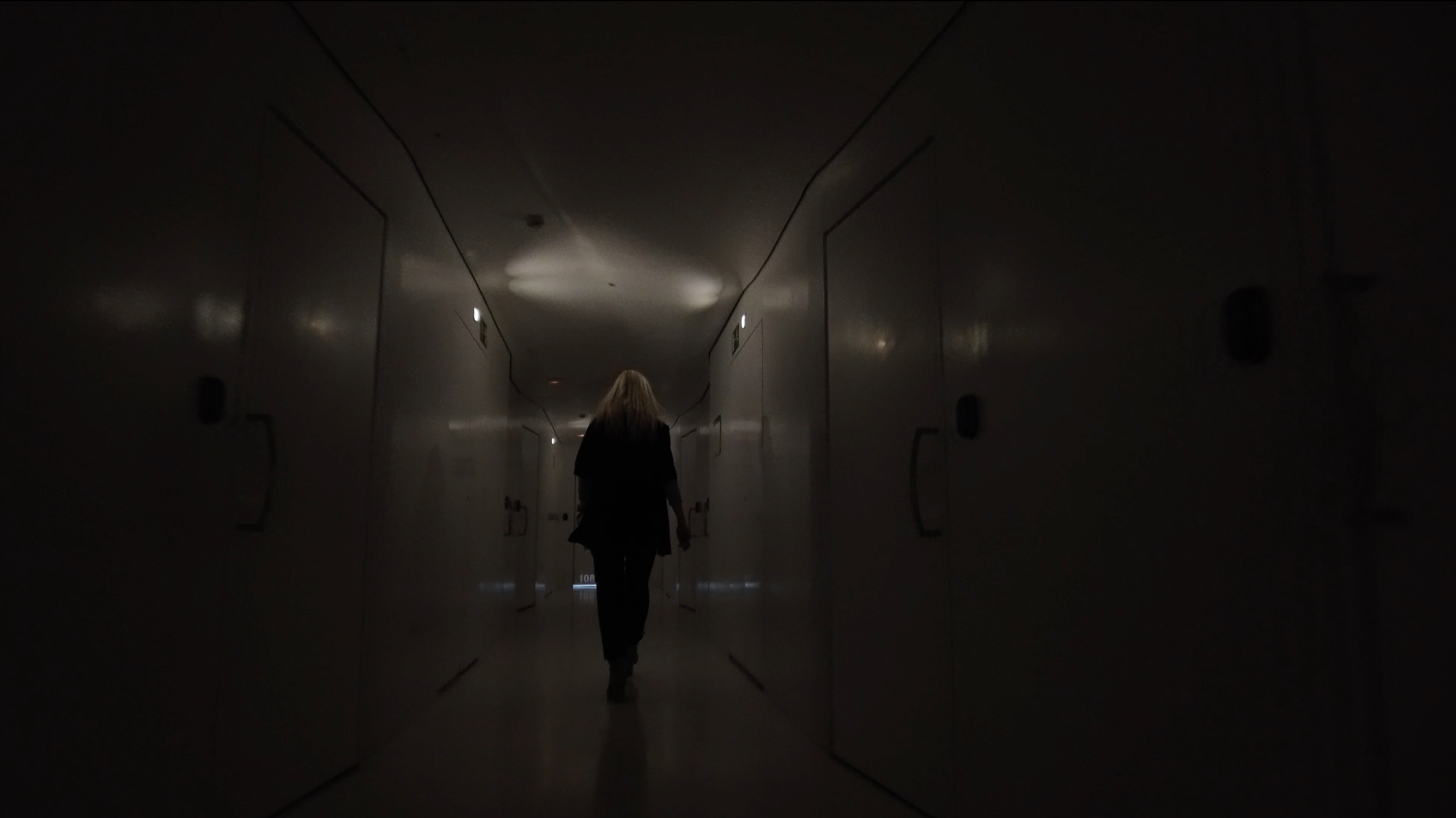
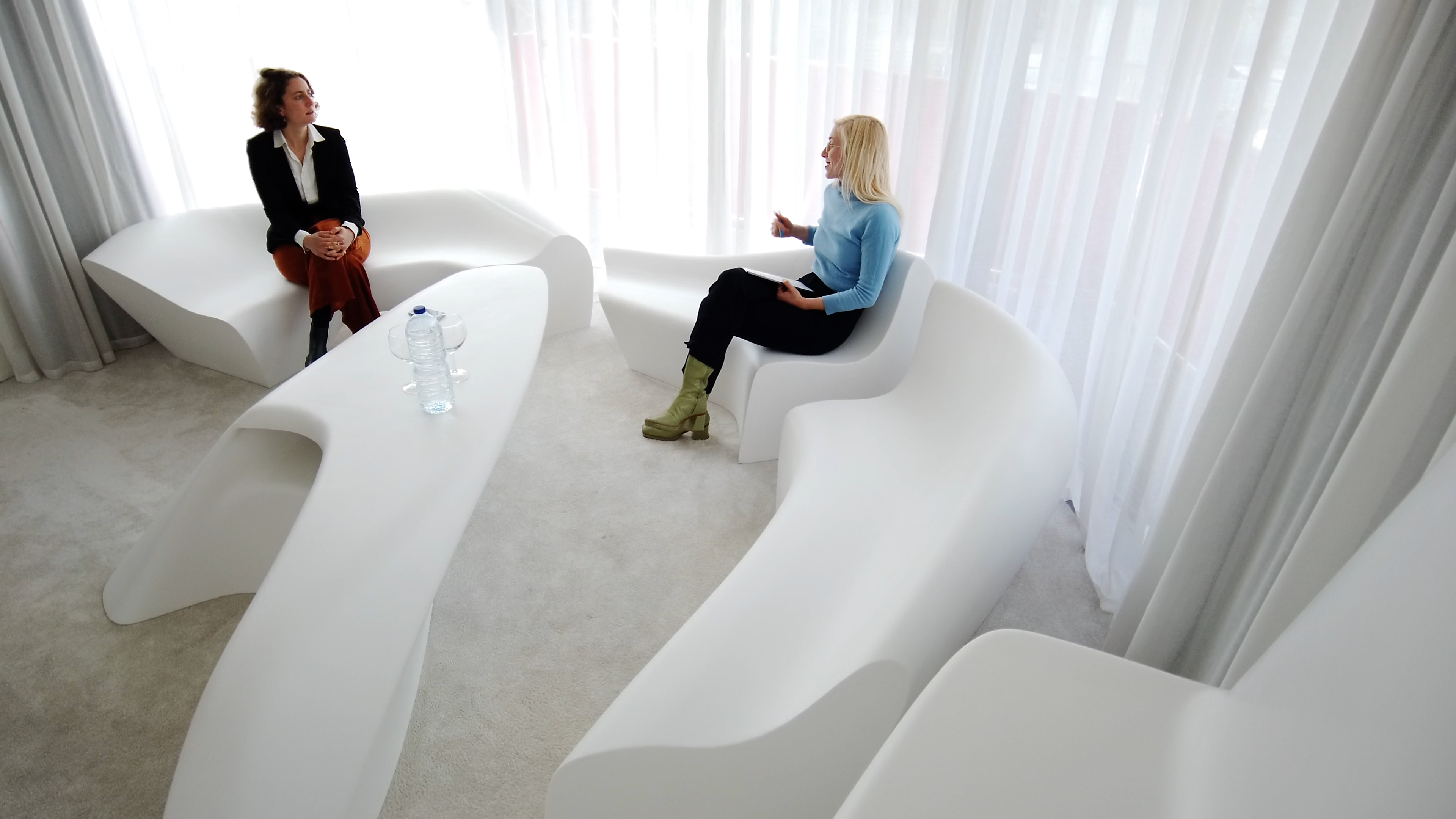





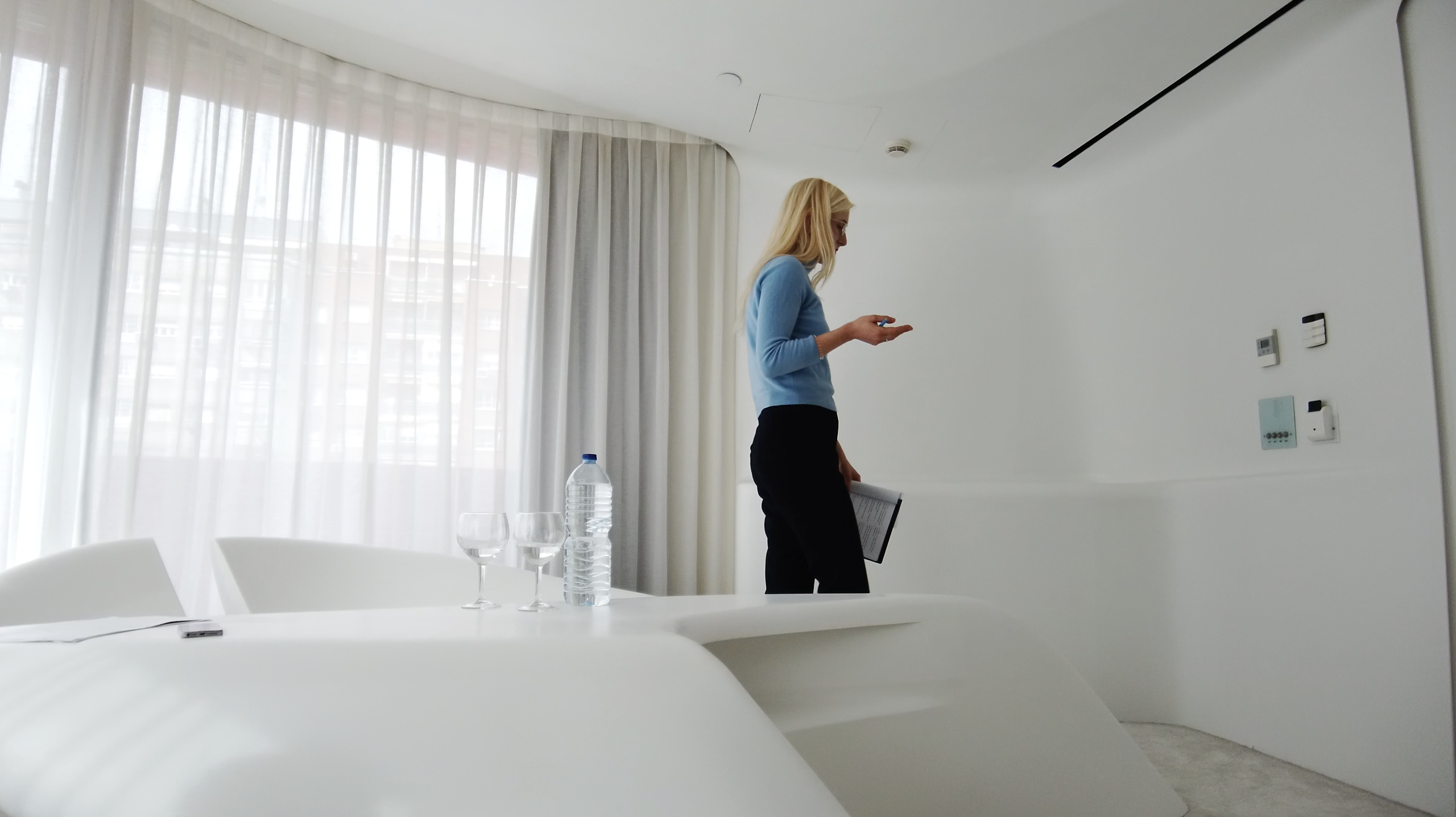

3D animation - LOST CITY HYDROTHERMAL FIELD
![]()
![]()
![]()
~~~~~~~~~~~~
no entulho - Residency at ArtWorks
![]()
![]()
![]()
![]()
![]()
![]()
![]()
![]()
![]()
Hydrophilic Bounds (pw: water)
~~~~~~~~~~~~




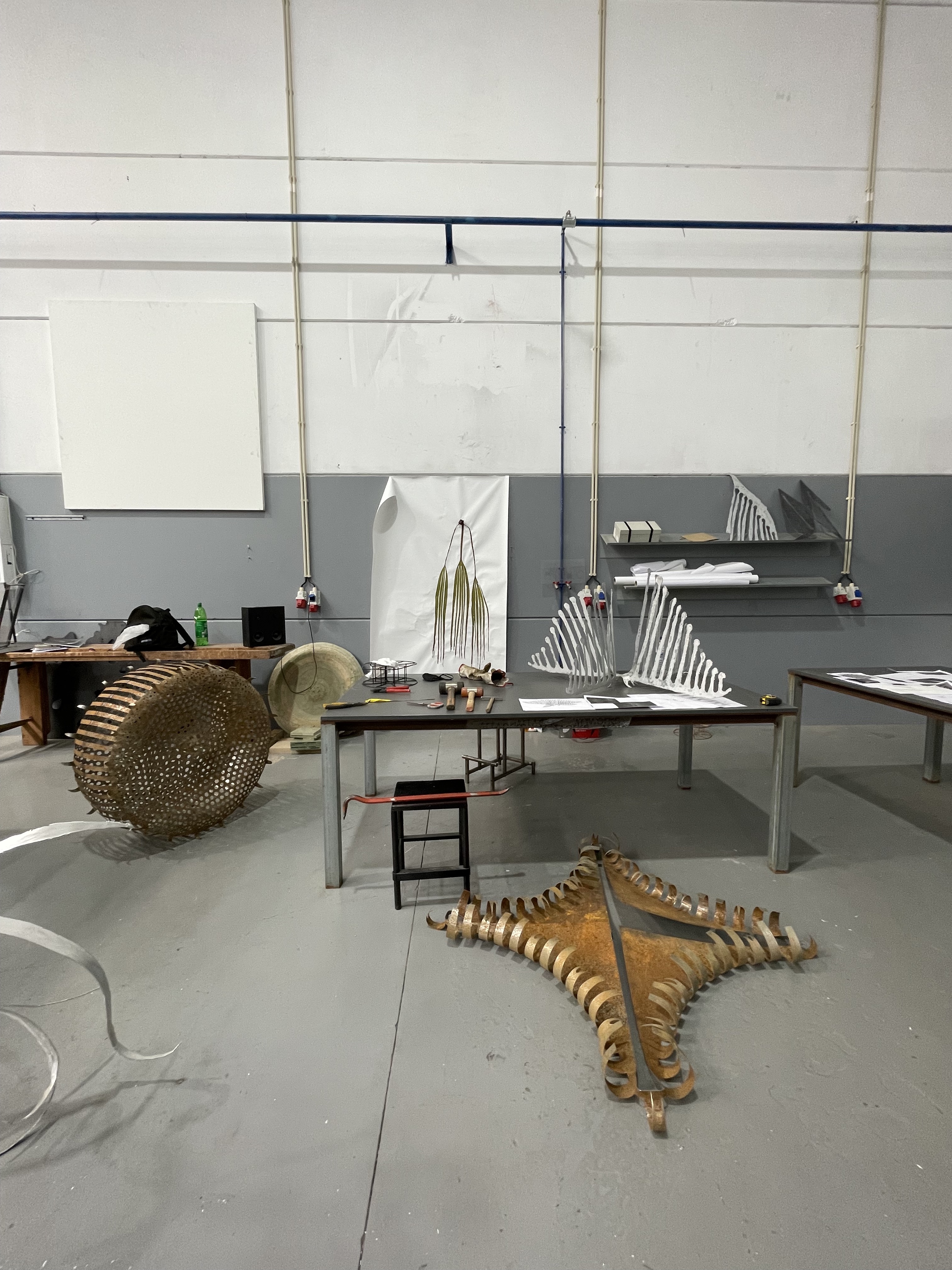






article


